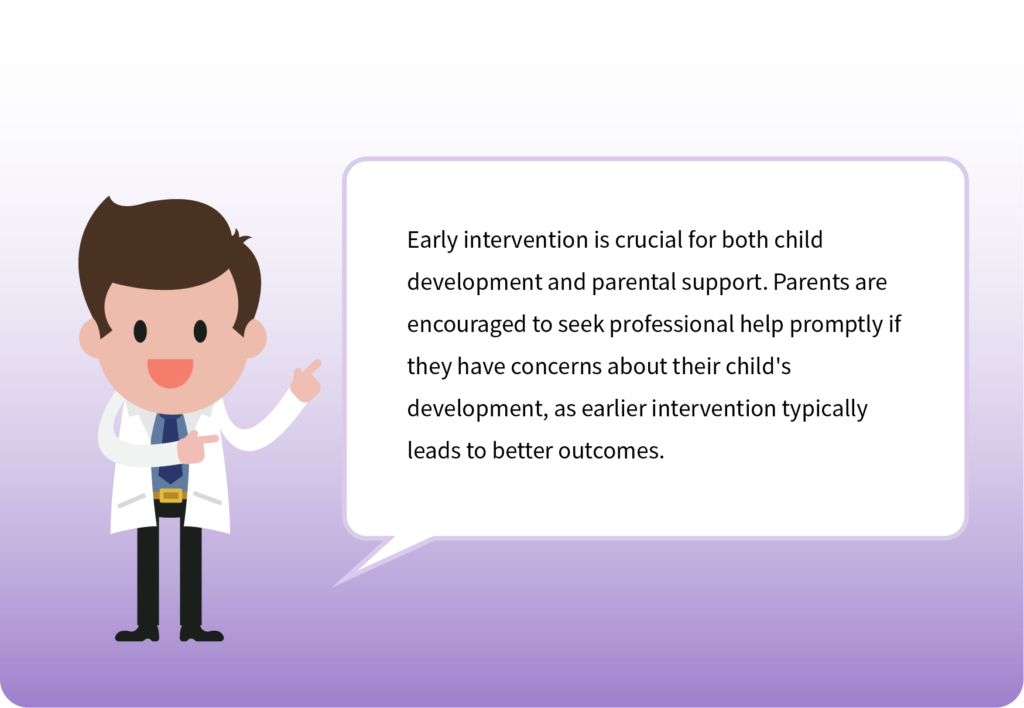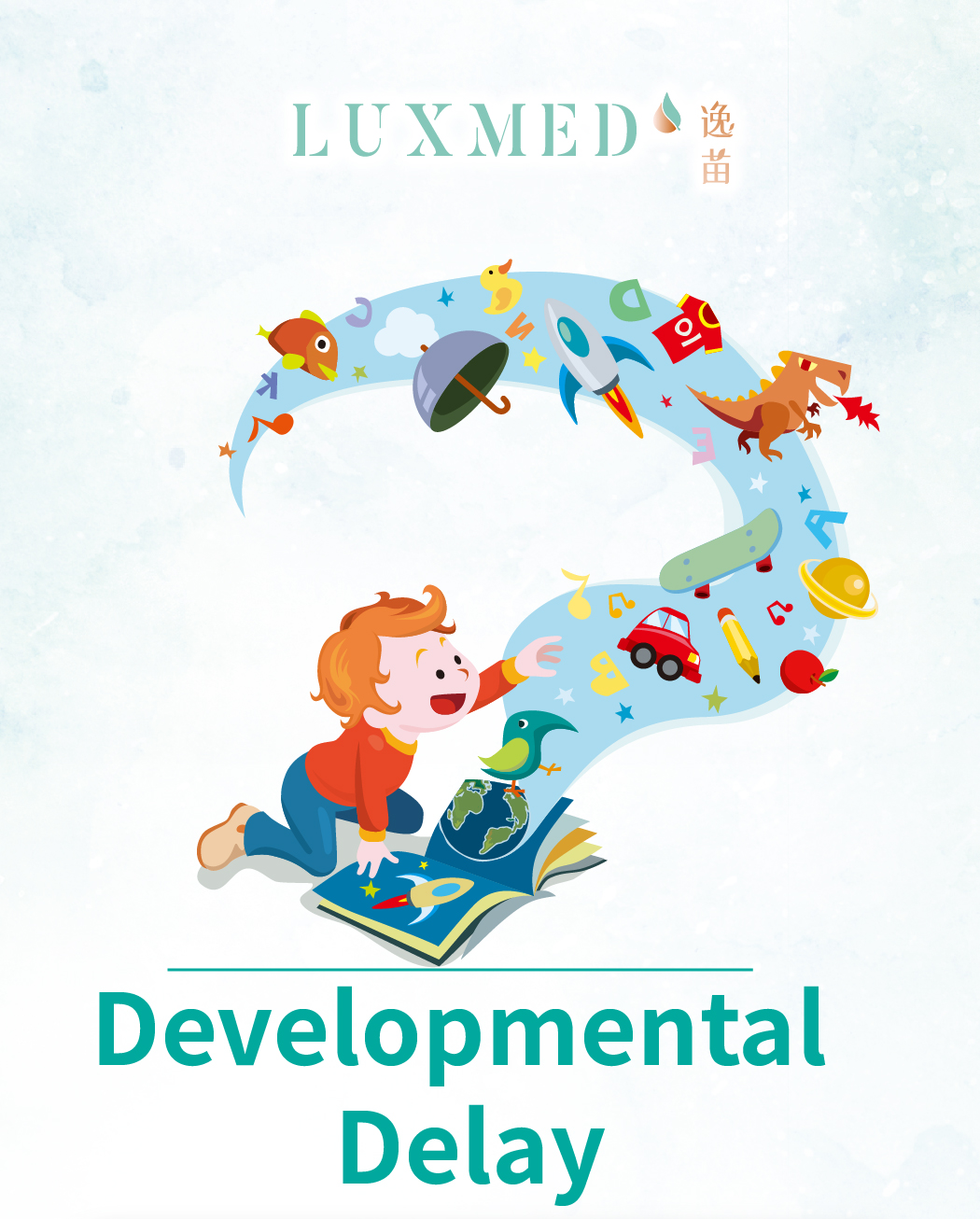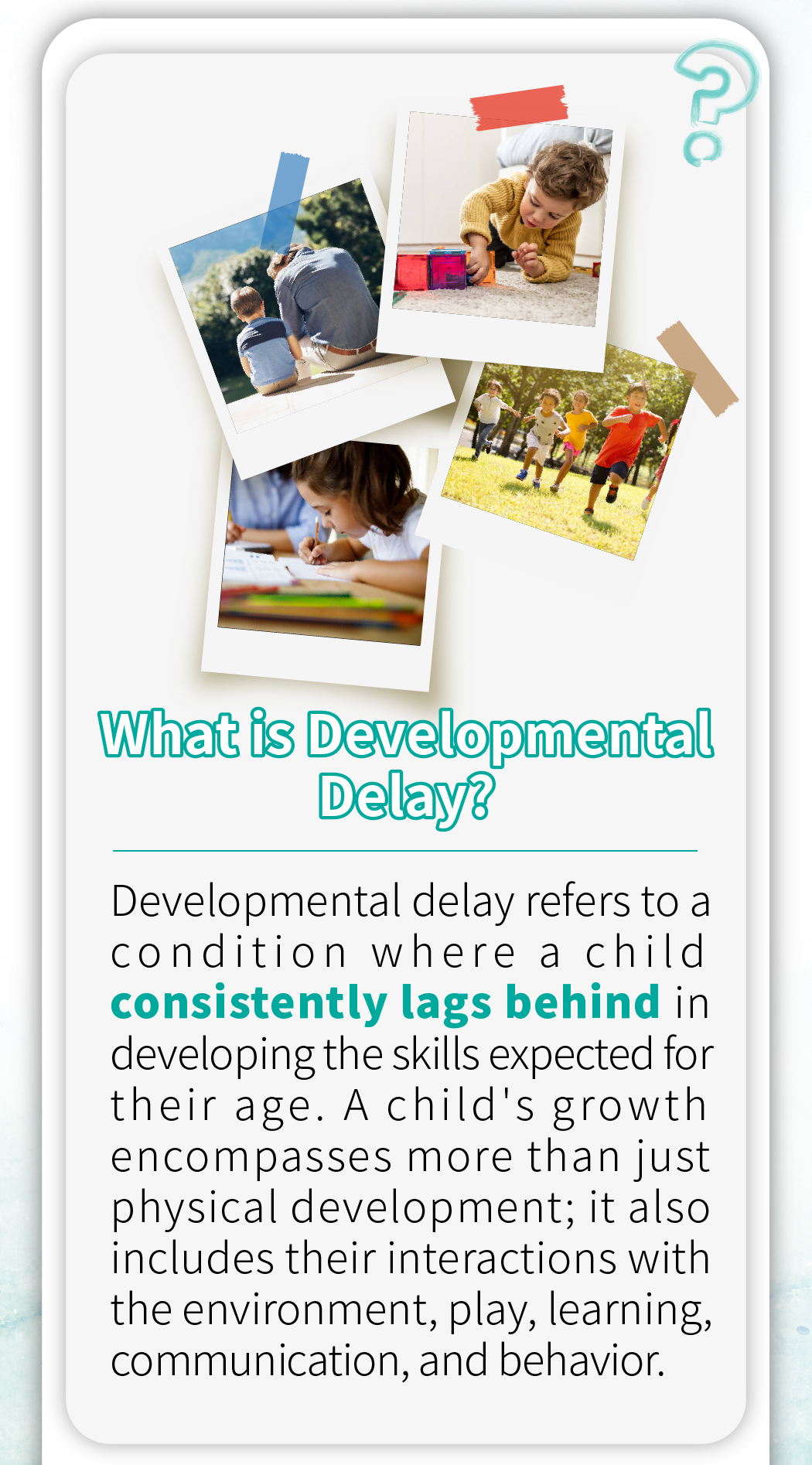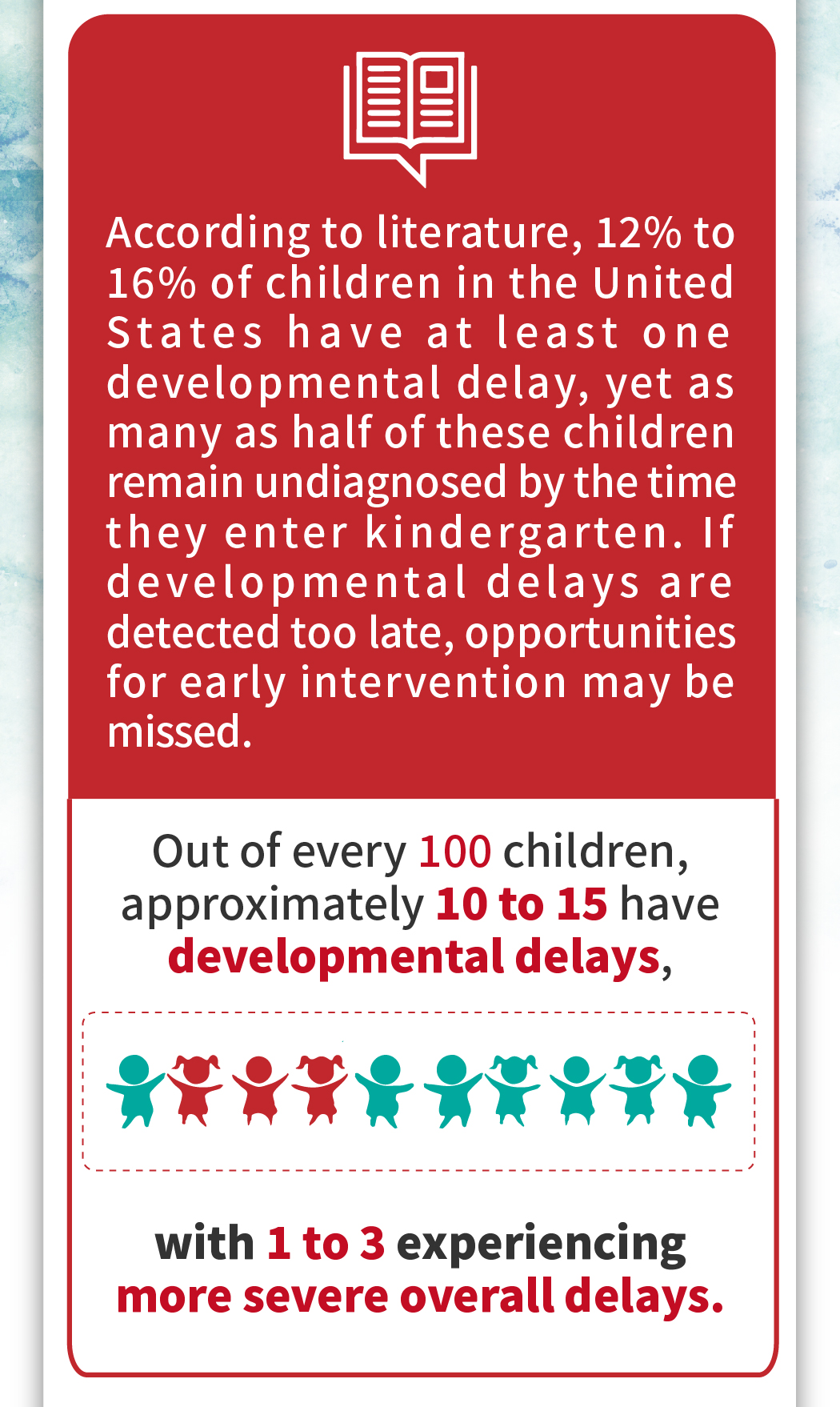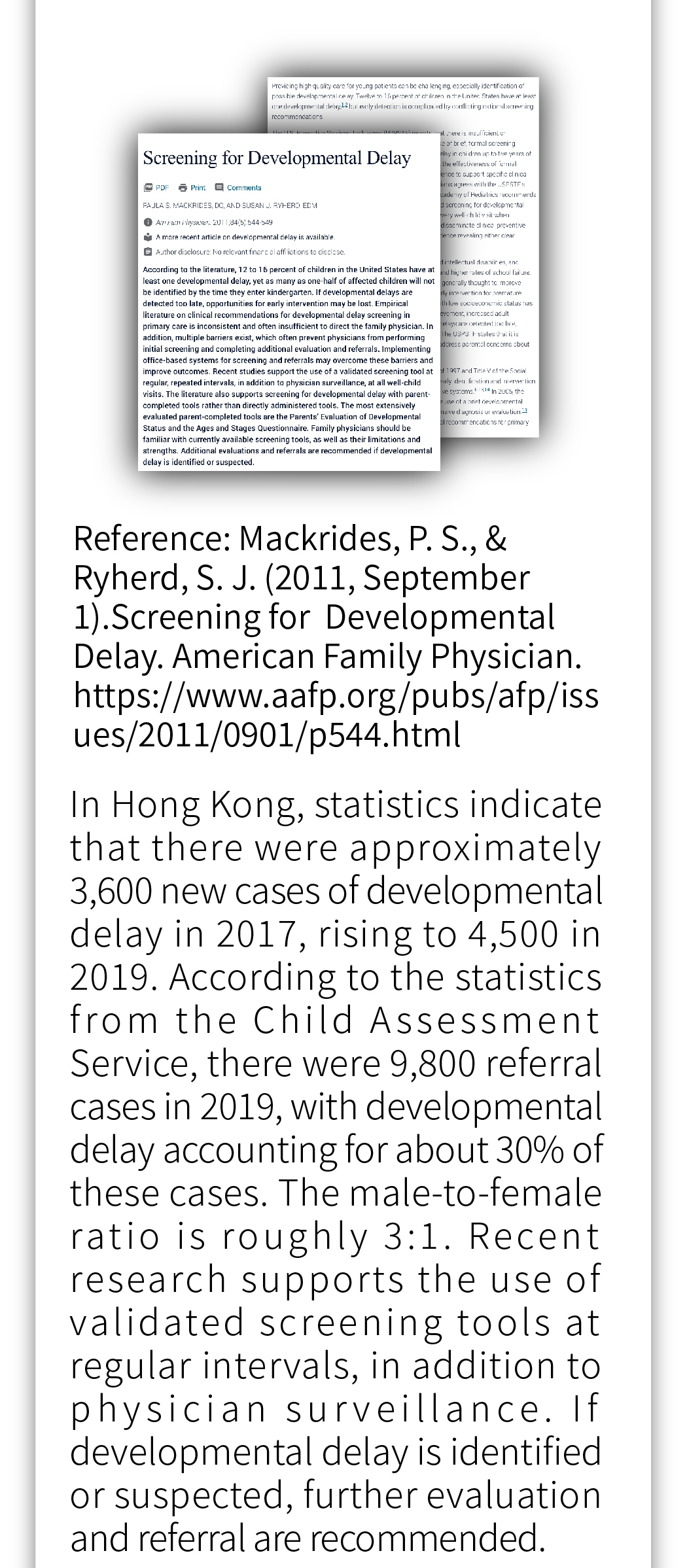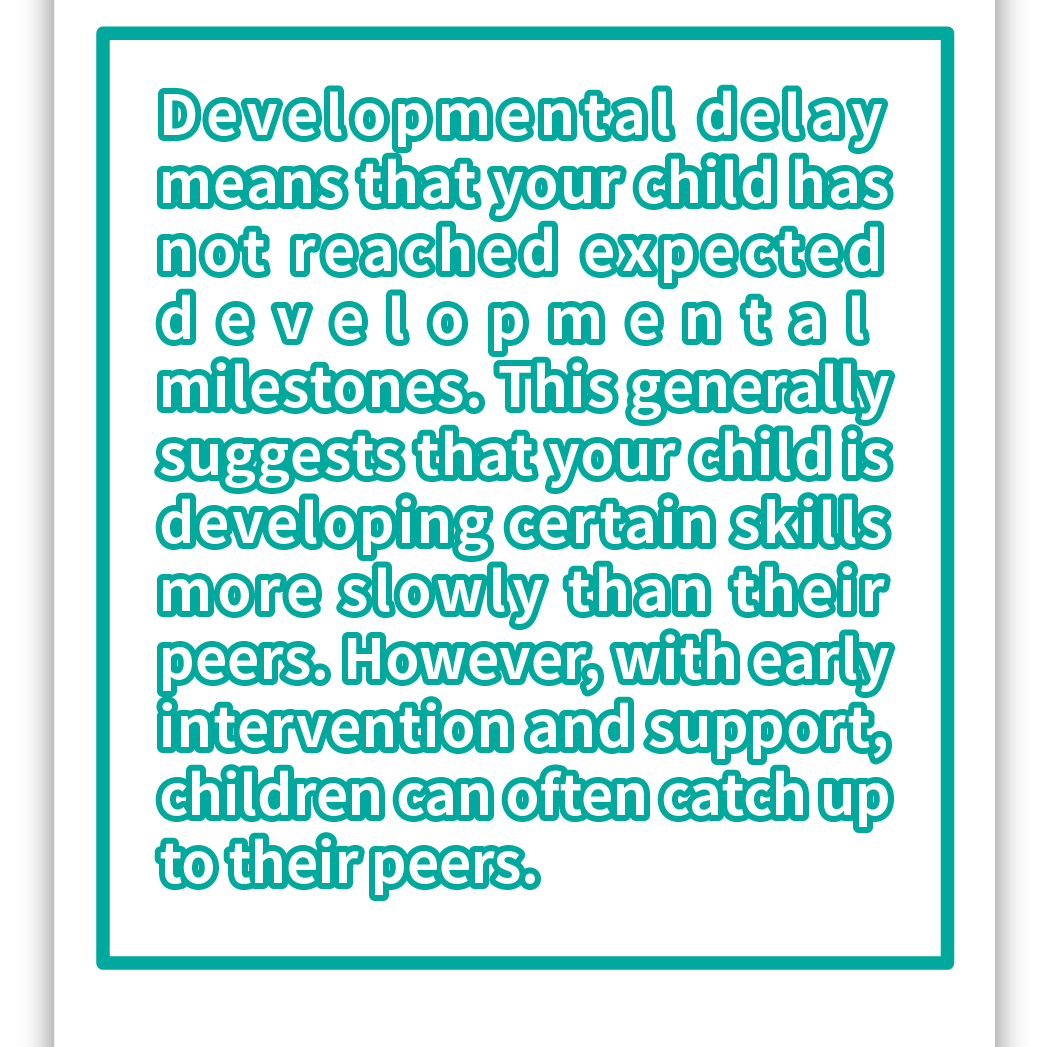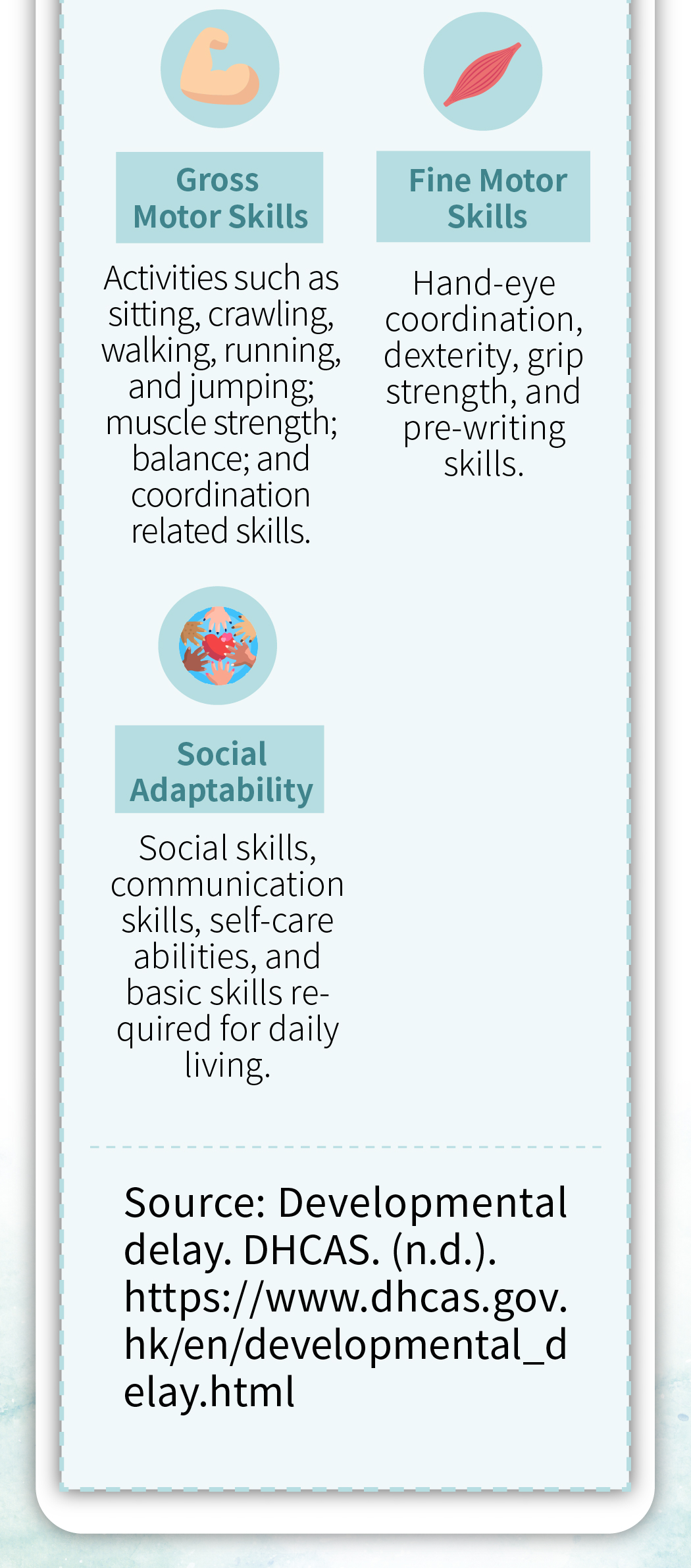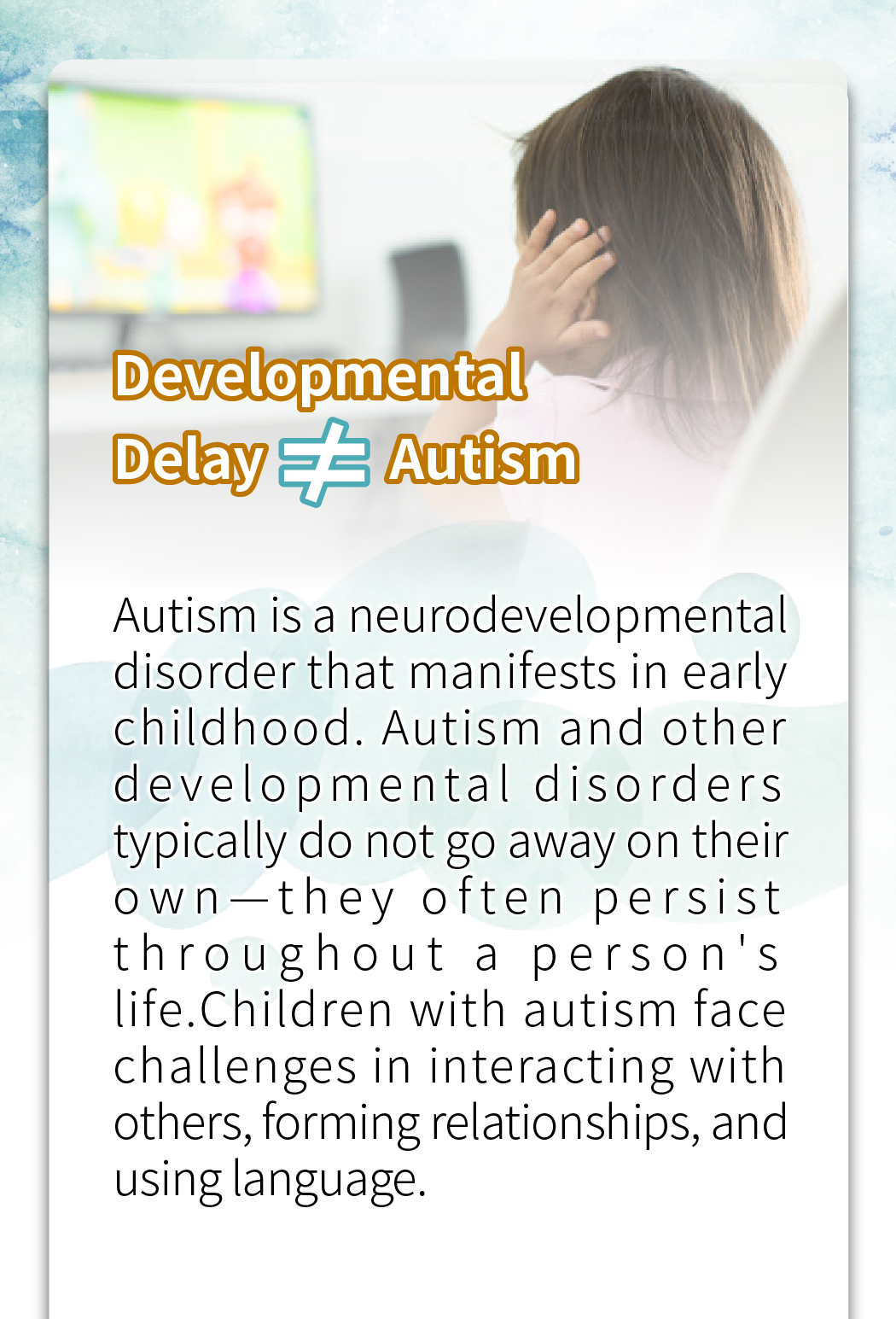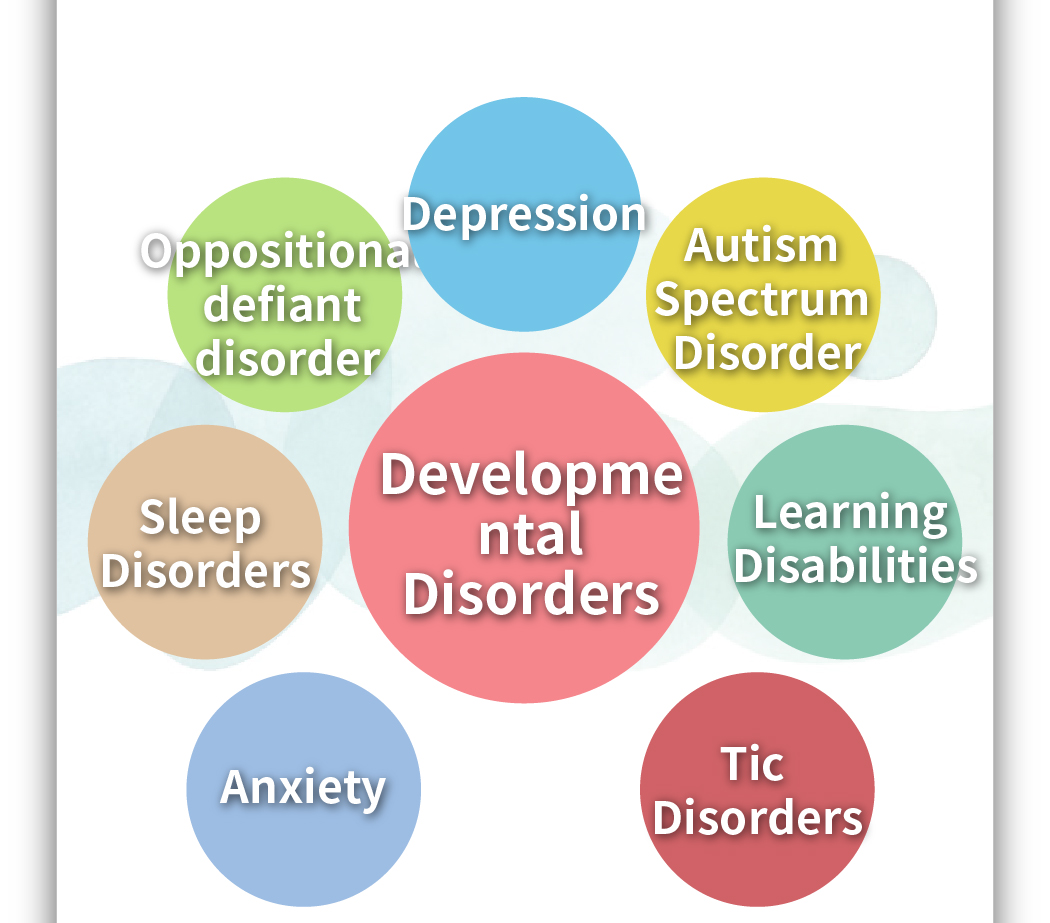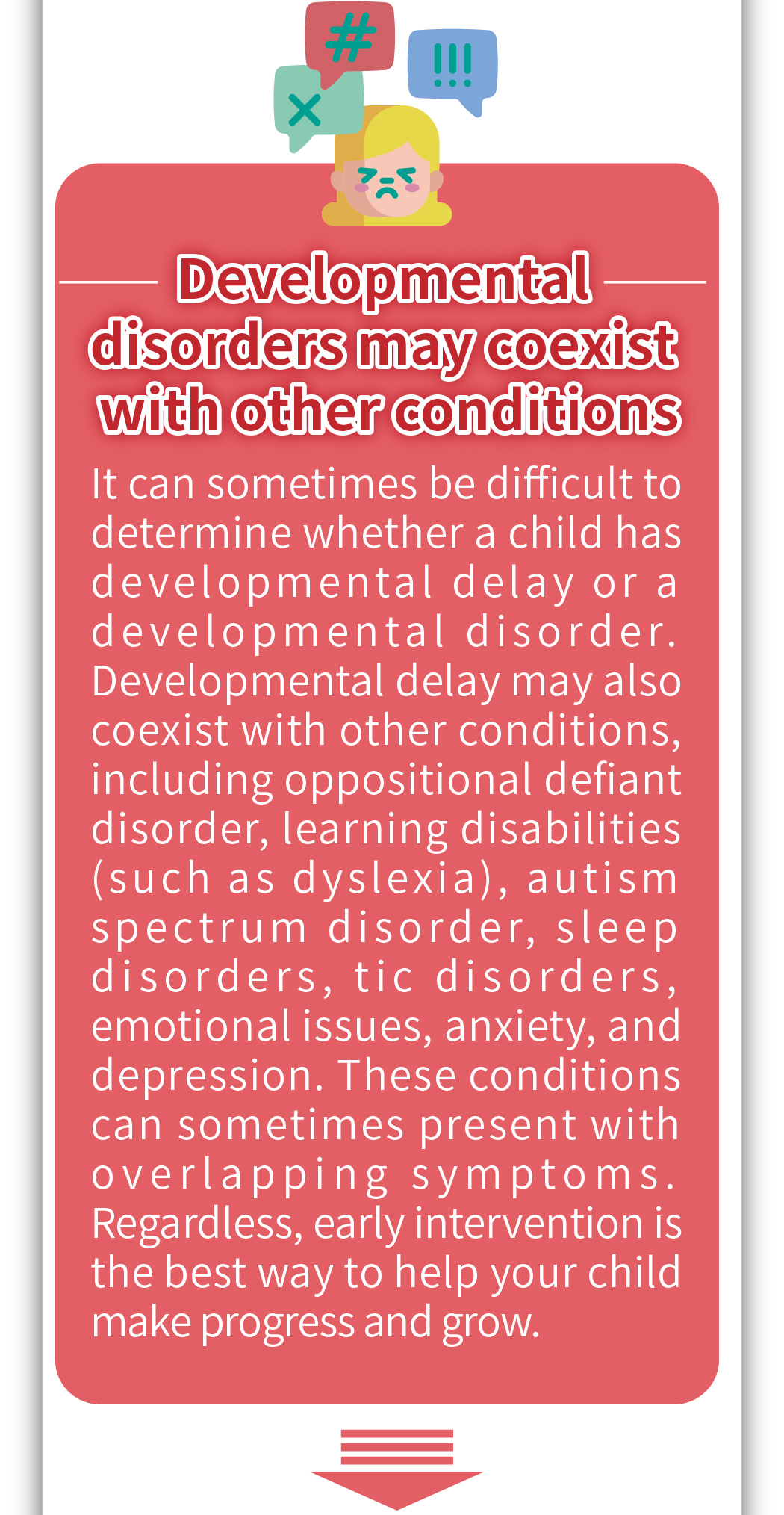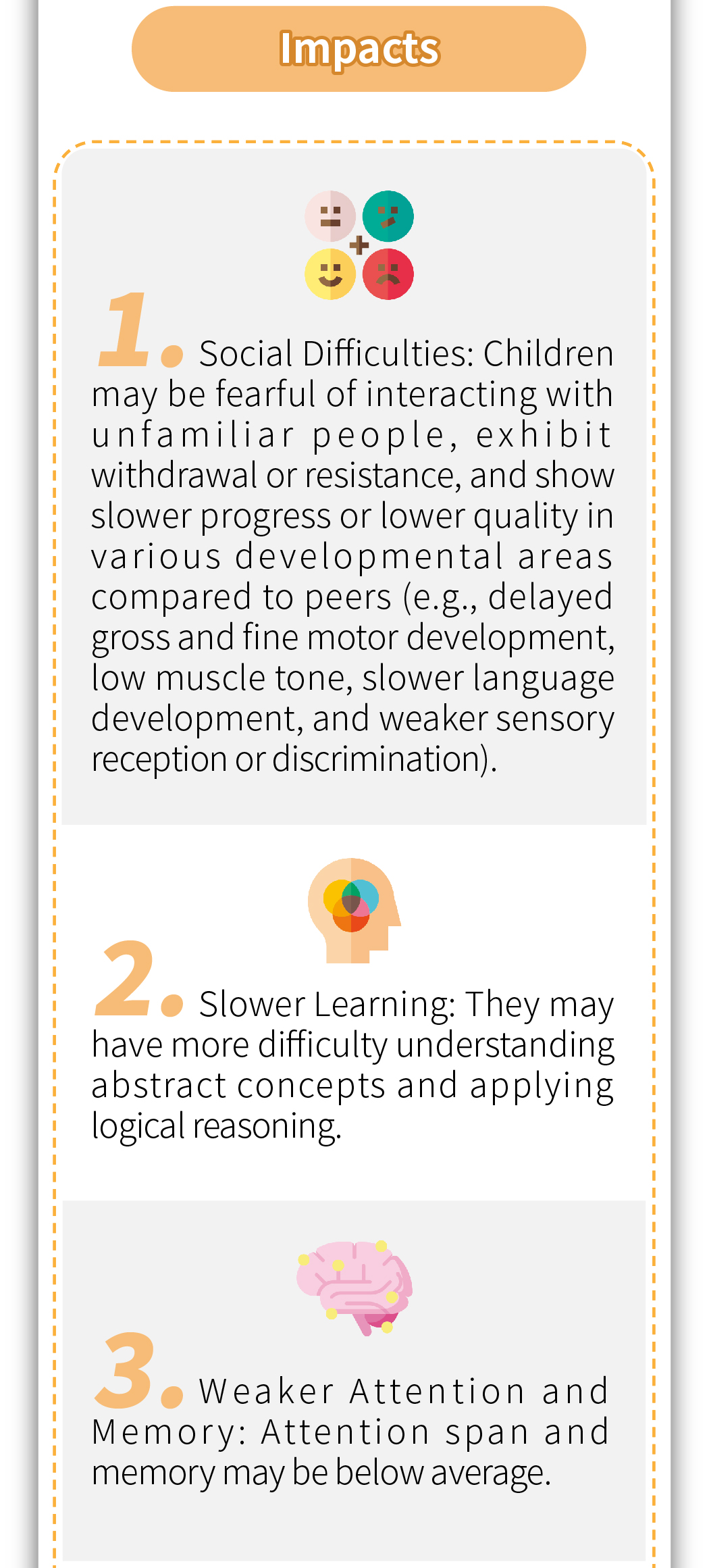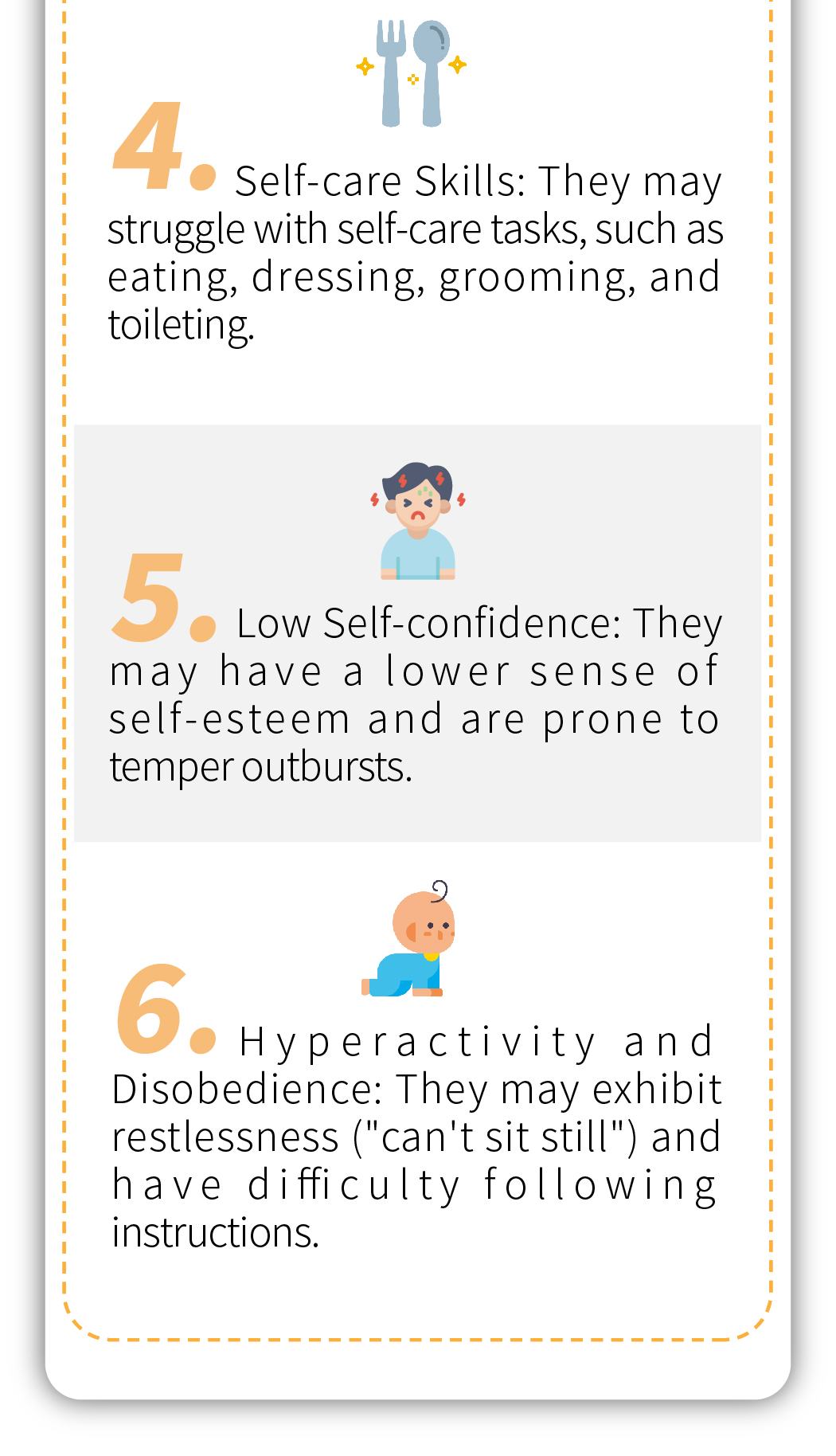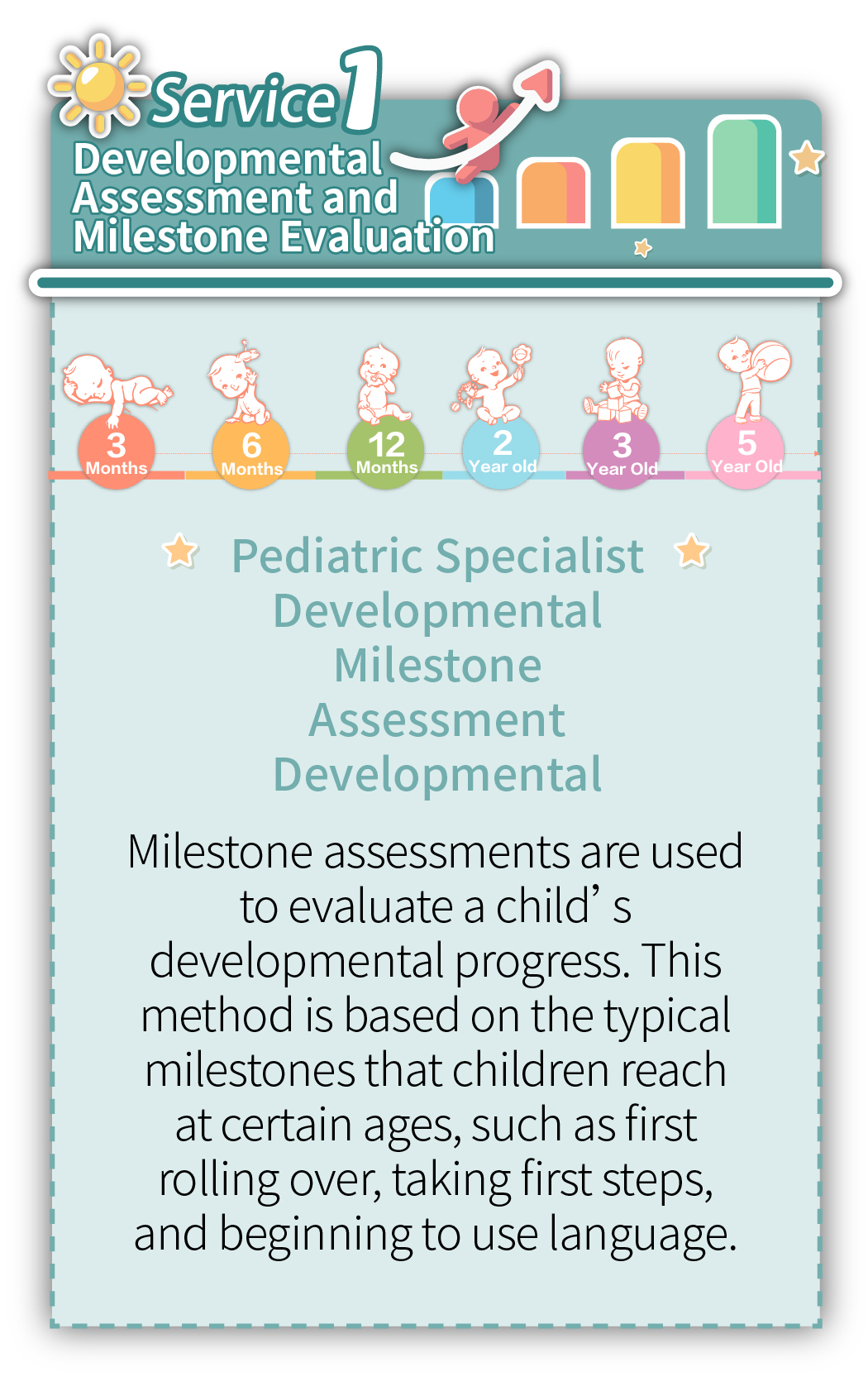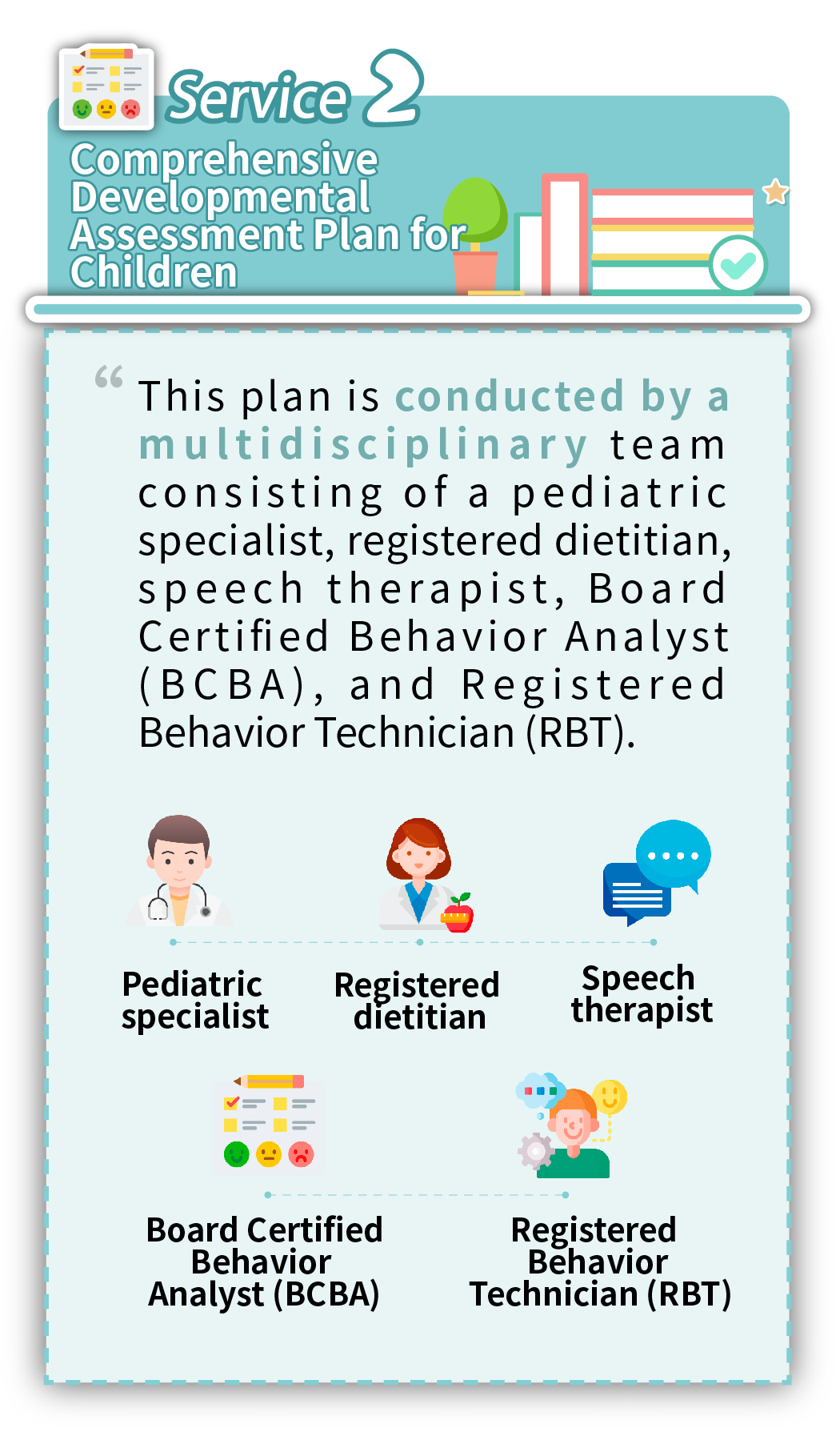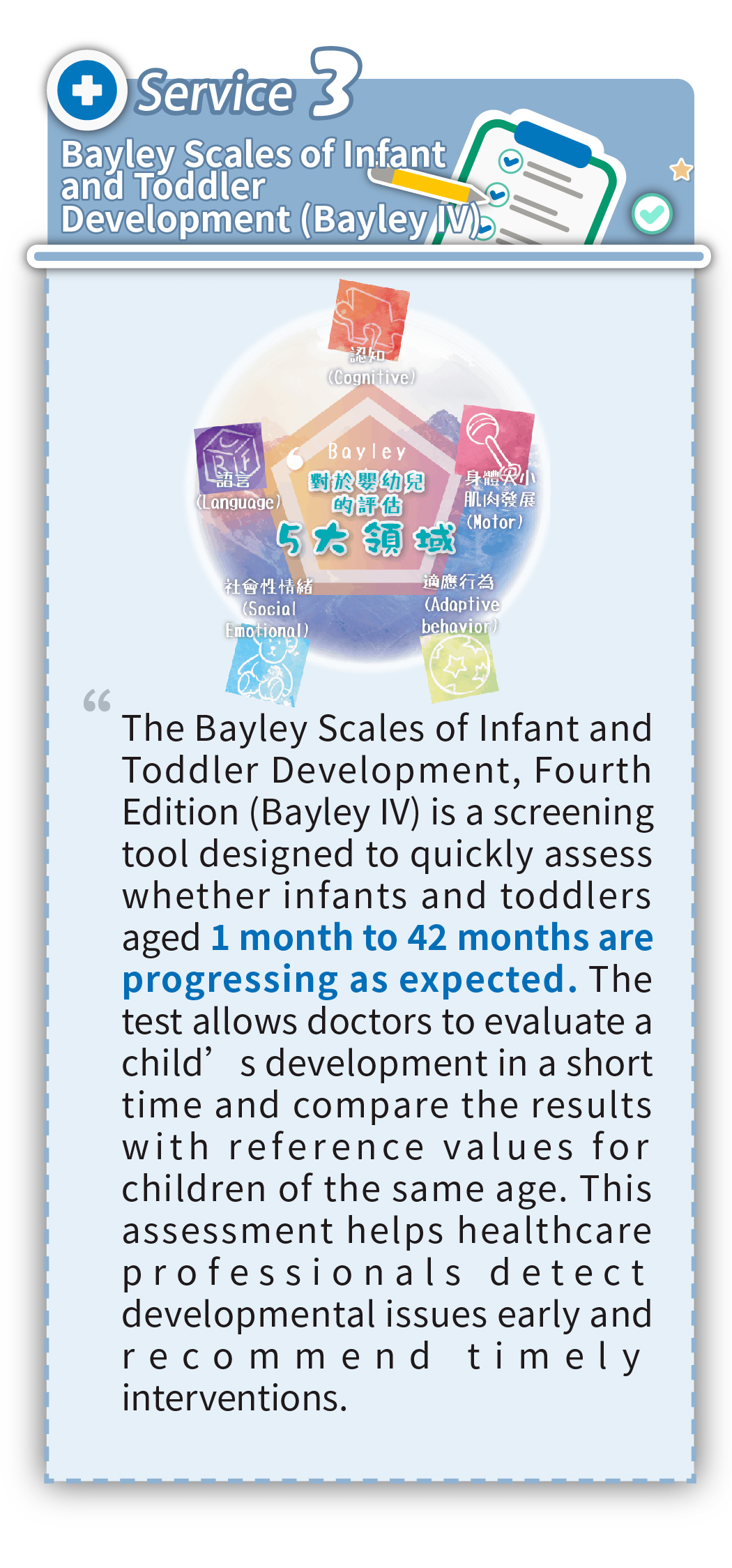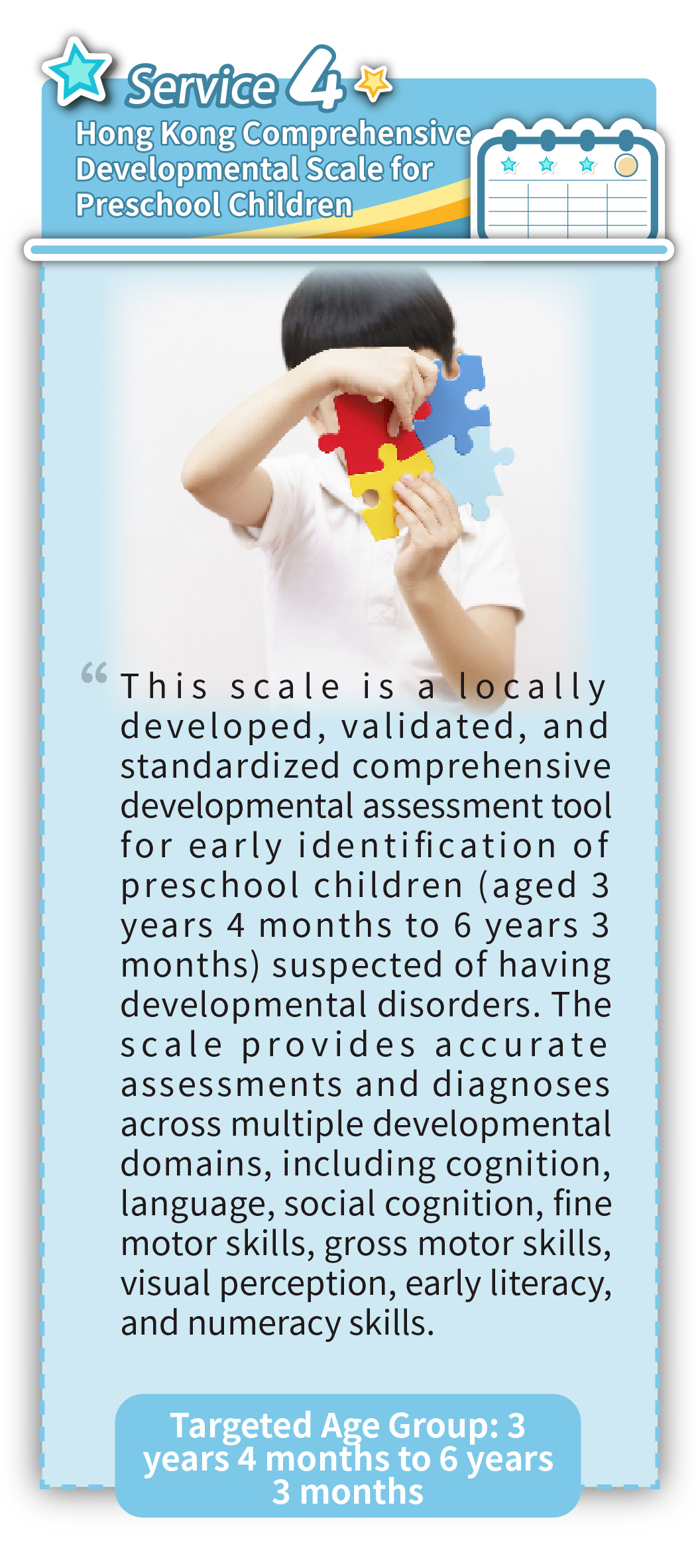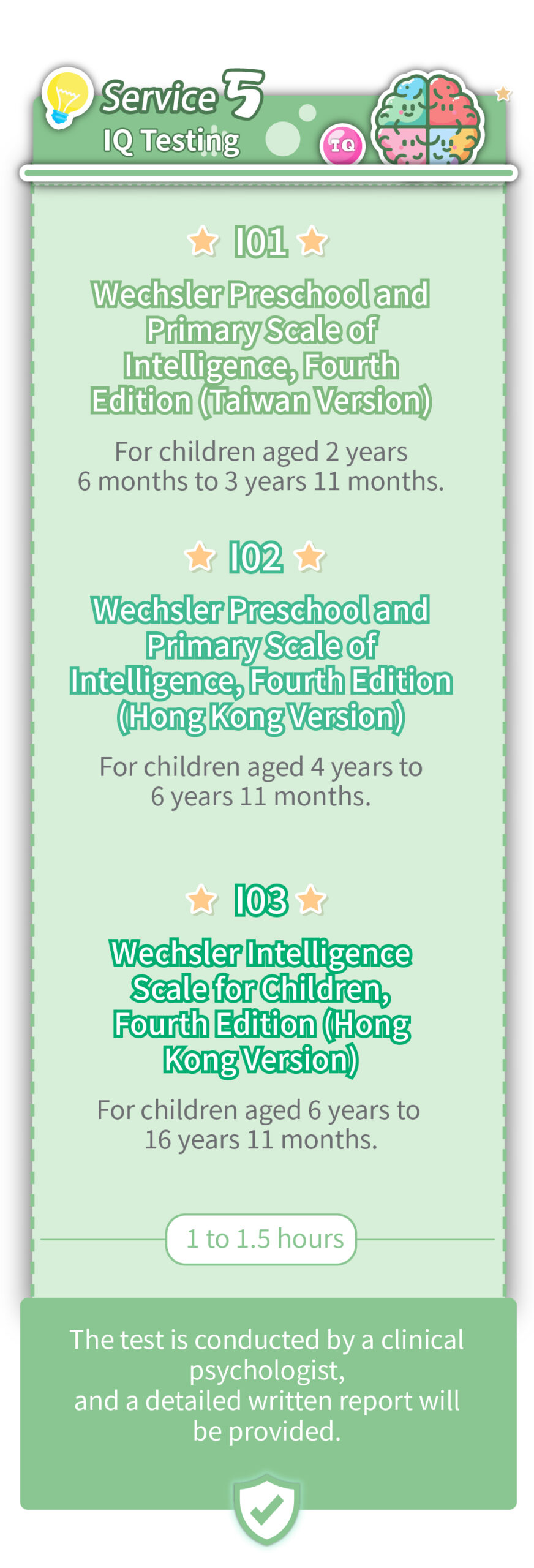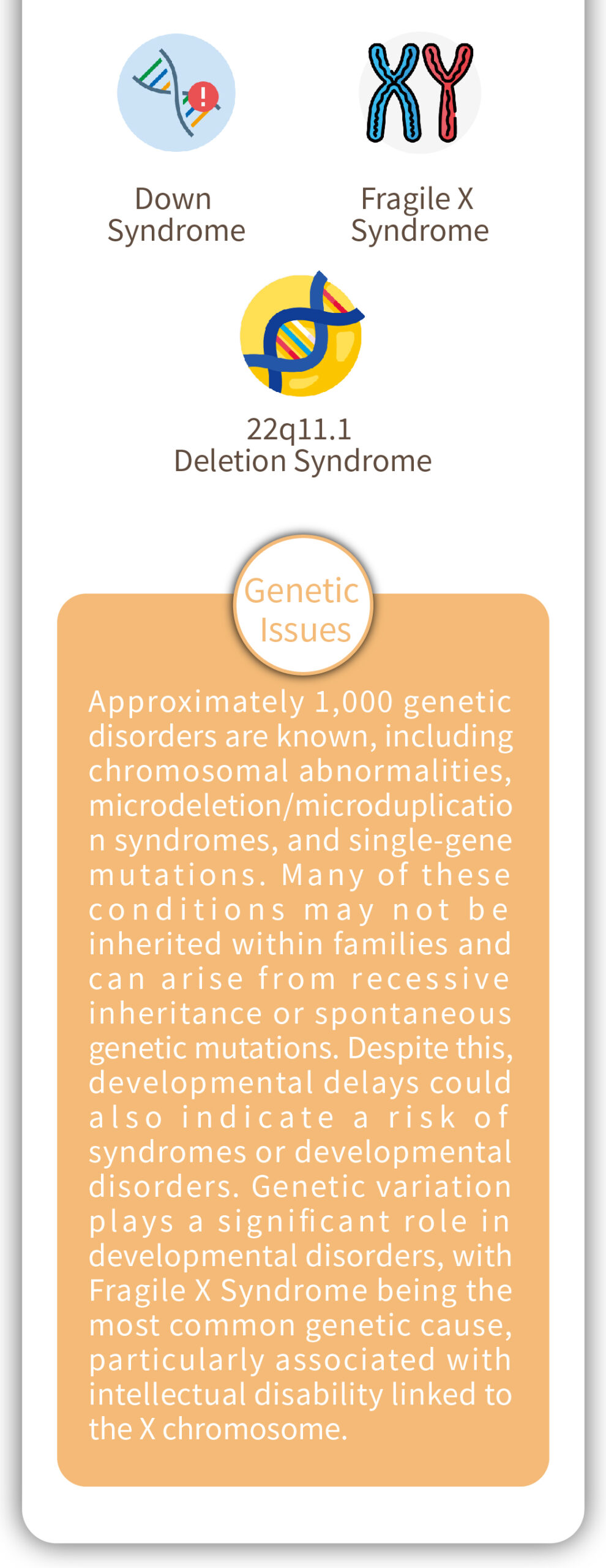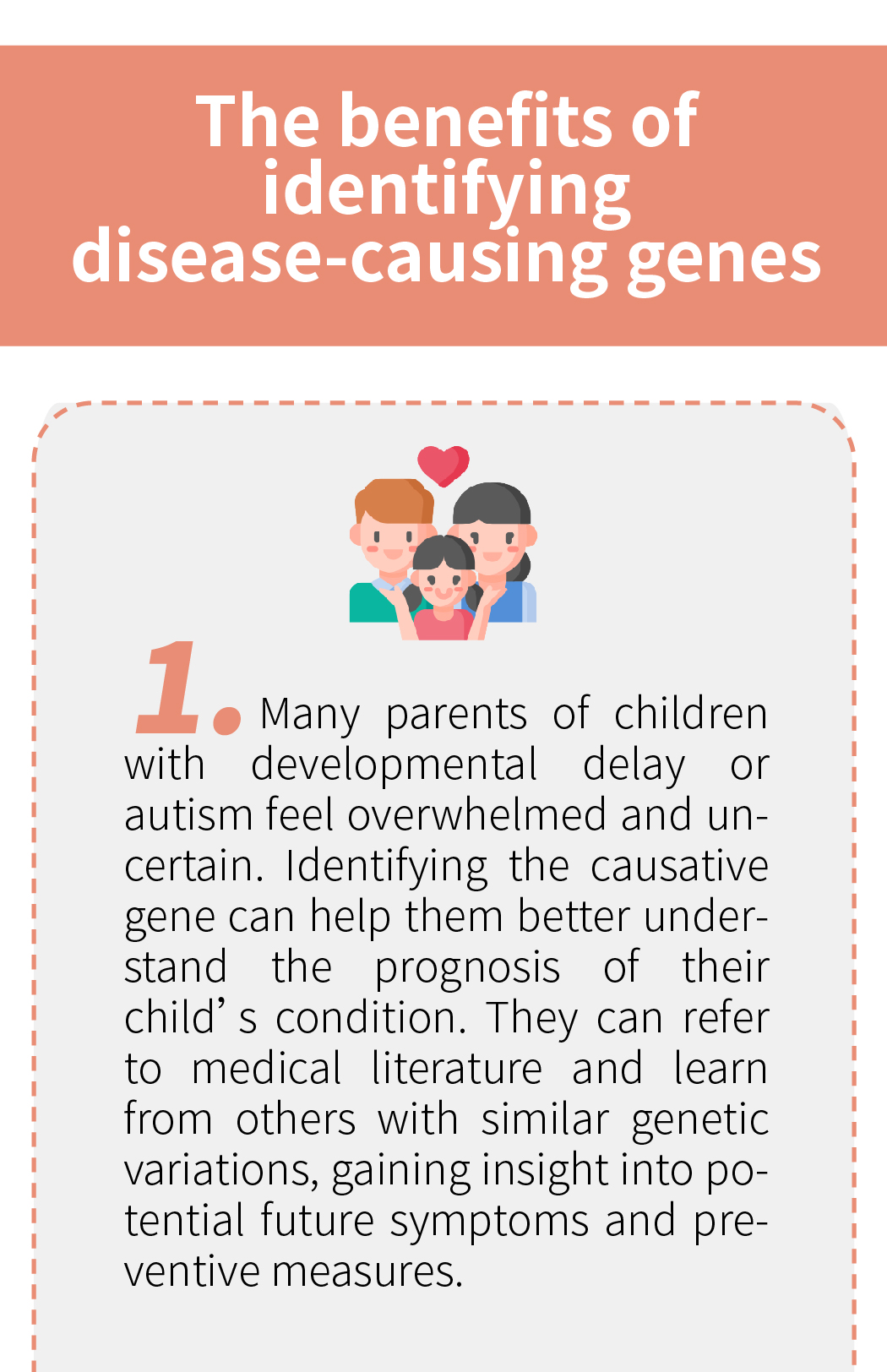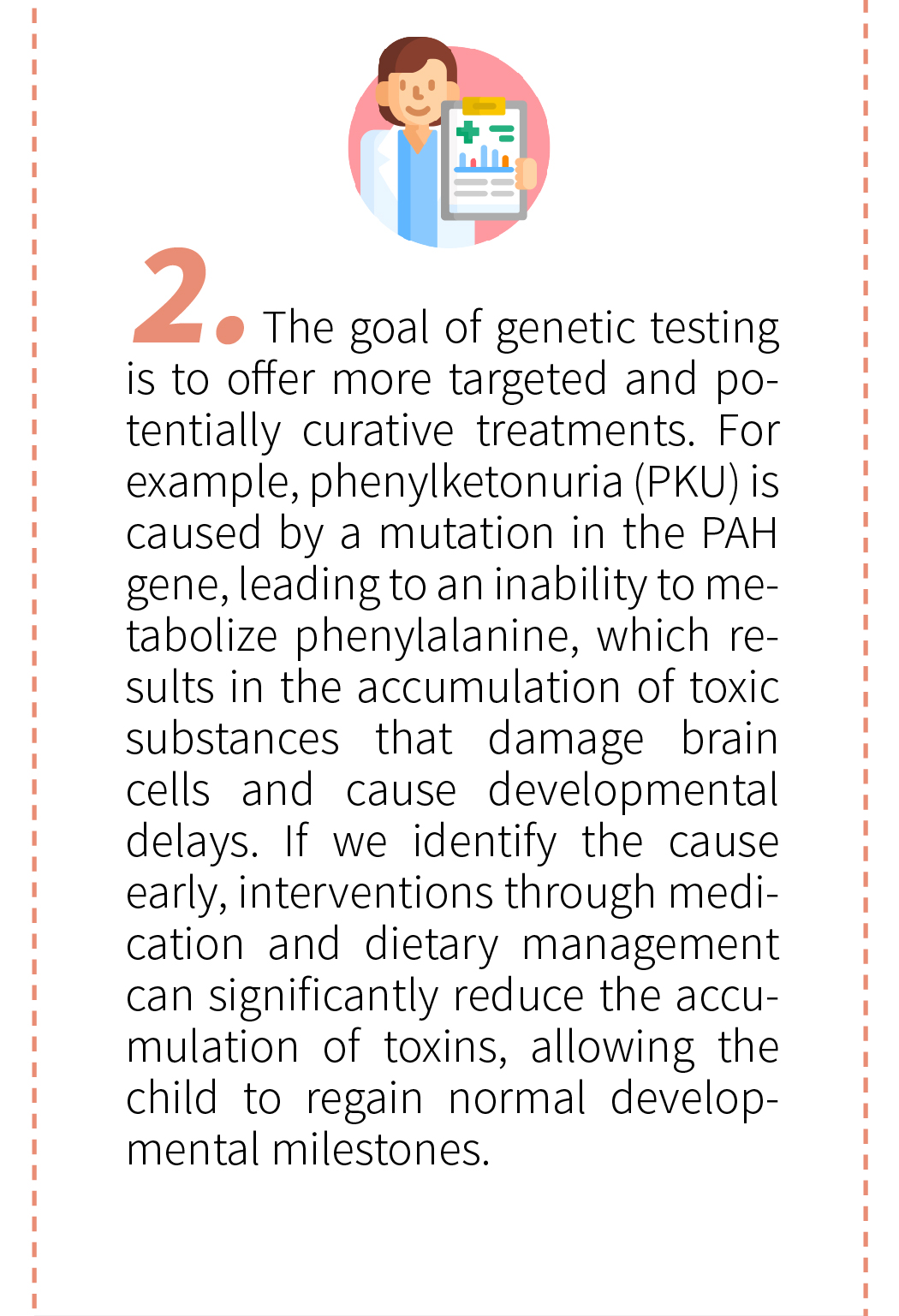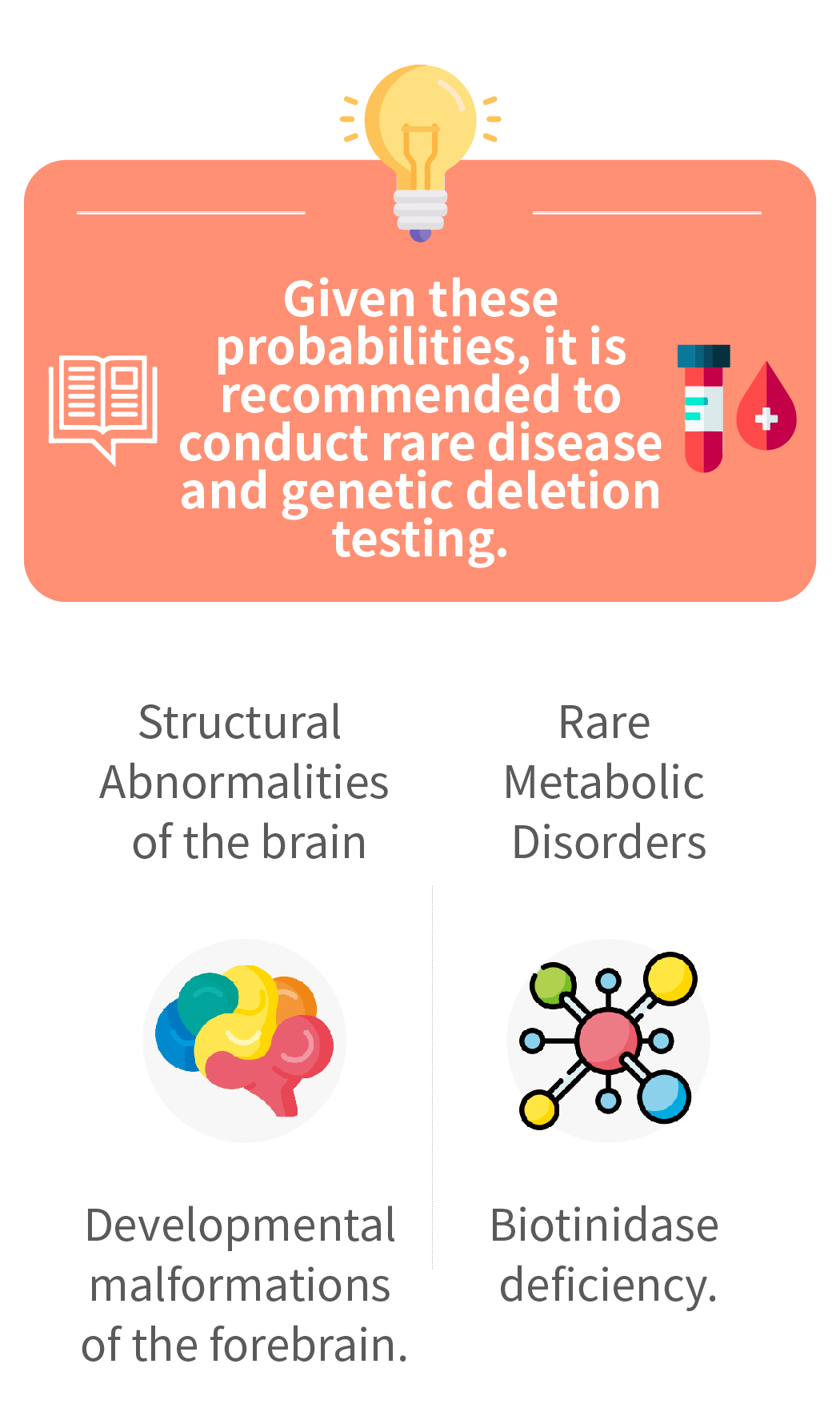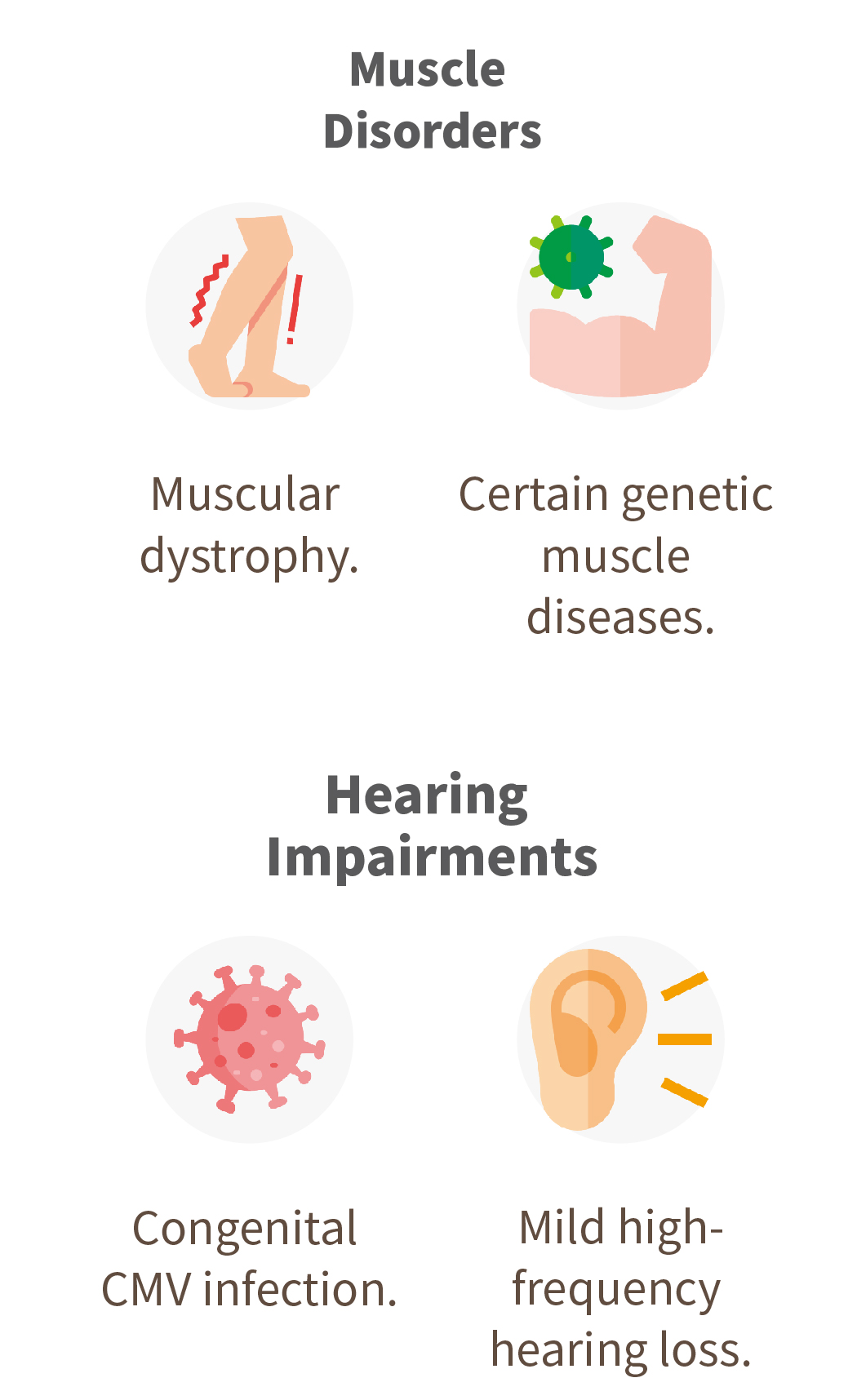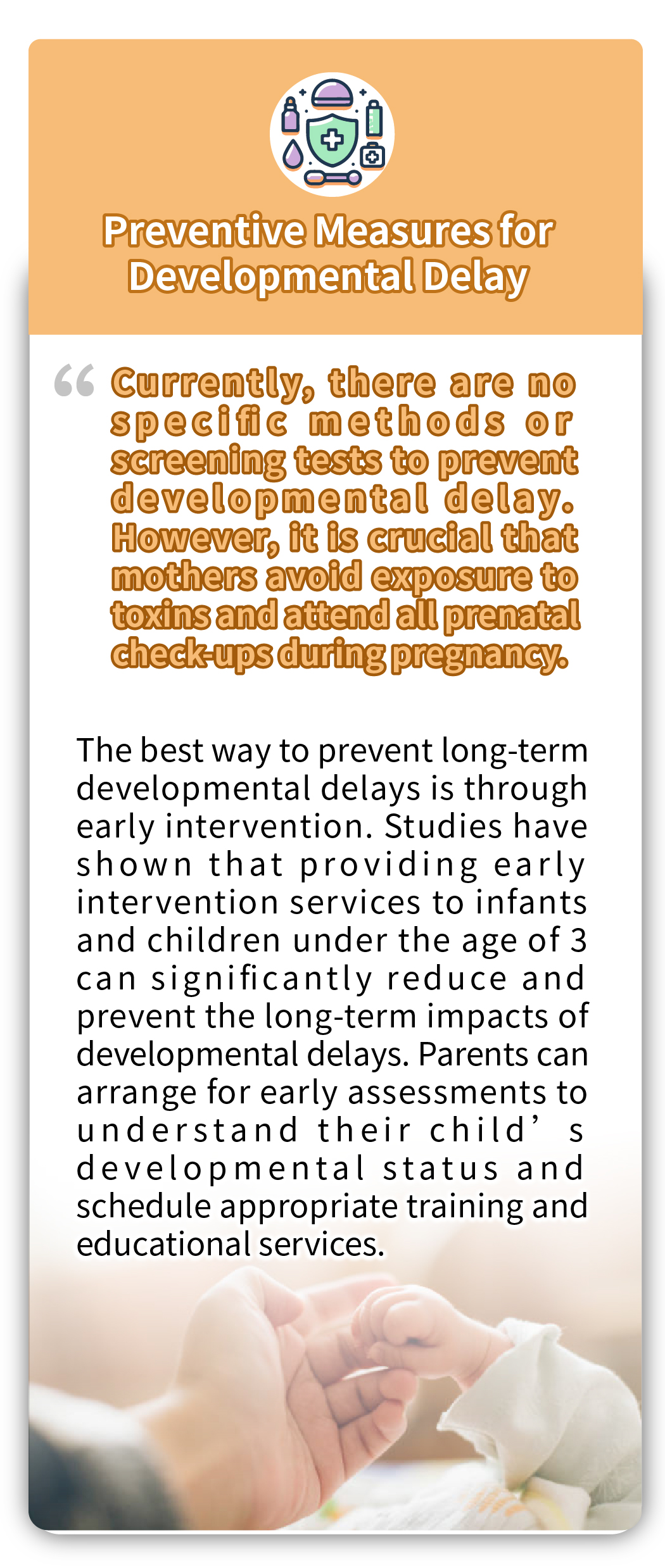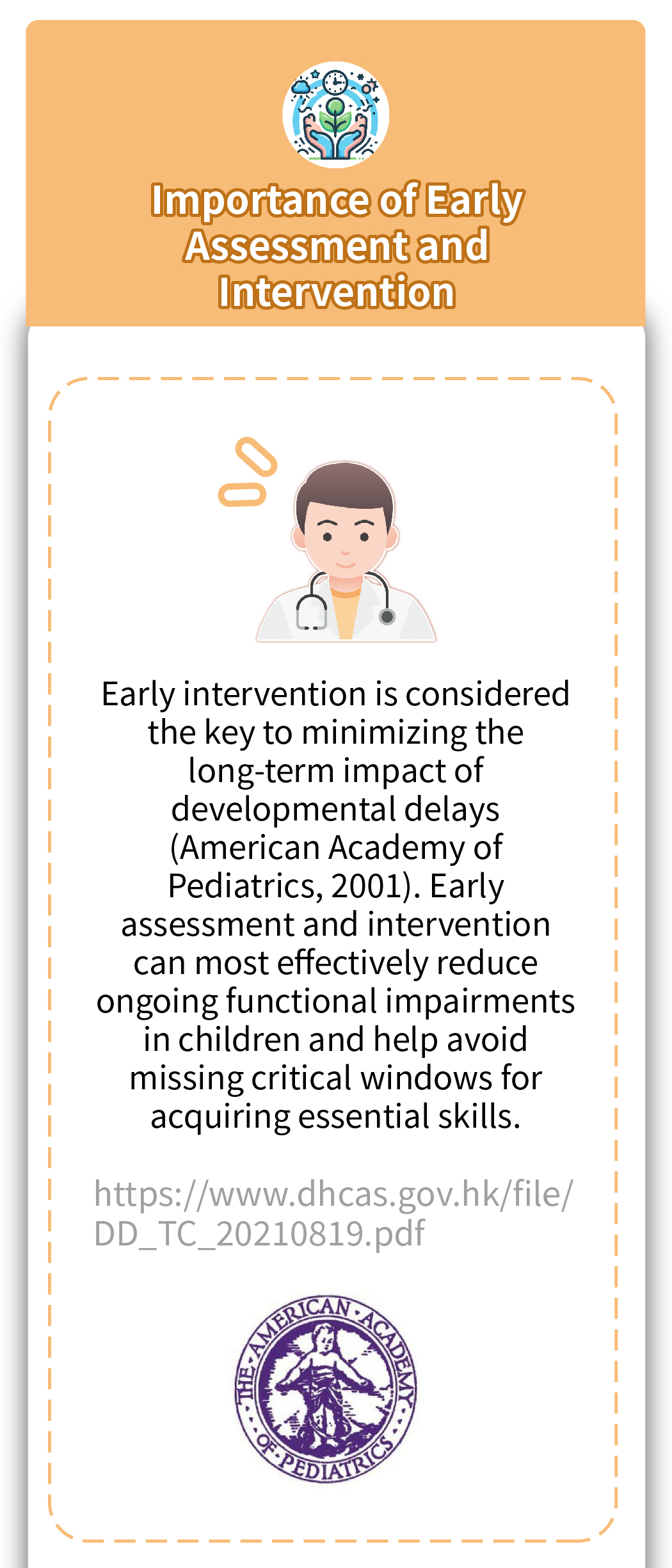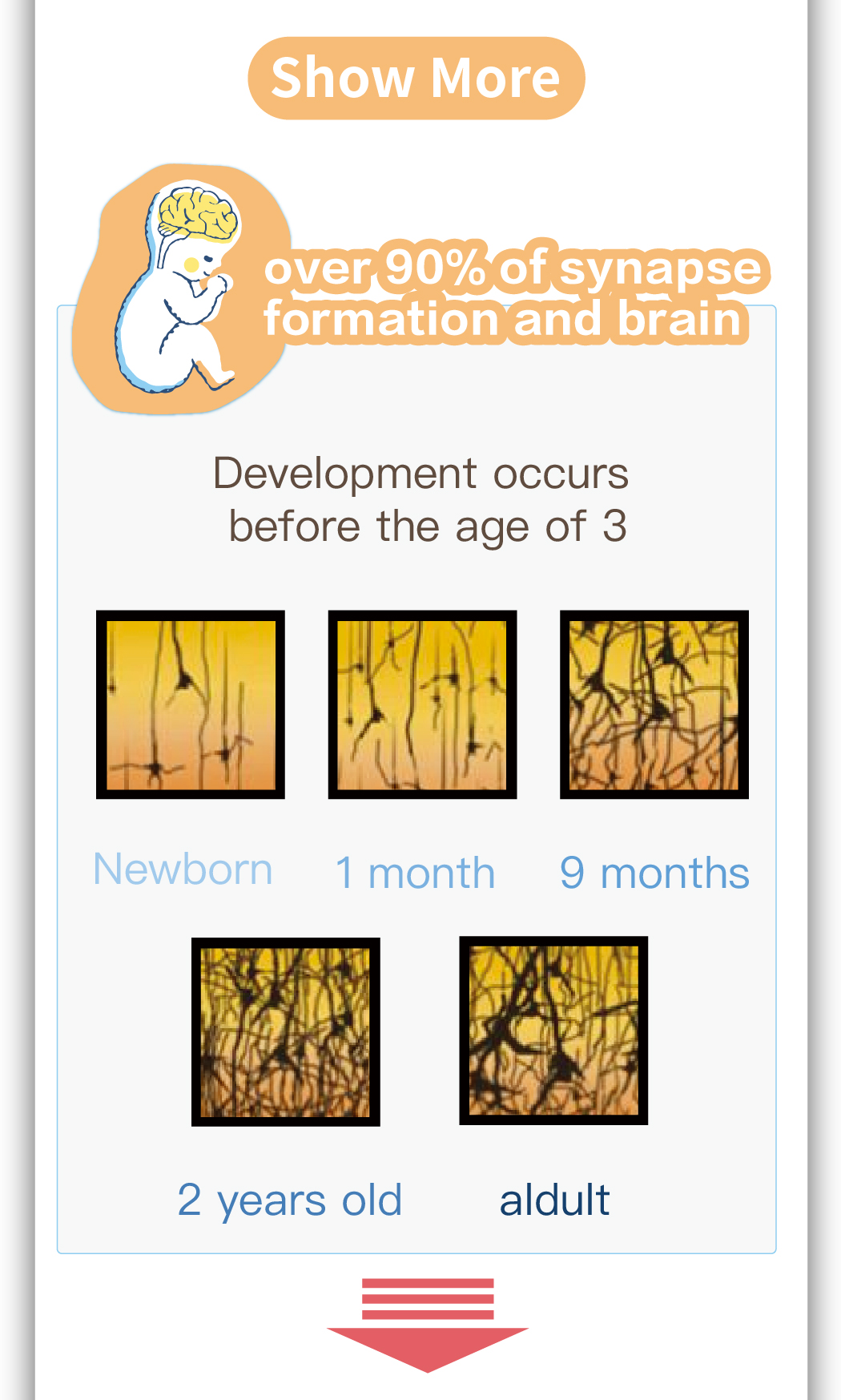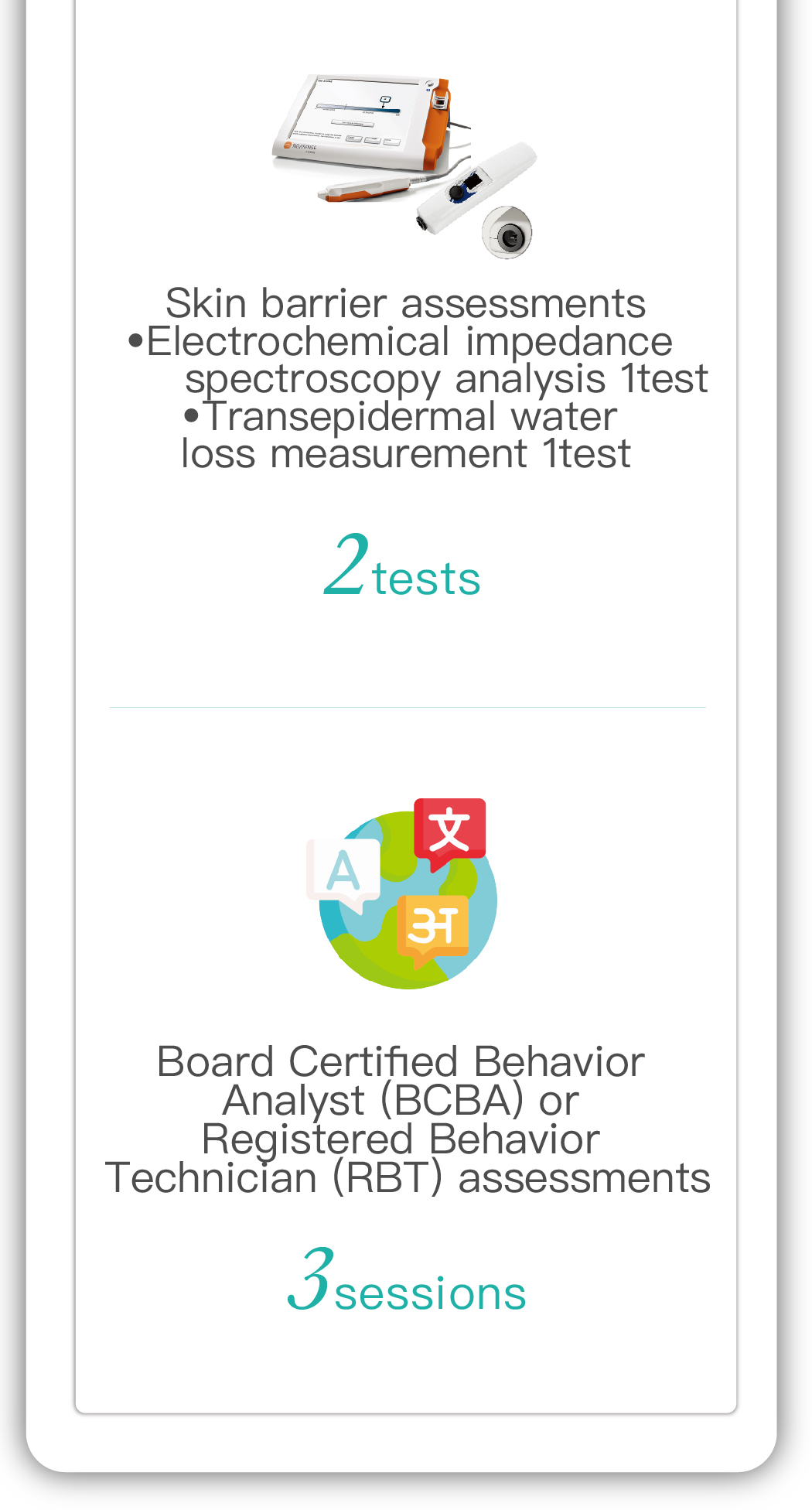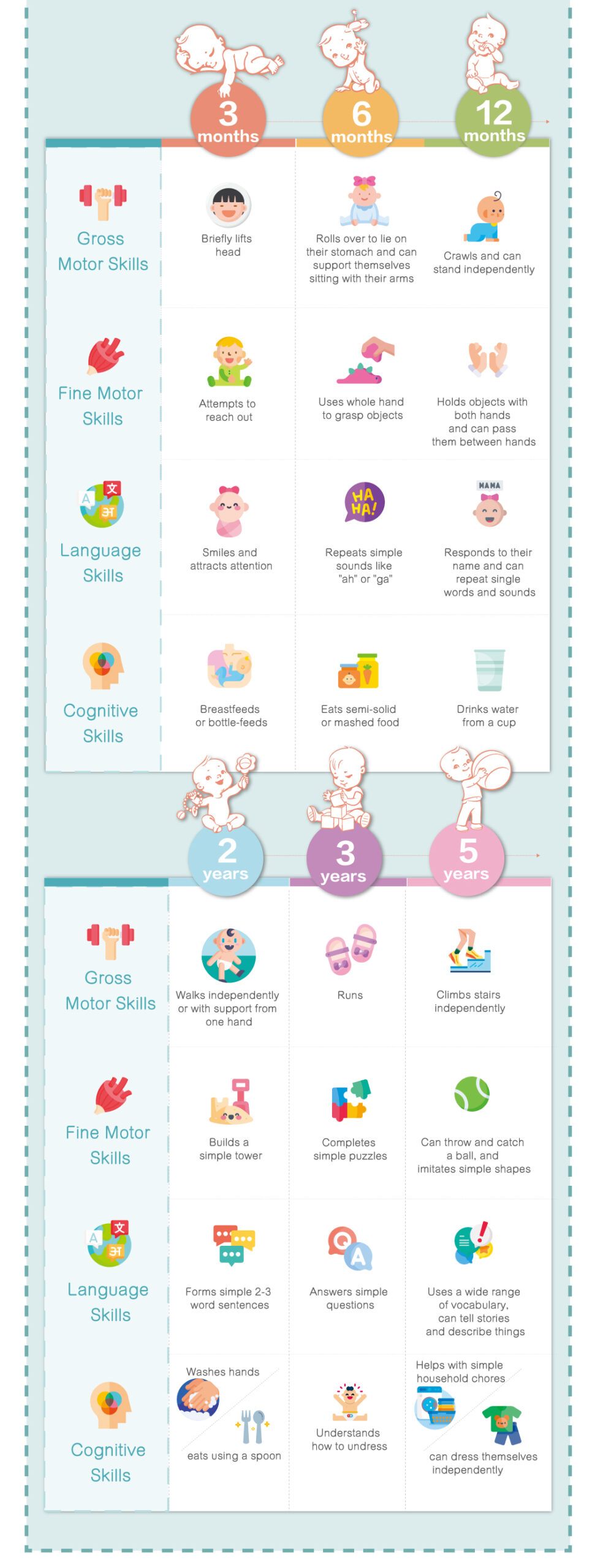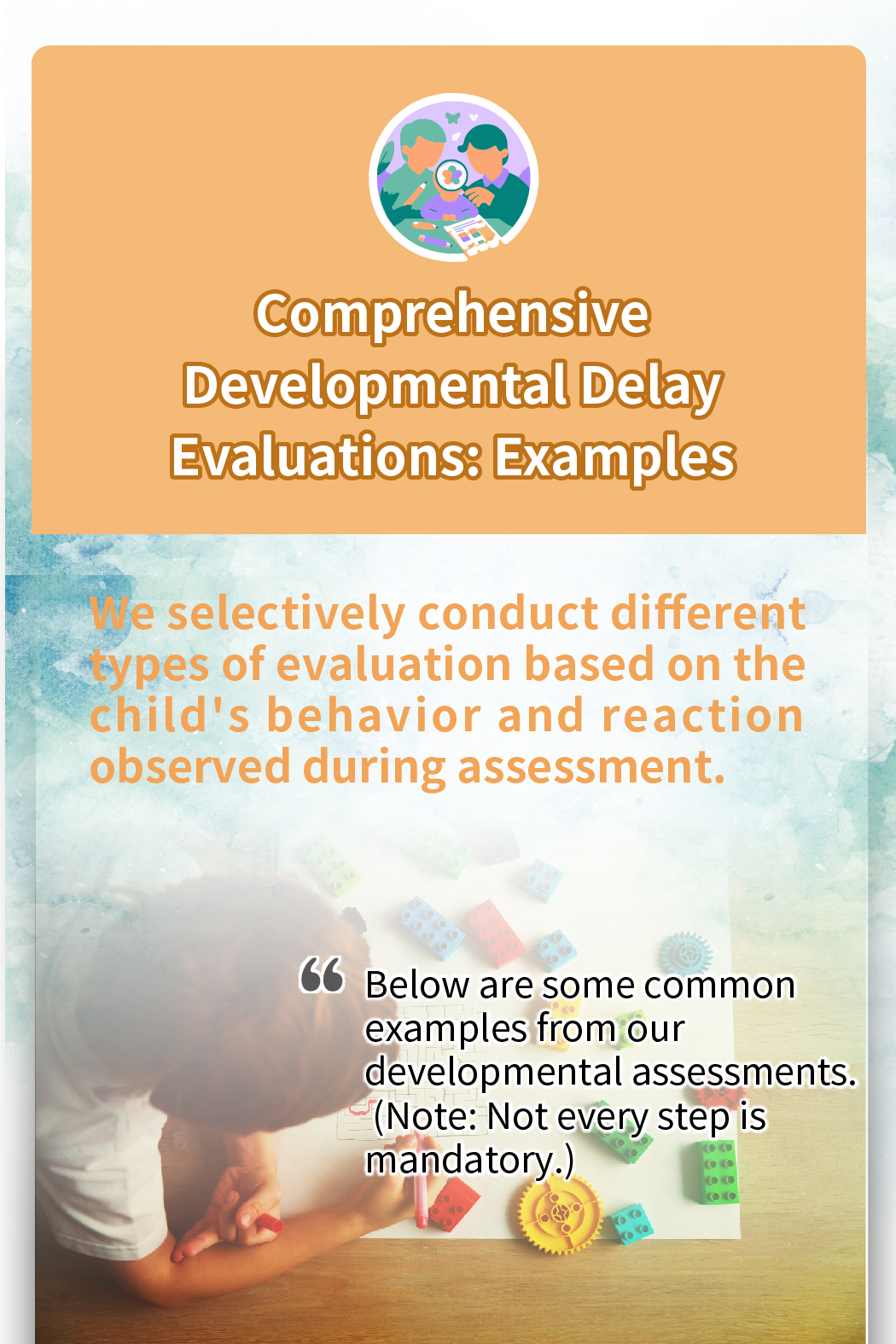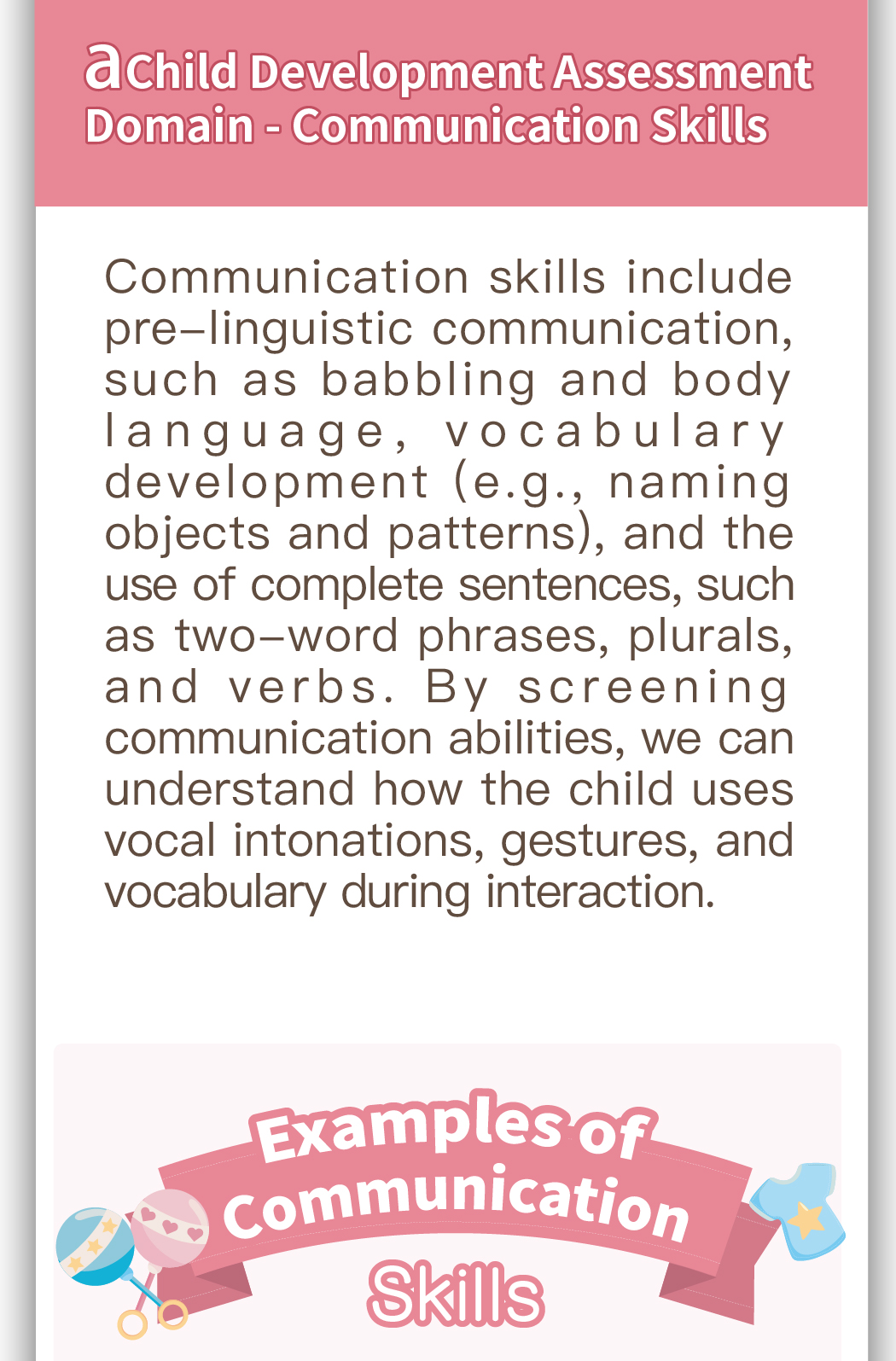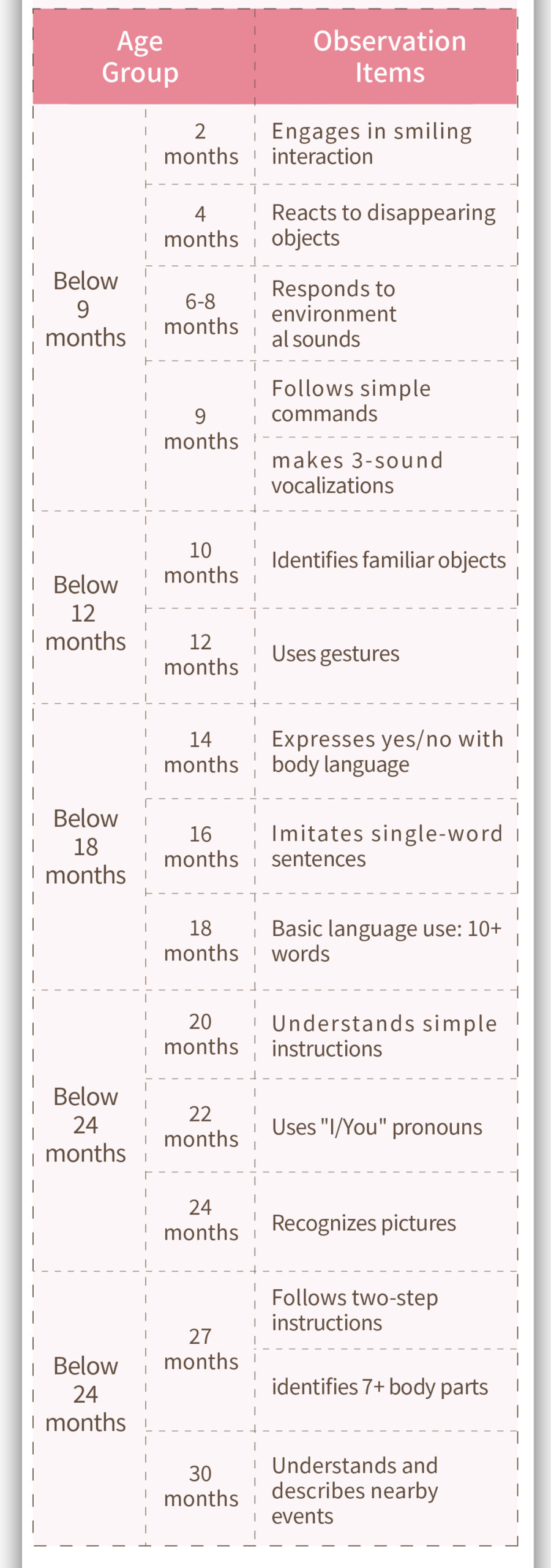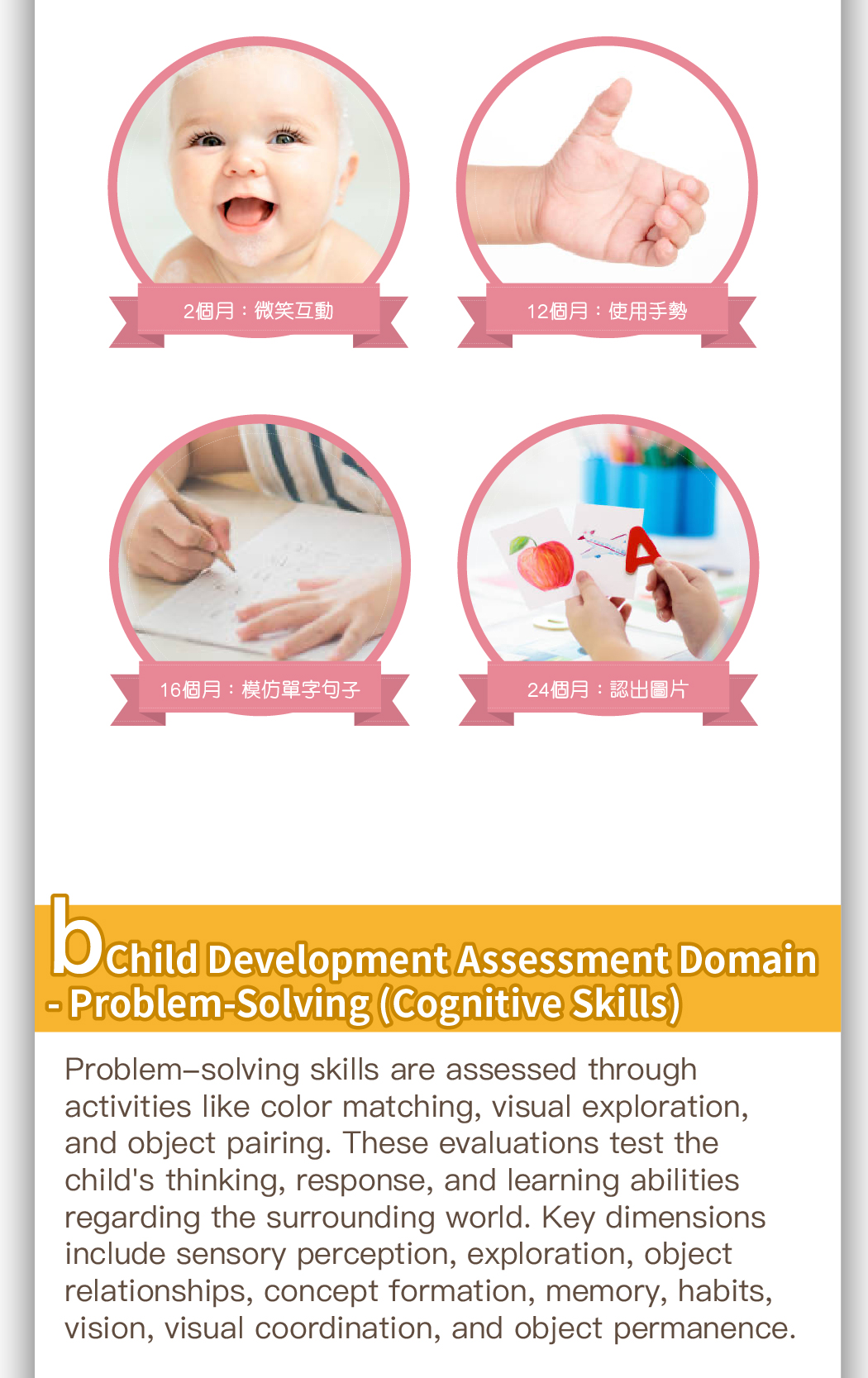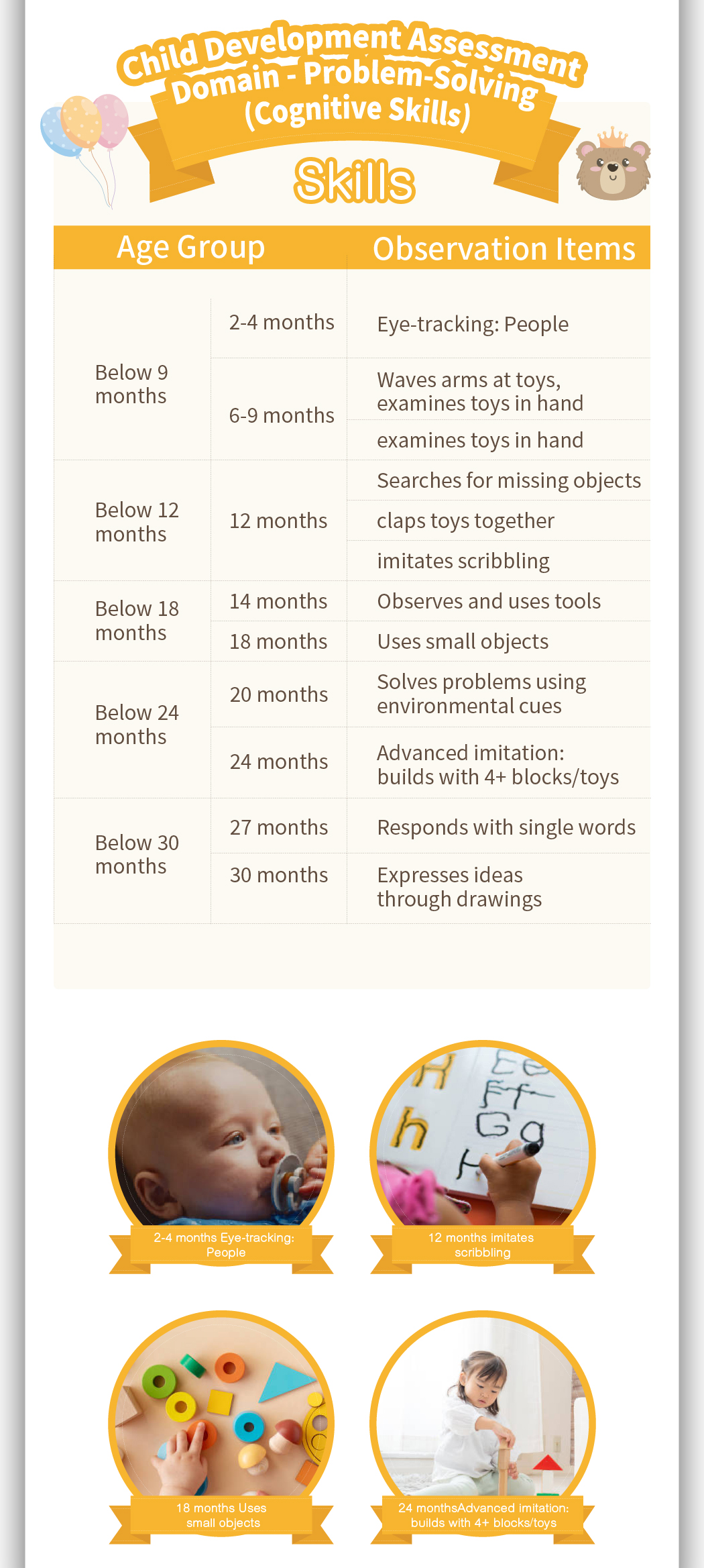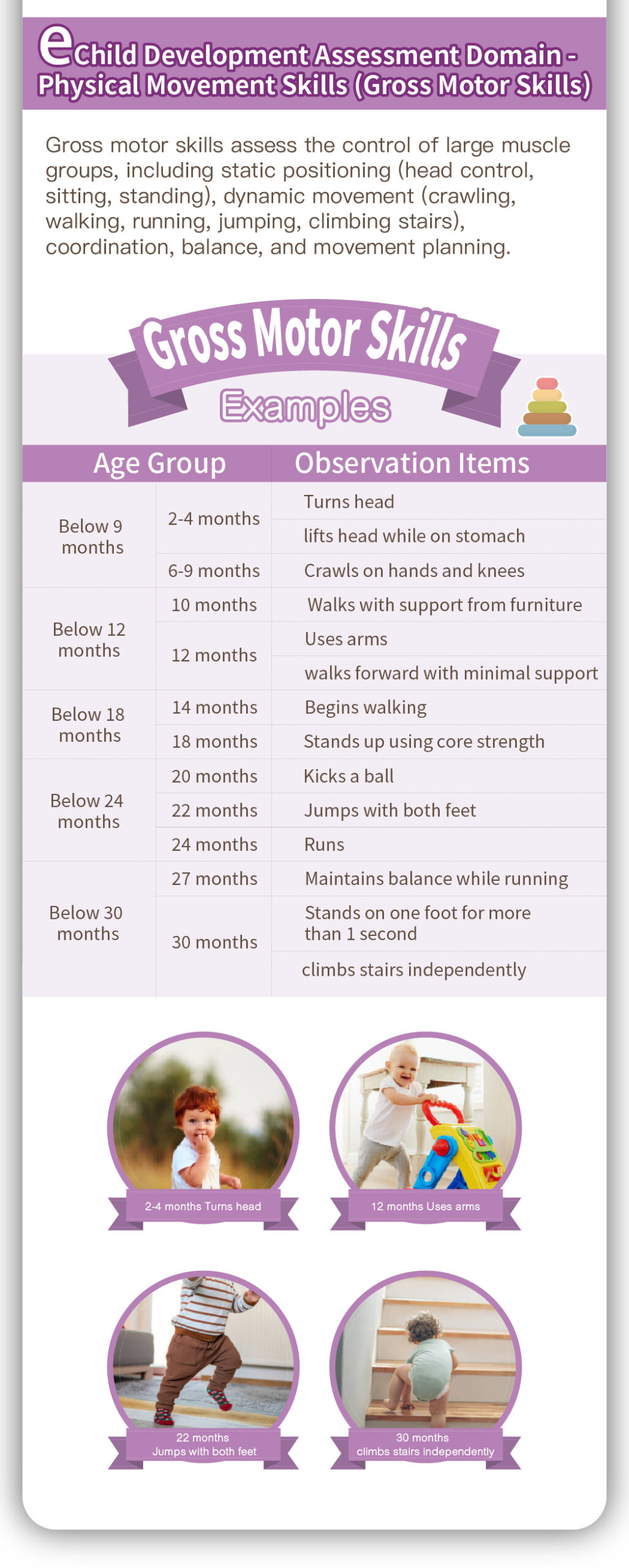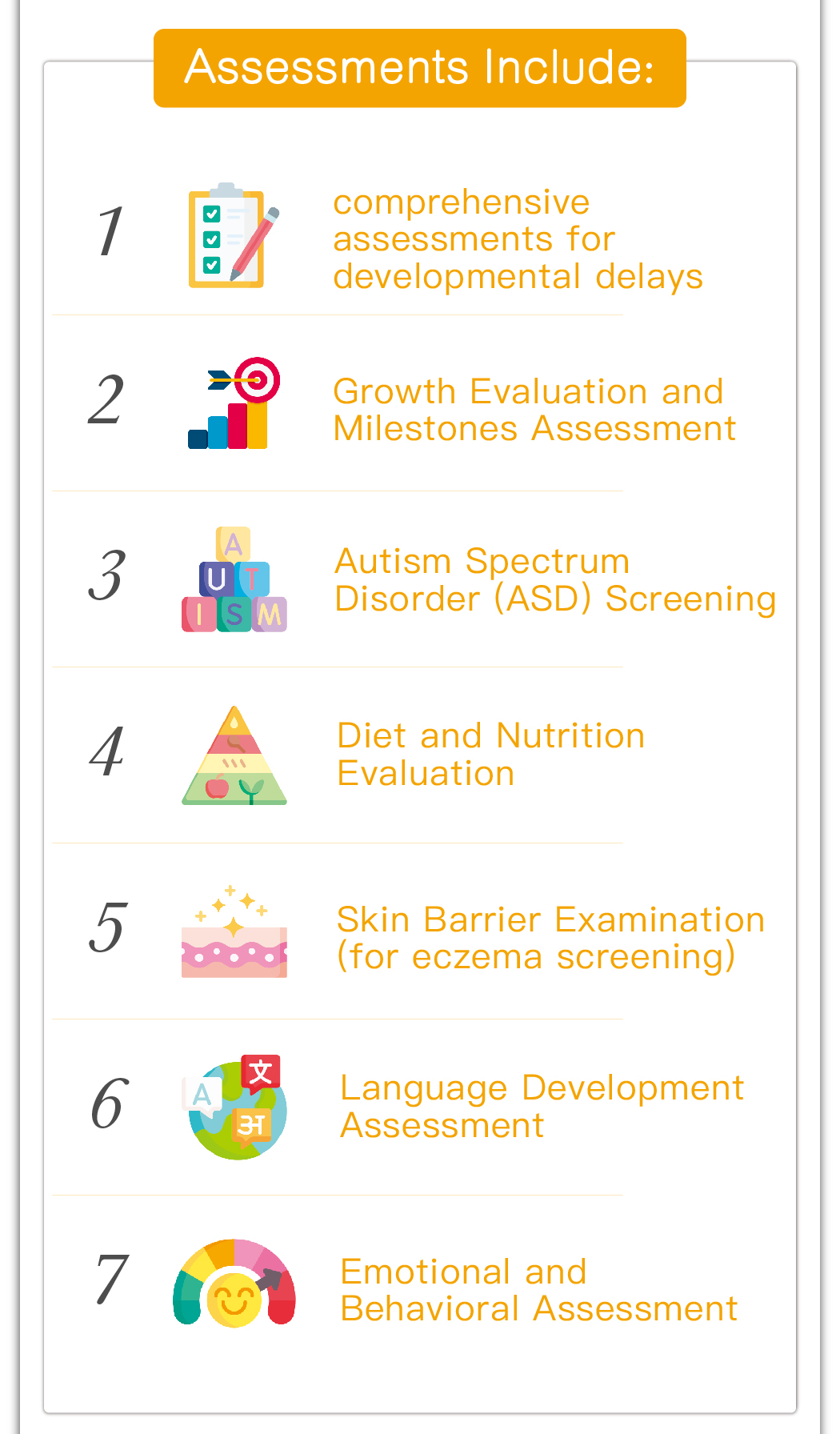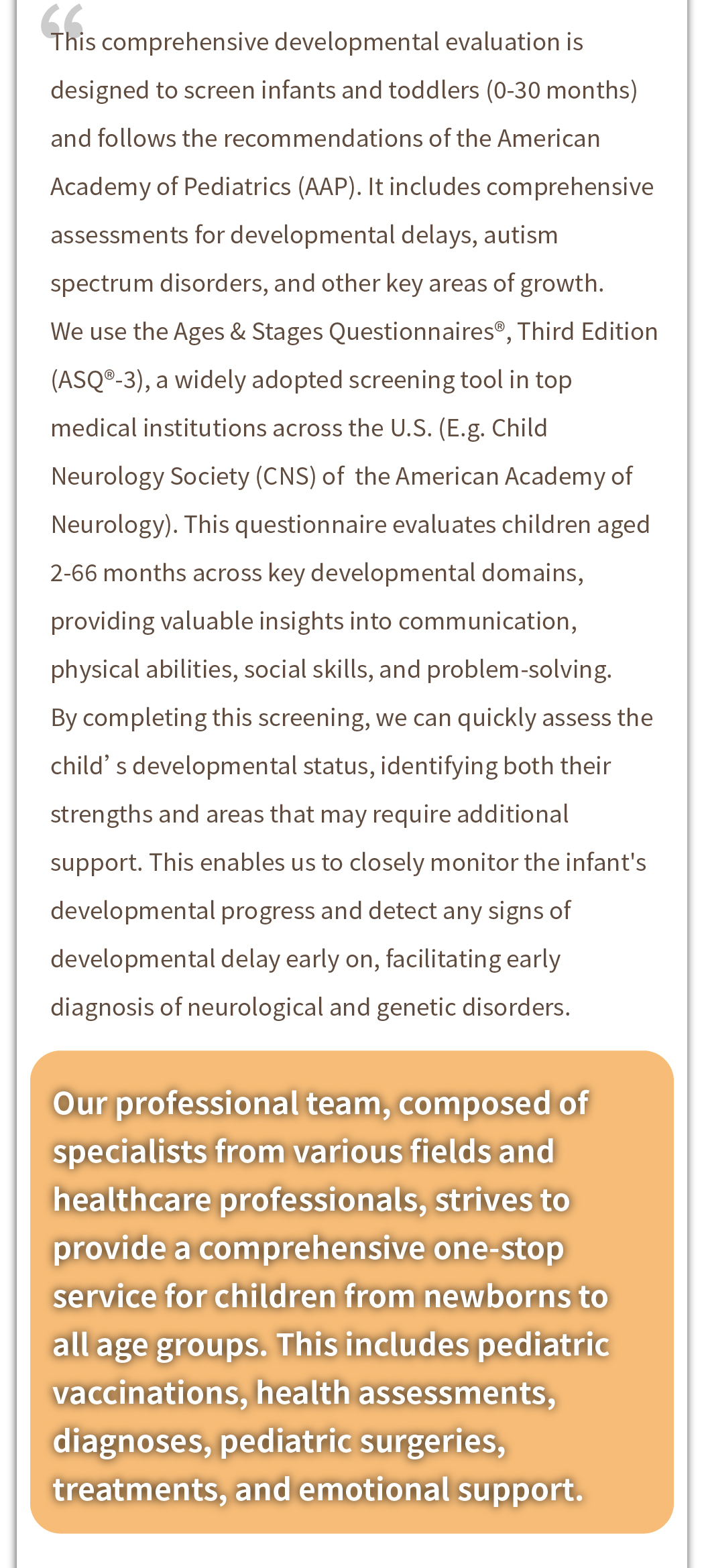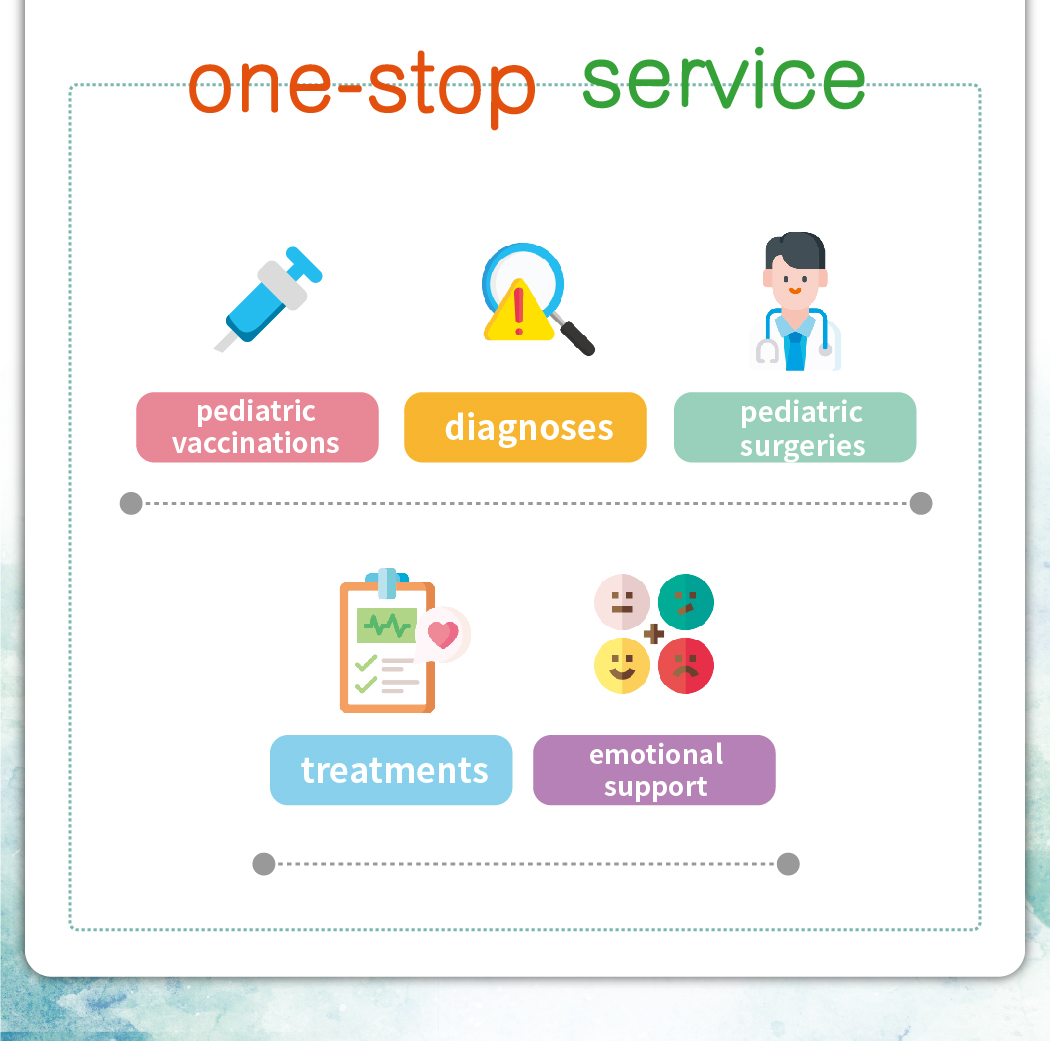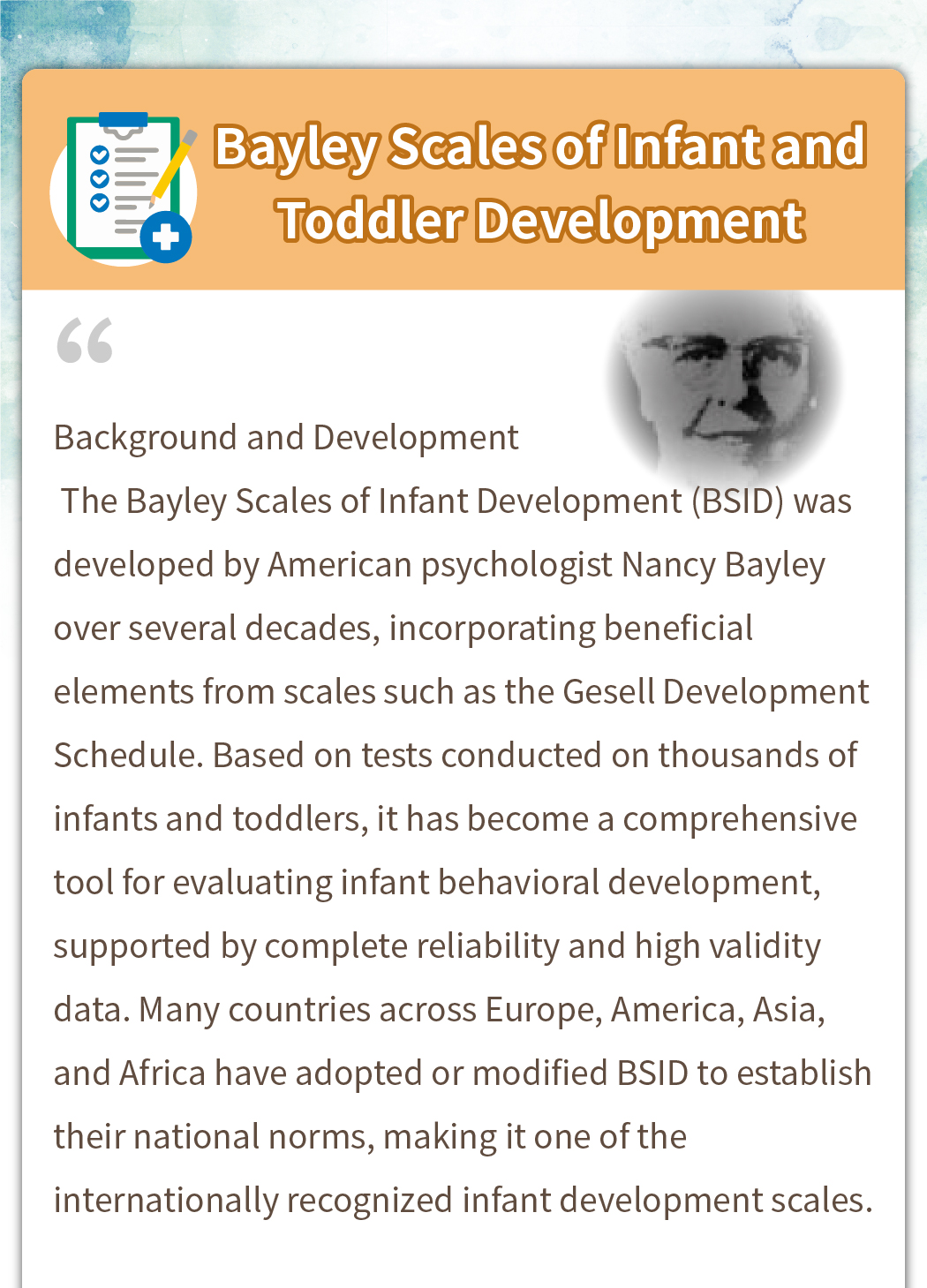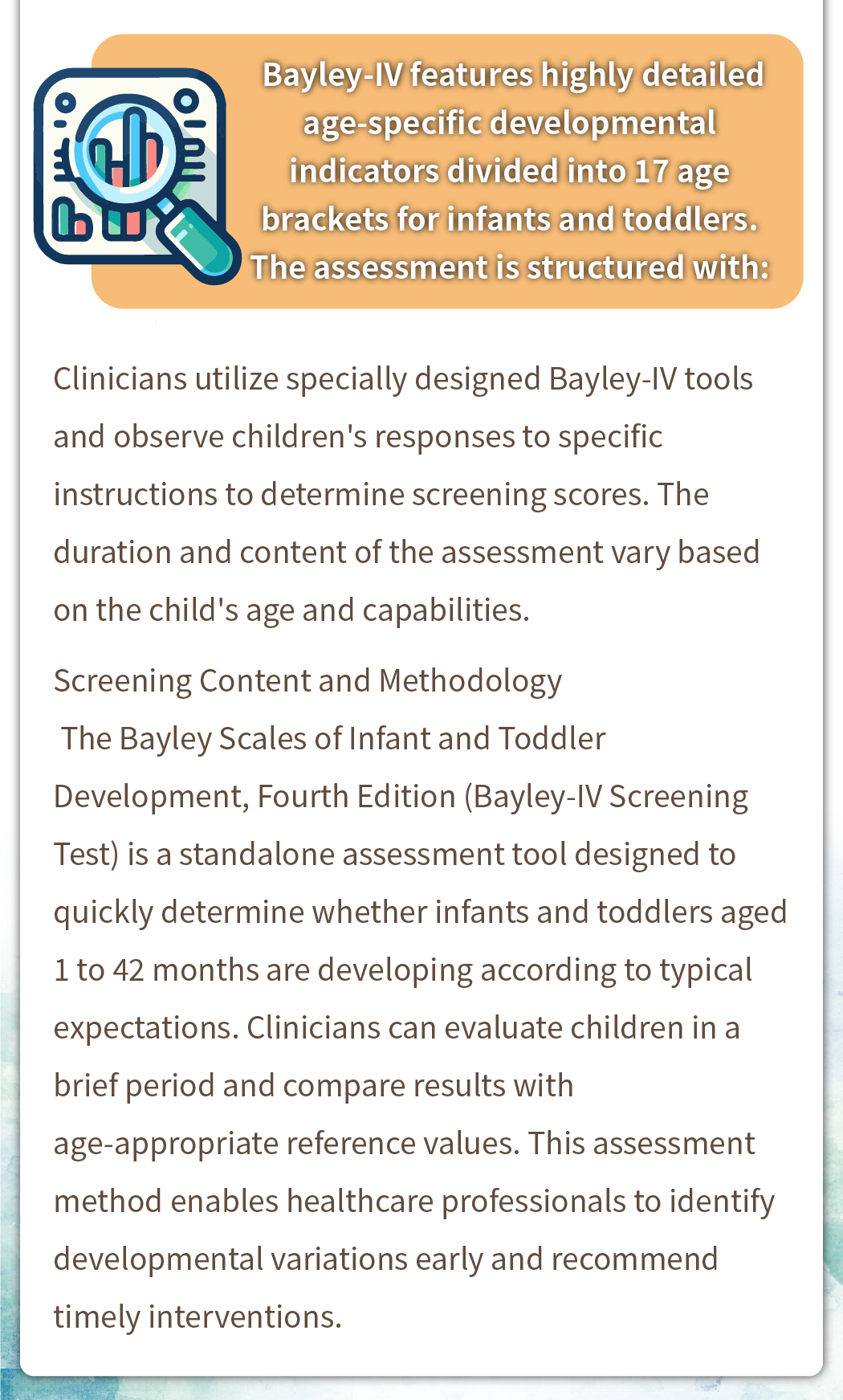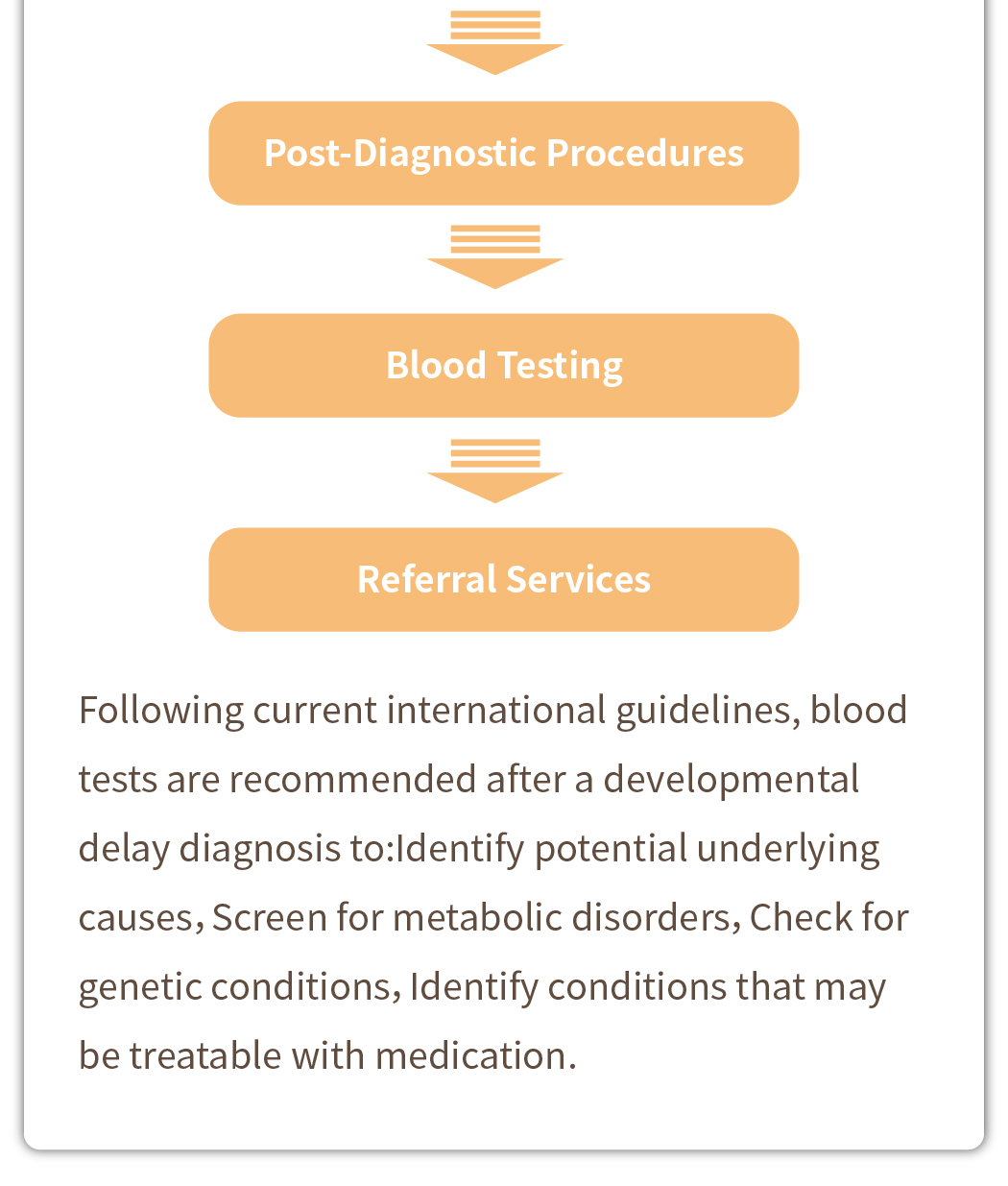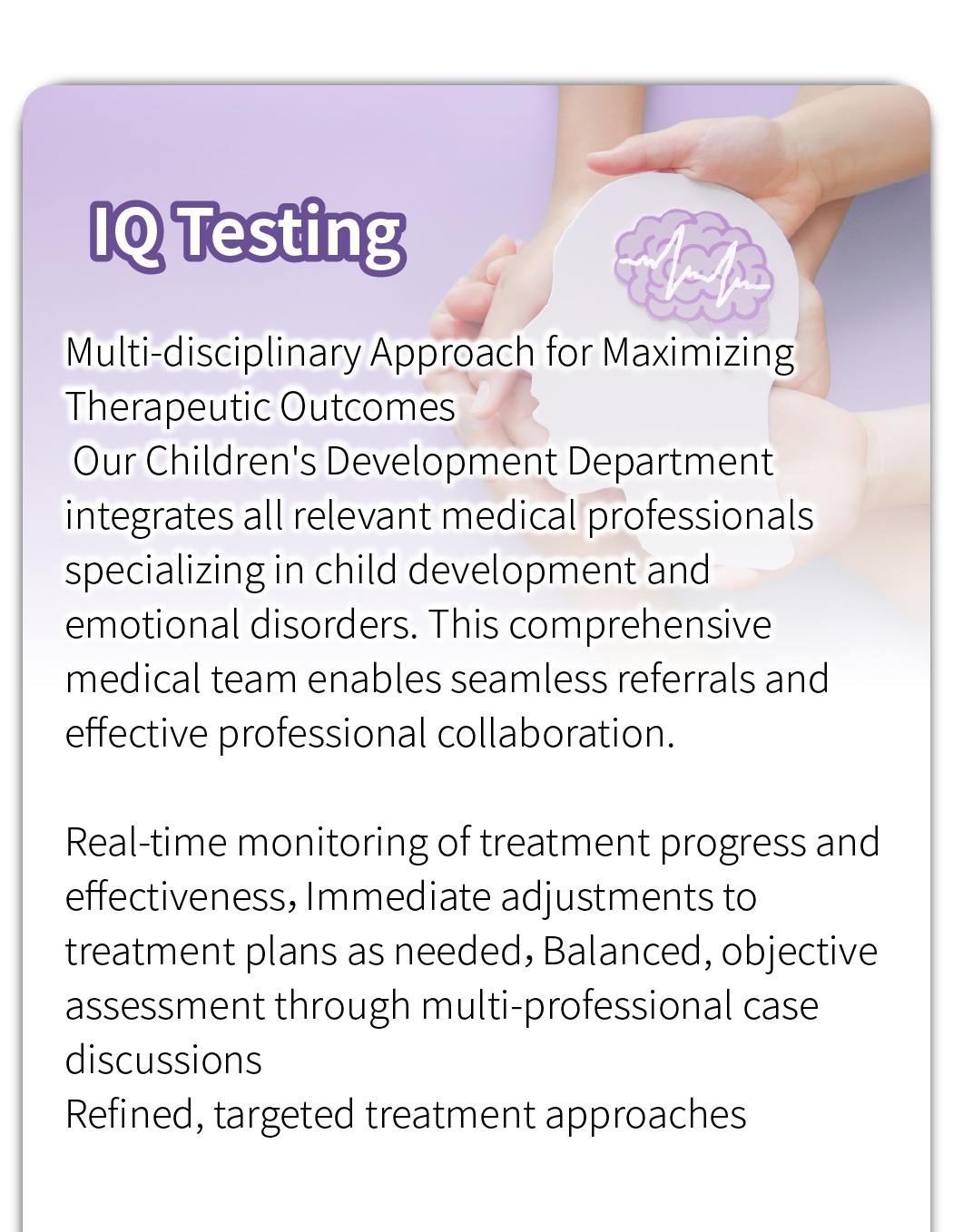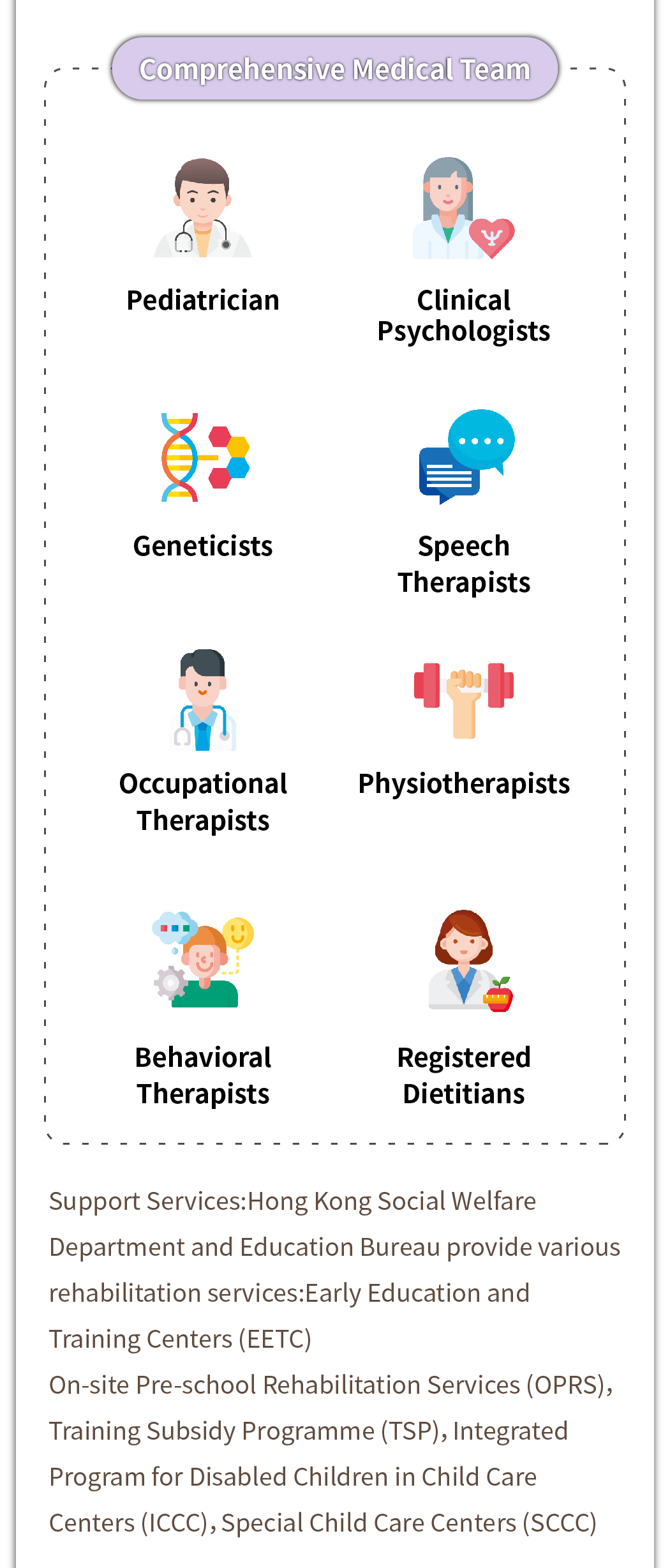

Assessment
and Diagnosis
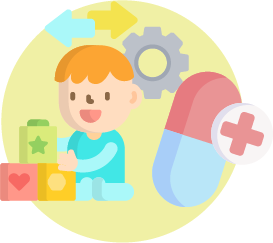
Behavioral therapy and Medical treatments

Training Programs

Government Department Referrals
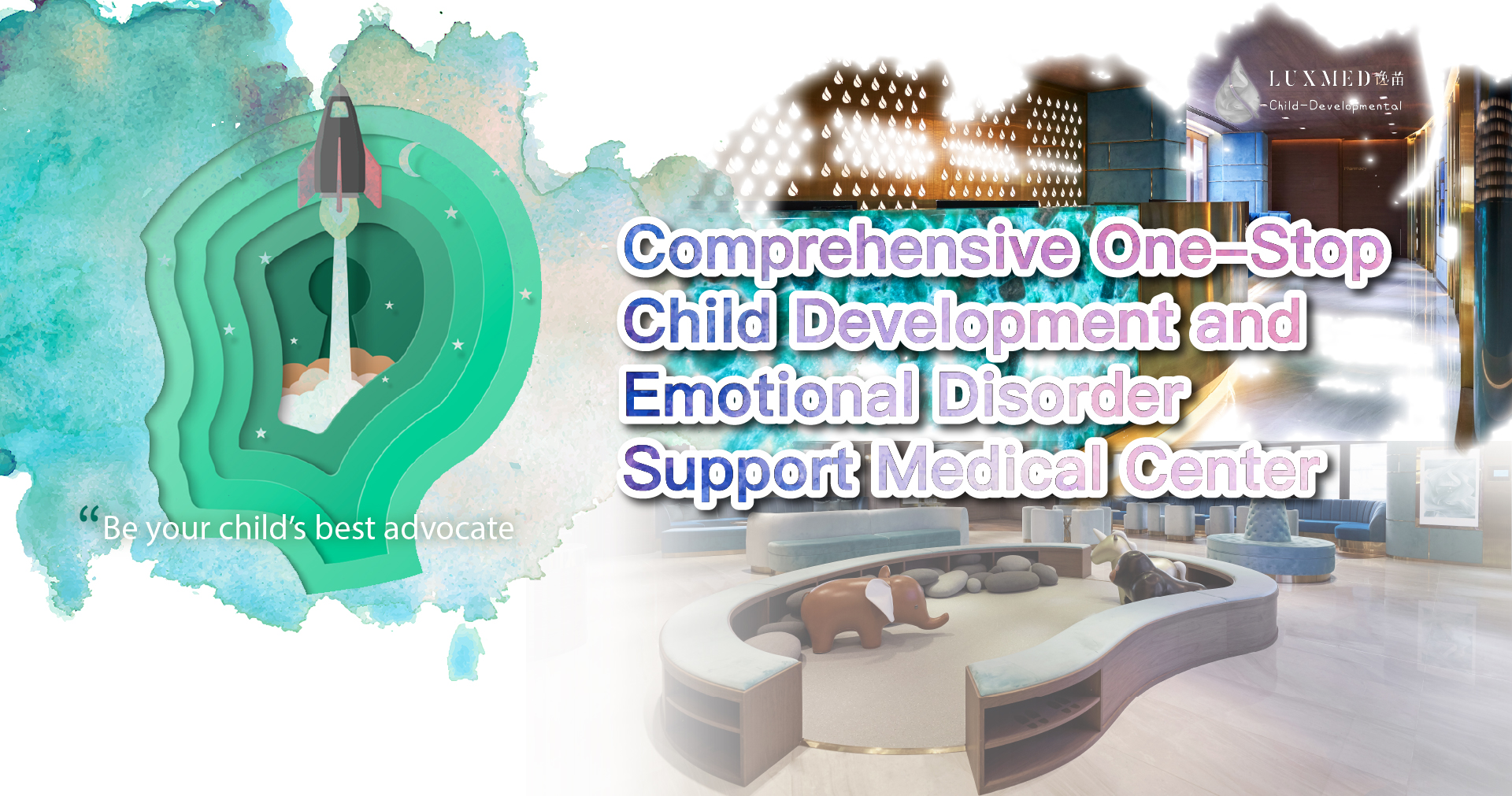
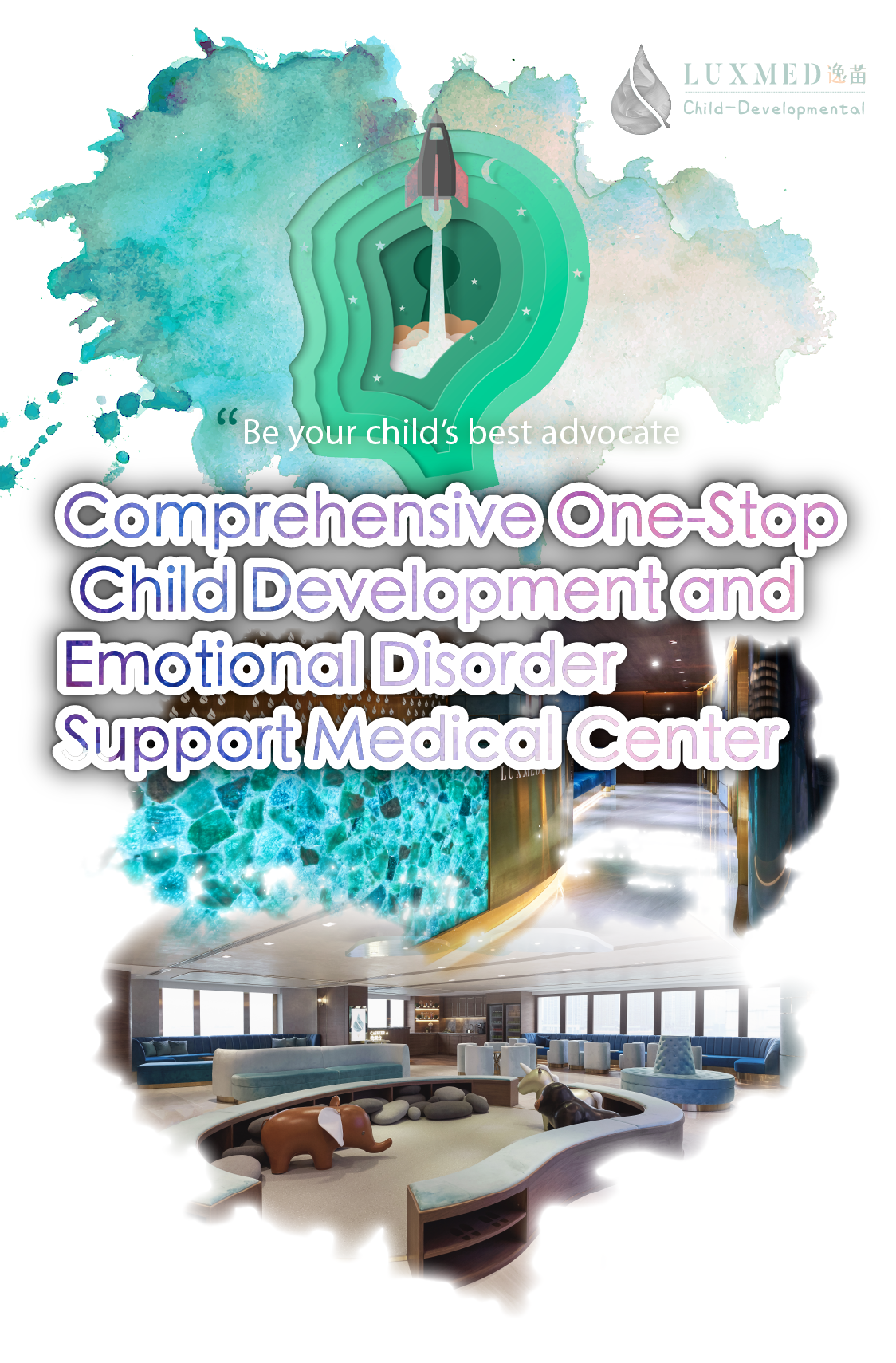


Assessment
and Diagnosis

Behavioral therapy and Medical treatments

Training Programs

Government Department Referrals

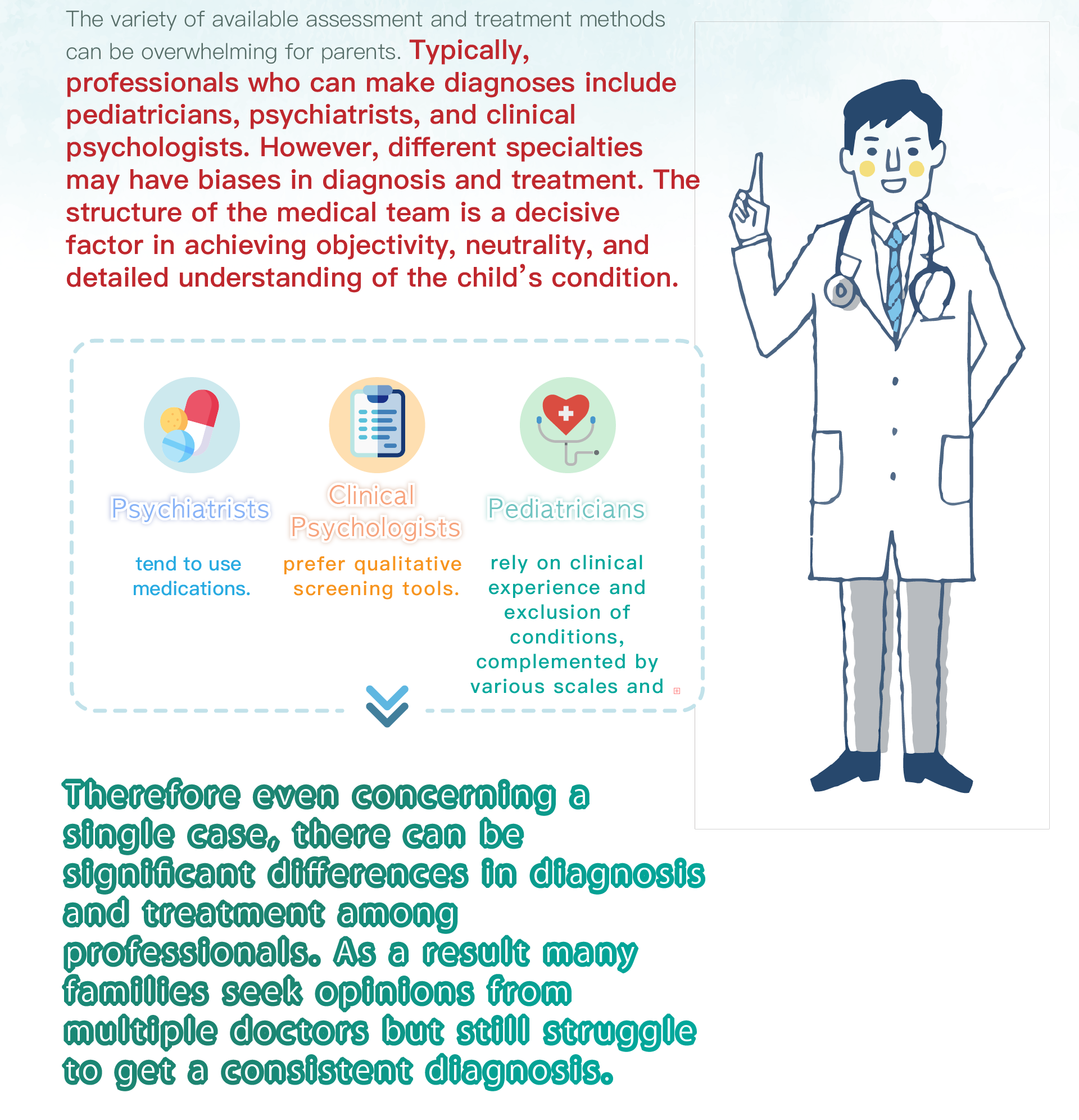
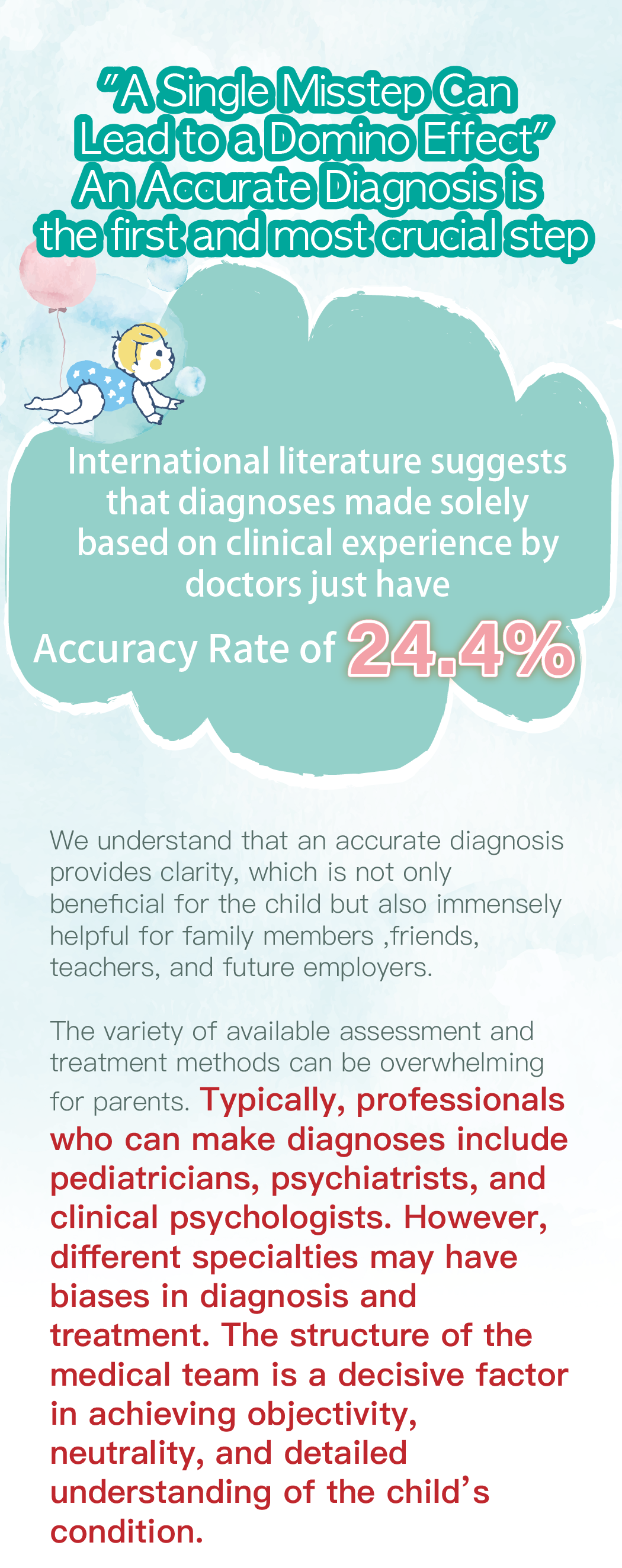
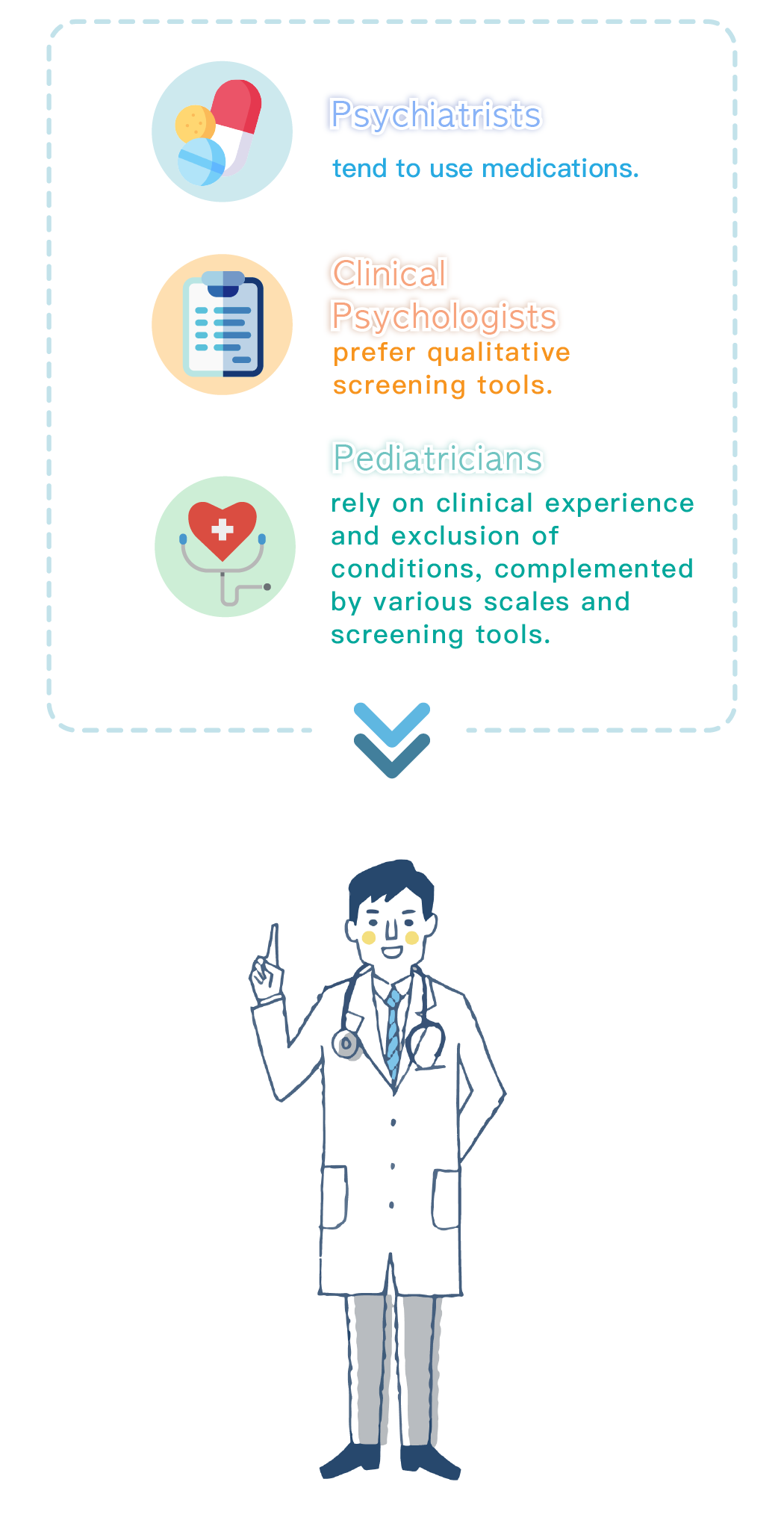
Therefore even regarding a single case, there can be a significant differences in diagnosis and treatment among professionals. As a result , many families seek opinions from multiple doctors but still struggle to obtain a consistent diagnosis.


Isolated Speech
Delay
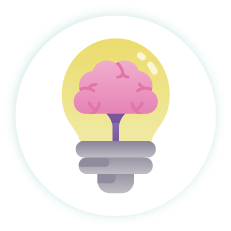
Global Developmental Delay

Social Anxiety/ Anxiety Disorder

Selective Mutism

Inattentive Type ADHD-PI

Hyperactive-Impulsive Type ADHD-PH

Combined Type ADHD-C
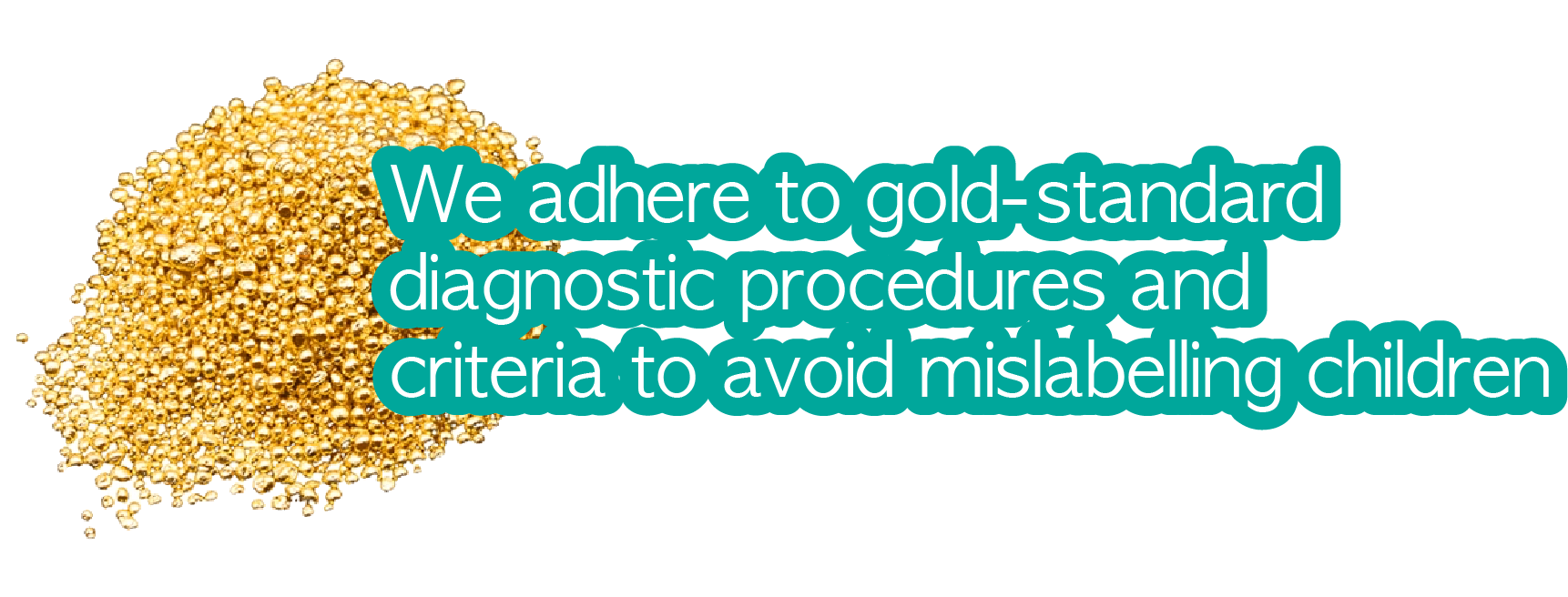
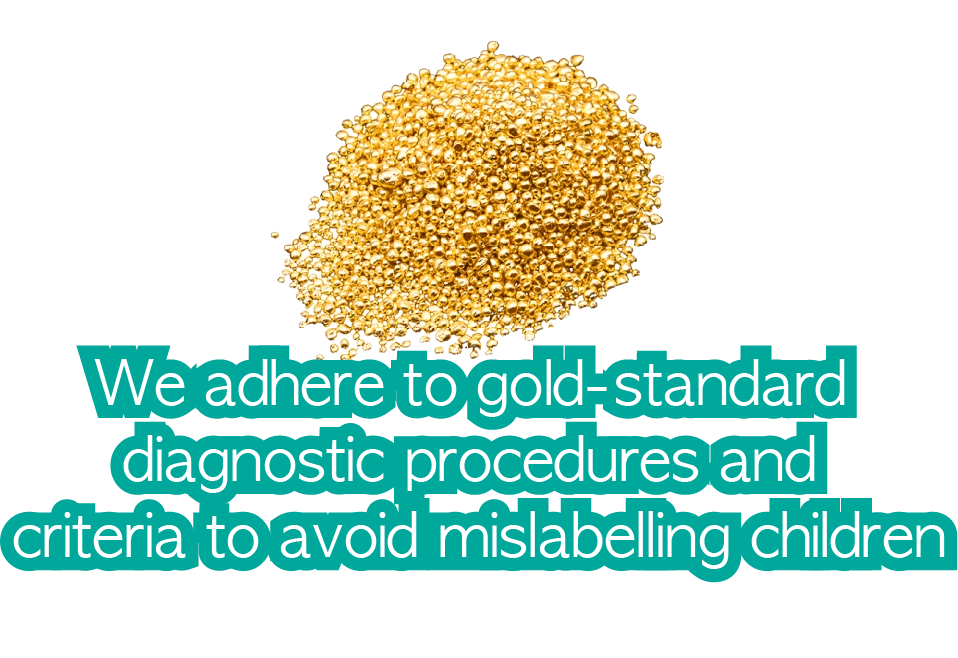
LuxMed is one of the few comprehensive , one-stop medical centers for child development and emotional disorder support. We bring various professionals together ,including pediatricians, psychiatrists, and clinical psychologists, to form a more neutral and objective diagnostic team.

Our medical team uses not only locally common screening tools but also internationally recognized screening tools and child development scales. These tools are combined with various modules and high-standard validations. Additionally, to better understand the child’s condition, we utilize various quantitative screening tools and systems for analysis, adhering to gold-standard diagnostic procedures to refine diagnoses and provide optimal treatment.
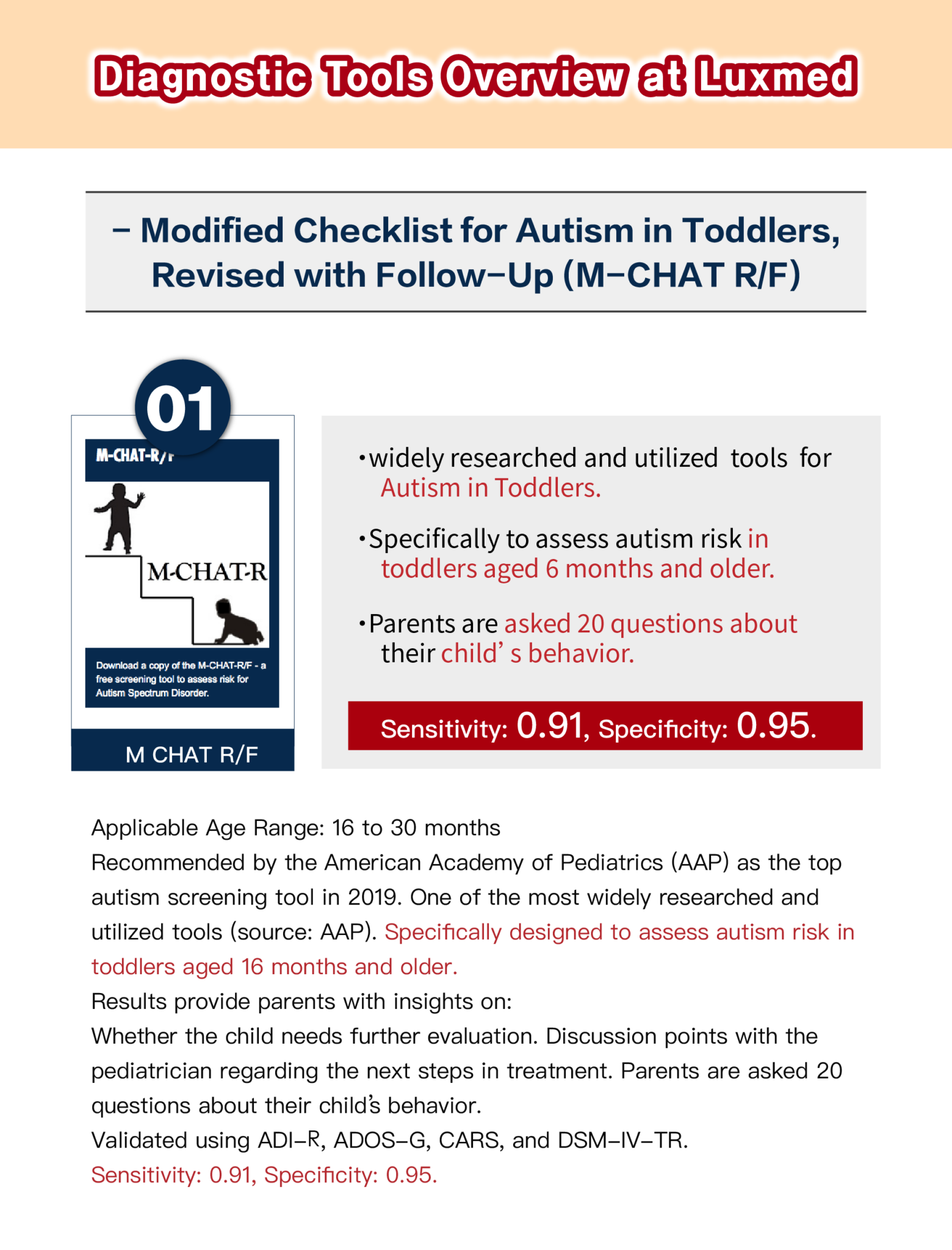
We employ neuroscience techniques such as Neurofeedback by using Quantitative Electroencephalogram (qEEG) instruments to help analyze and identify the source of the disorder, significantly improving diagnostic quality and consistency. Our technologies and instruments are certified by various international authoritative organizations, including the FDA, ISNR, NCME, APA (American Academy of Pediatrics), and the European Academy of Pediatrics. Based on our medical team’s diligent review of different literature, we believe this is the only internationally validated protocol for effective ADHD treatment using qEEG:
By collecting brainwaves and analyzing different regions, and comparing them to a normal database reference, we can determine which part of the brain is overactive, underactive, unsynchronized with other regions, or has excessive or insufficient communication. This effectively aids doctors in making accurate diagnoses.

Our Team includes: Pediatric Specialists; Psychiatric Specialists; Clinical Psychologists; Educational Psychologists; Occupational Therapists; Speech Therapists; Board Certified Behavior Analysts (BCBA); General Practitioners; Play Therapists; Registered Nurses.
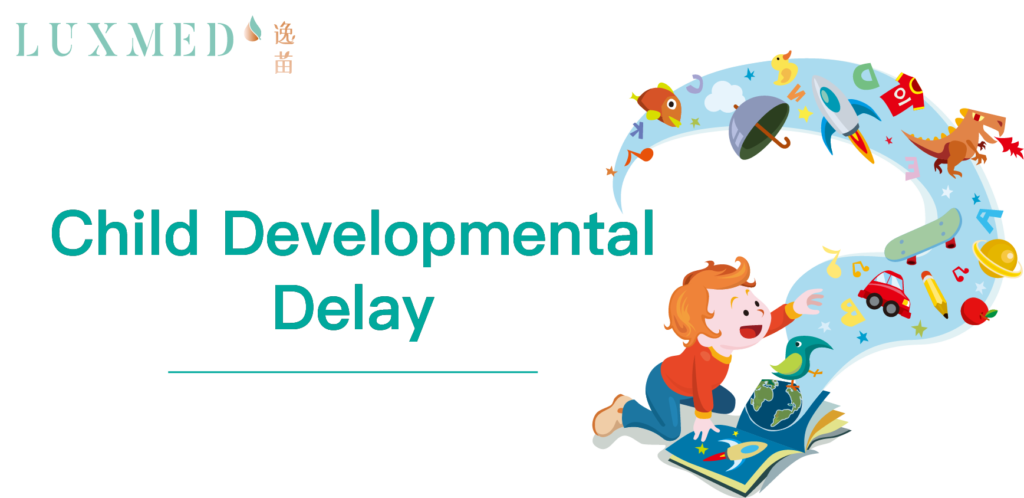
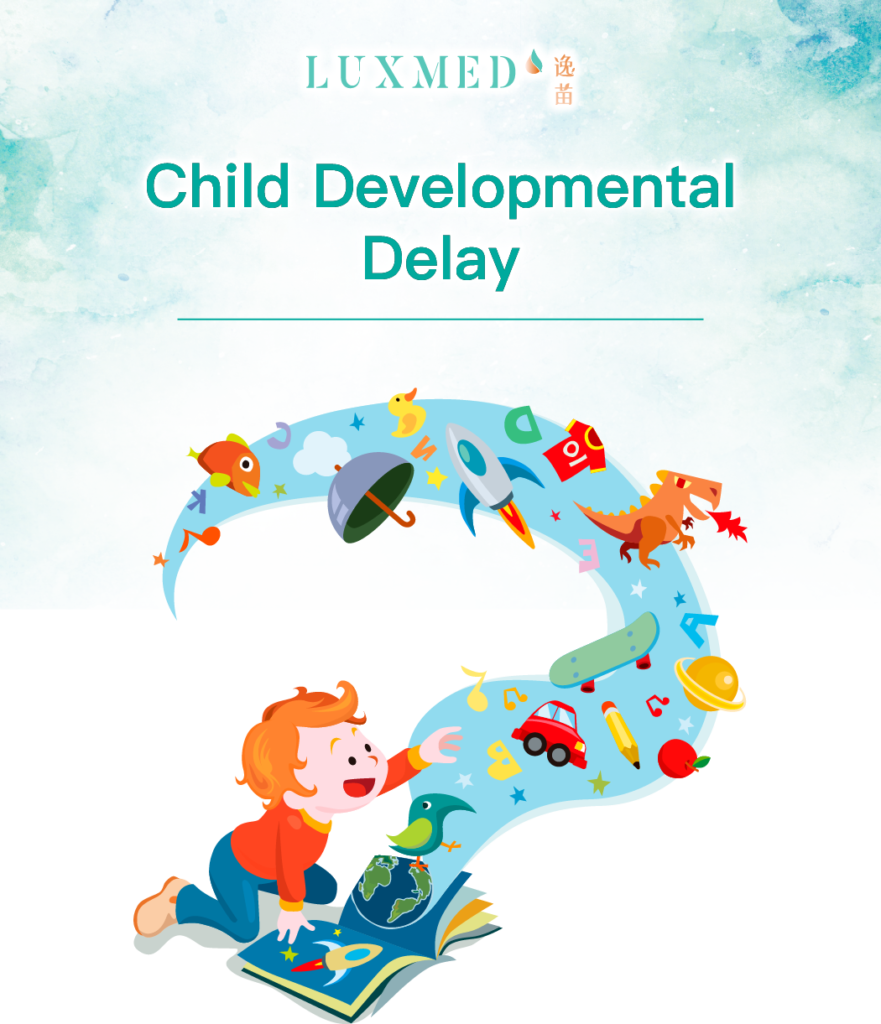

Developmental delay refers to a child consistently lags behind in developing the skills expected for their age. A child’s growth encompasses more than just physical development; it also includes their interactions with the environment, behaviors, play, learning and communication skills.

According to literature, 12% to 16% of children in the United States have at least one developmental delay, yet as many as half of these children remain undiagnosed by the time they enter kindergarten. If developmental delays are detected too late, opportunities for early intervention may be missed.

In Hong Kong, statistics indicate that there were approximately 3,600 new cases of developmental delay in 2017, rising to 4,500 in 2019. According to the statistics from the Child Assessment Service, there were 9,800 referral cases in 2019, with developmental delay accounting for about 30% of these cases. The male-to-female ratio is roughly 3:1. Recent research supports the use of validated screening tools at regular intervals, in addition to physician surveillance. If developmental delay is identified or suspected, further evaluation and referral are recommended.
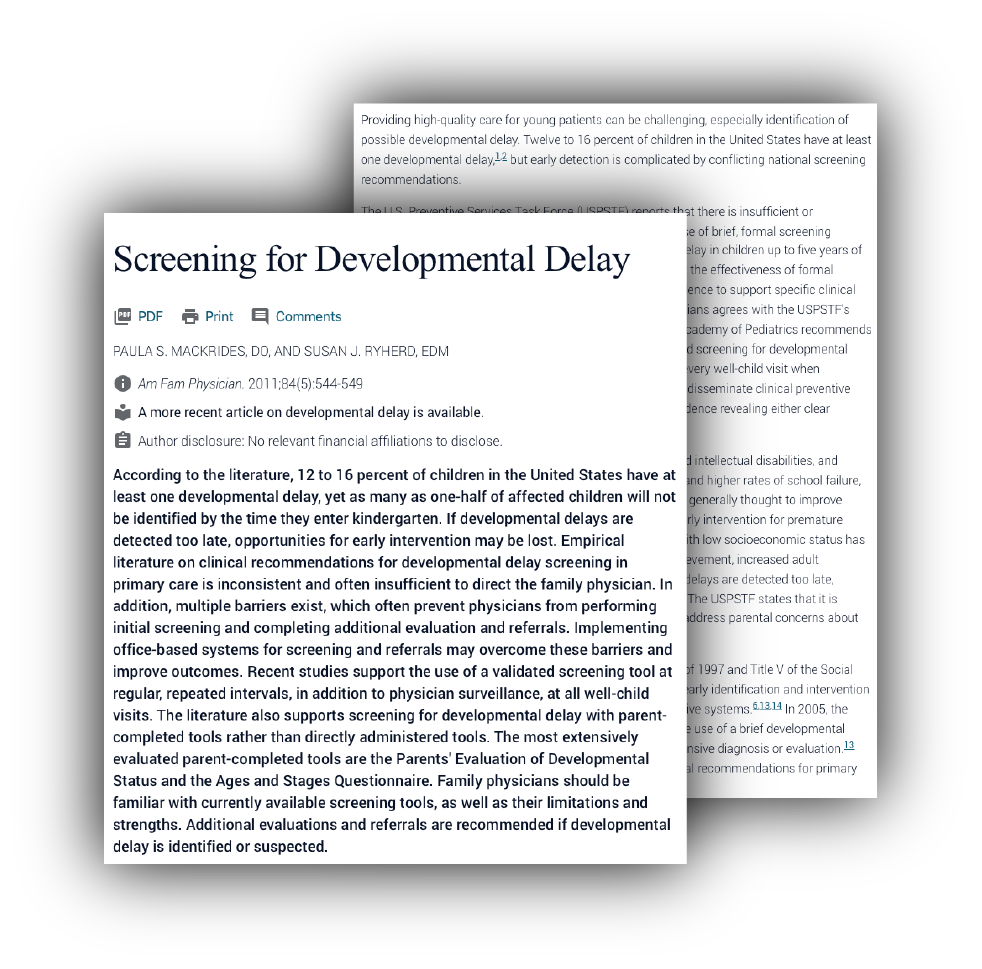
Reference: Mackrides, P. S., & Ryherd, S. J. (2011, September 1). Screening for Developmental Delay. American Family Physician.https://www.aafp.org/pubs/afp/issues/2011/0901/p544.html
Developmental delay means that your child has not reached expected developmental milestones. This generally suggests that your child is developing certain skills more slowly than their peers. However, with early intervention and support, children can often catch up to their peers.
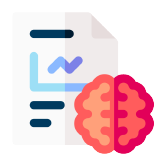
Children with developmental delay may exhibit delays in the following areas:

The ability to learn, think, or solve problems.
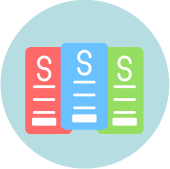
This includes verbal comprehension (understanding others verbally), verbal expression (expressing oneself verbally), and phonology (pronunciation).

Activities such as sitting, crawling, walking, running, and jumping; muscle strength; balance; and coordination related skills.

Hand-eye coordination, dexterity, grip strength, and pre-writing skills.

Social skills, communication skills, self-care abilities, and basic skills required for daily living.
Source: Developmental delay. DHCAS. (n.d.). https://www.dhcas.gov.hk/en/developmental_delay.html
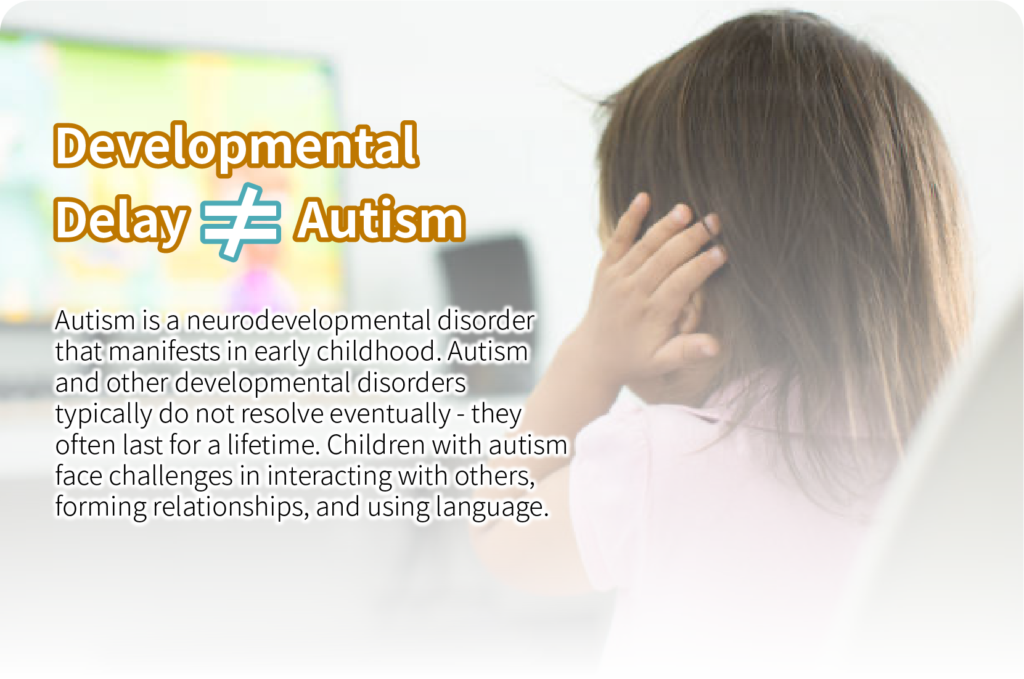
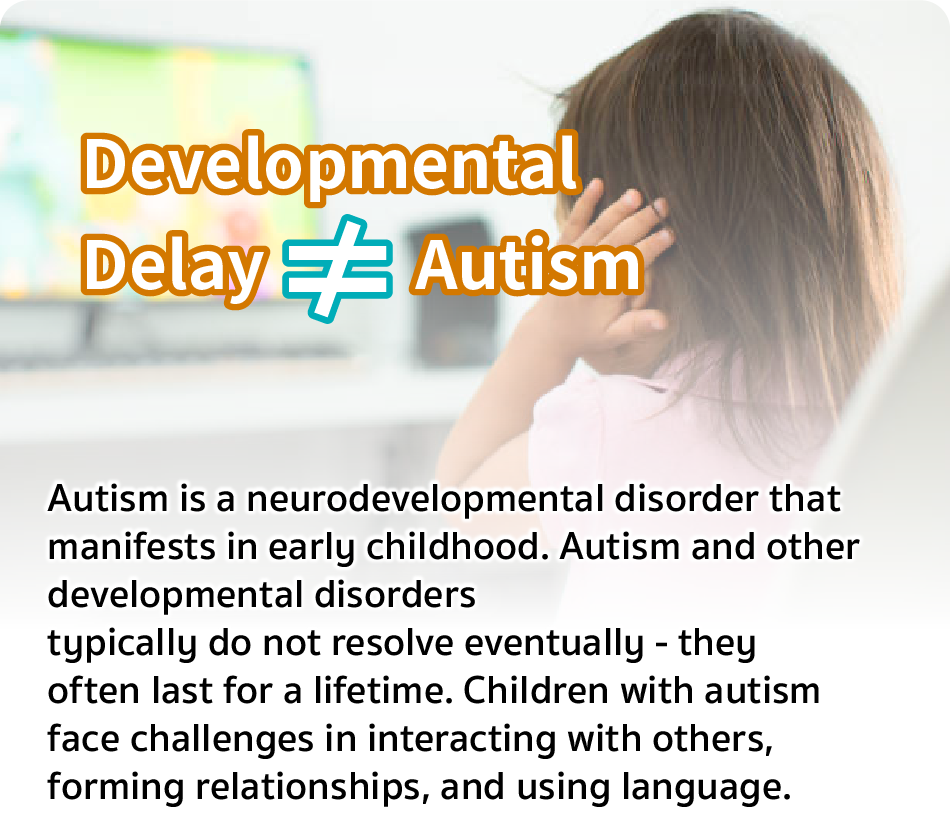





Social Difficulties: Children may be fearful of interacting with unfamiliar people, exhibit withdrawal or resistance, and show slower progress or lower quality in various developmental areas compared to peers (e.g., delayed gross and fine motor development, low muscle tone, slower language development, and weaker sensory reception or discrimination).
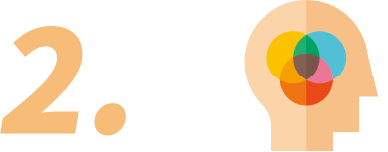
Slower Learning: They may have more difficulty understanding abstract concepts and applying logical reasoning.
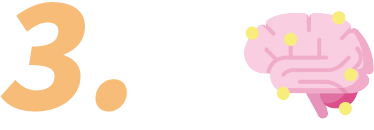
Weaker Attention and Memory: Attention span and memory may be below average.

Self-help Skills: They may struggle with self-help tasks, such as eating, dressing, grooming, and toileting.
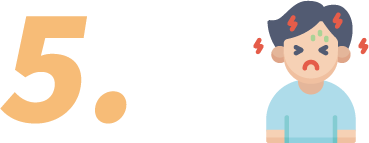
Low self-confidence: They may have a lower self-esteem and are prone to temper outbursts.

Hyperactivity and Disobedience: They may exhibit restlessness (“can’t sit still”) and have difficulty following instructions.

_0-8.png)
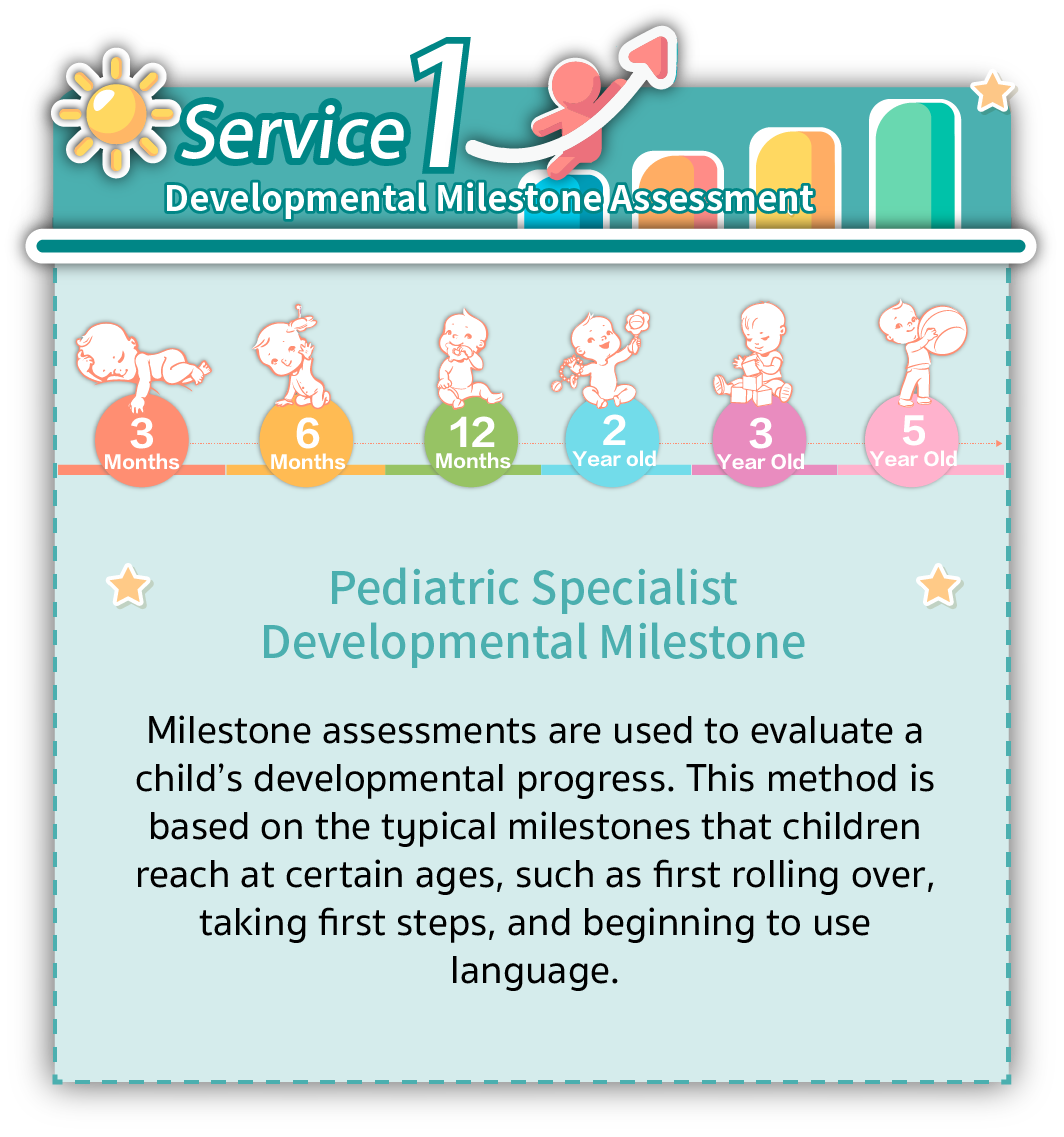
_0-9.png)
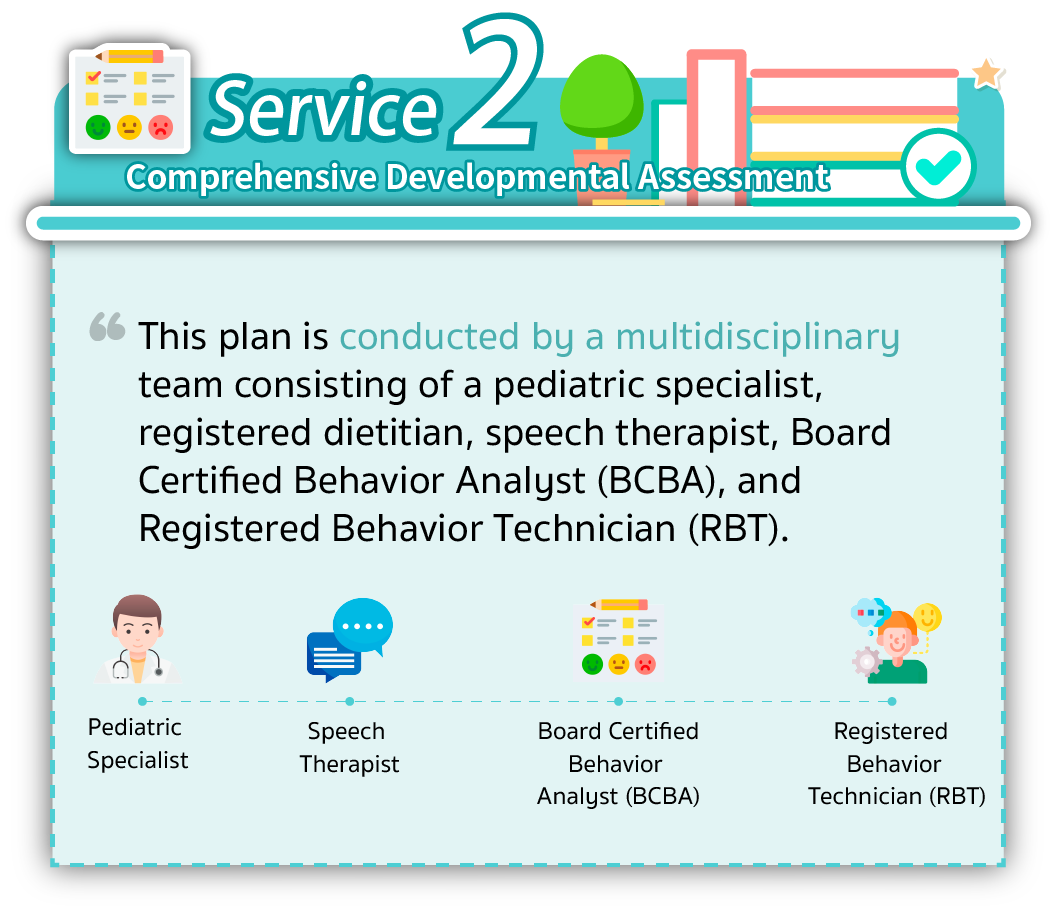
_0-10.png)
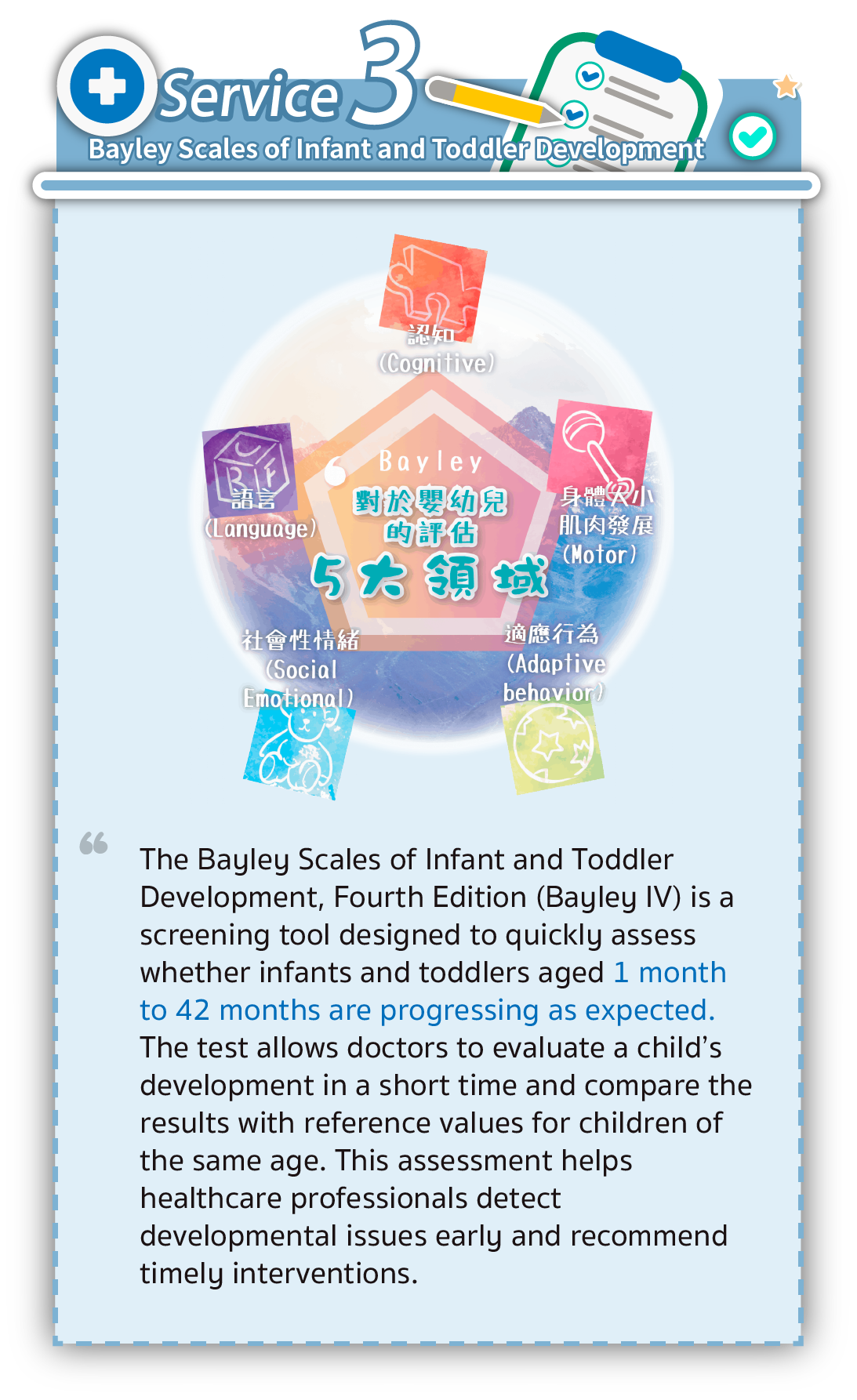
_0-11.png)
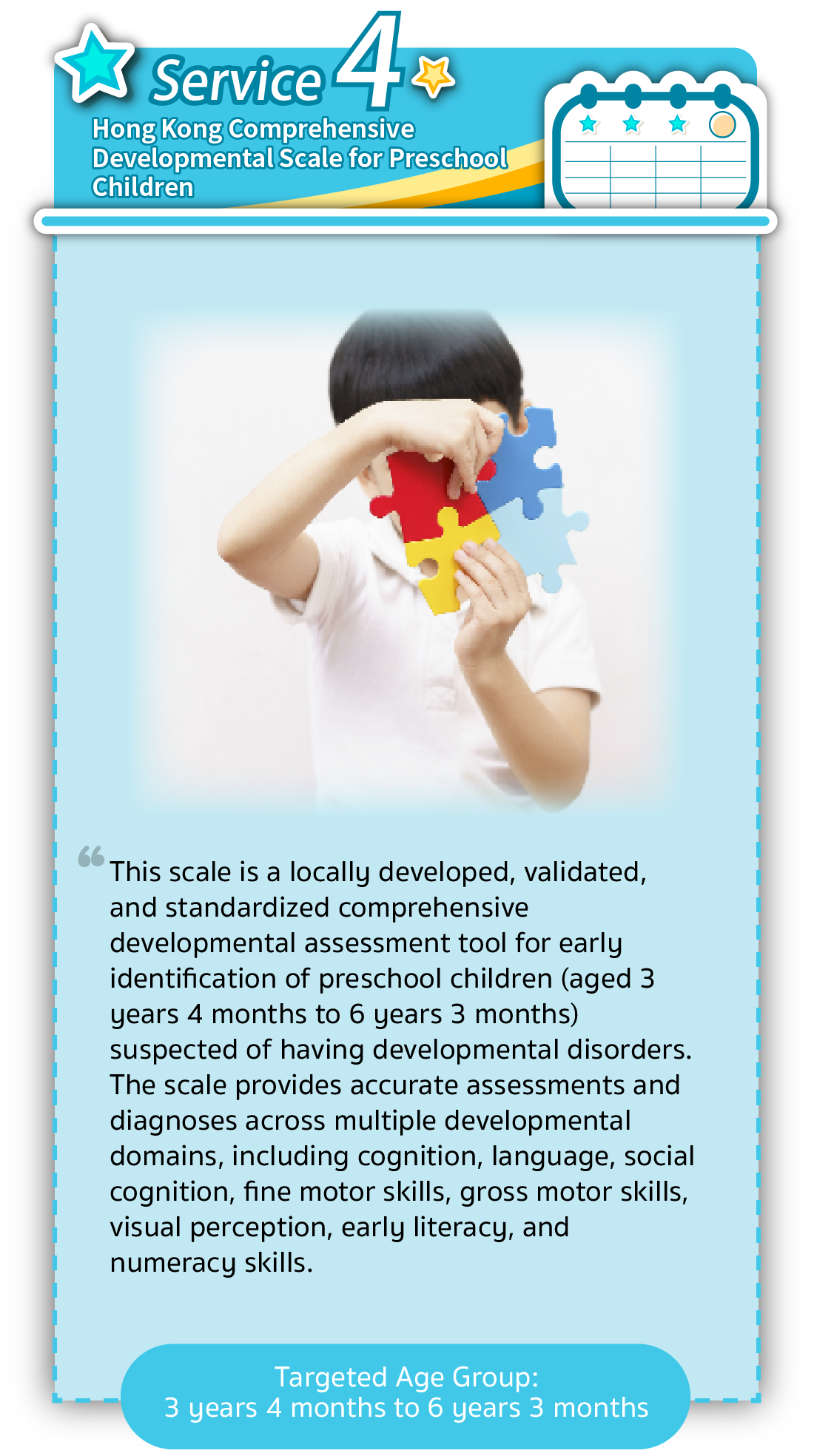
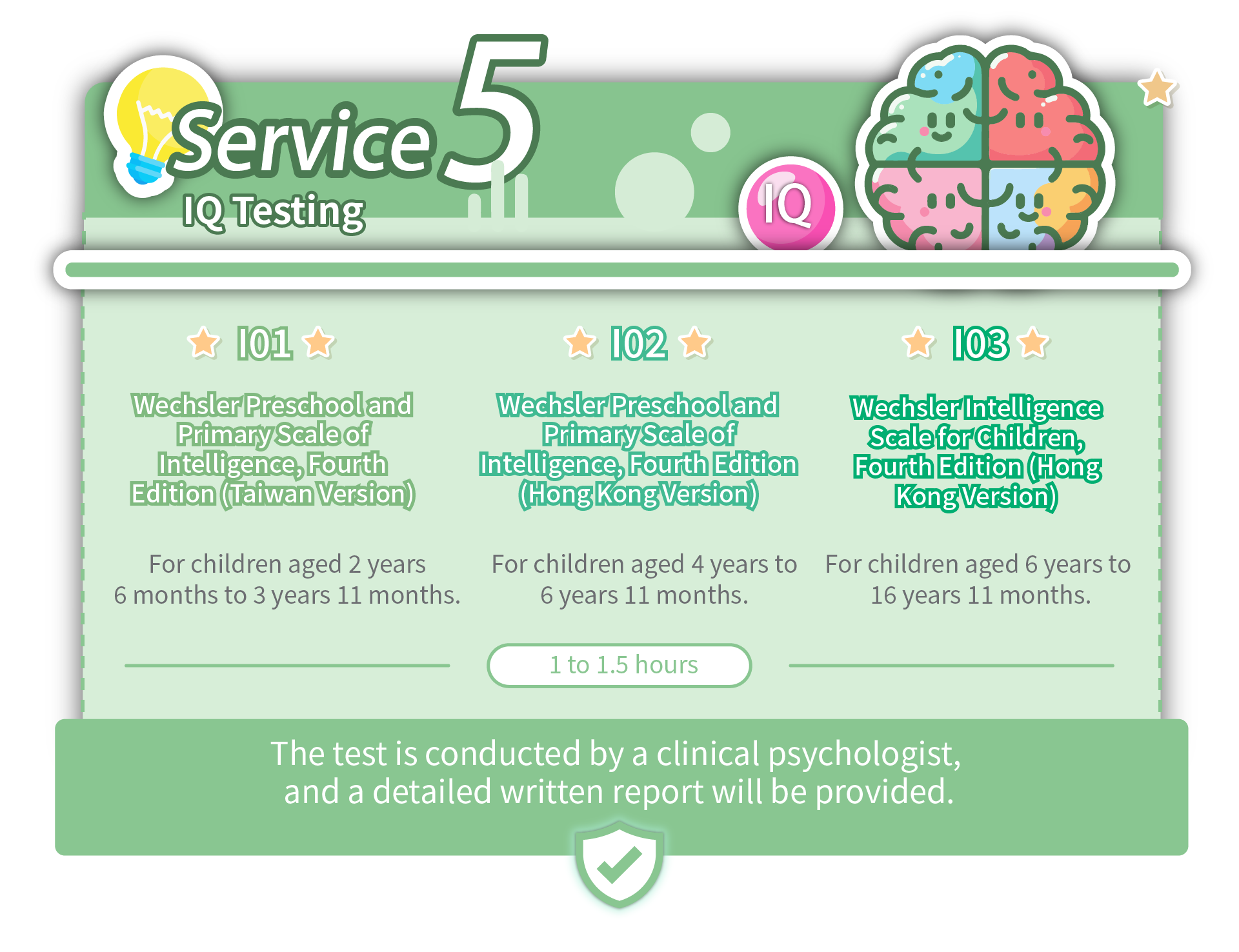

.jpg)
.jpg)
2.jpg)
2.jpg)
_0-15.png)
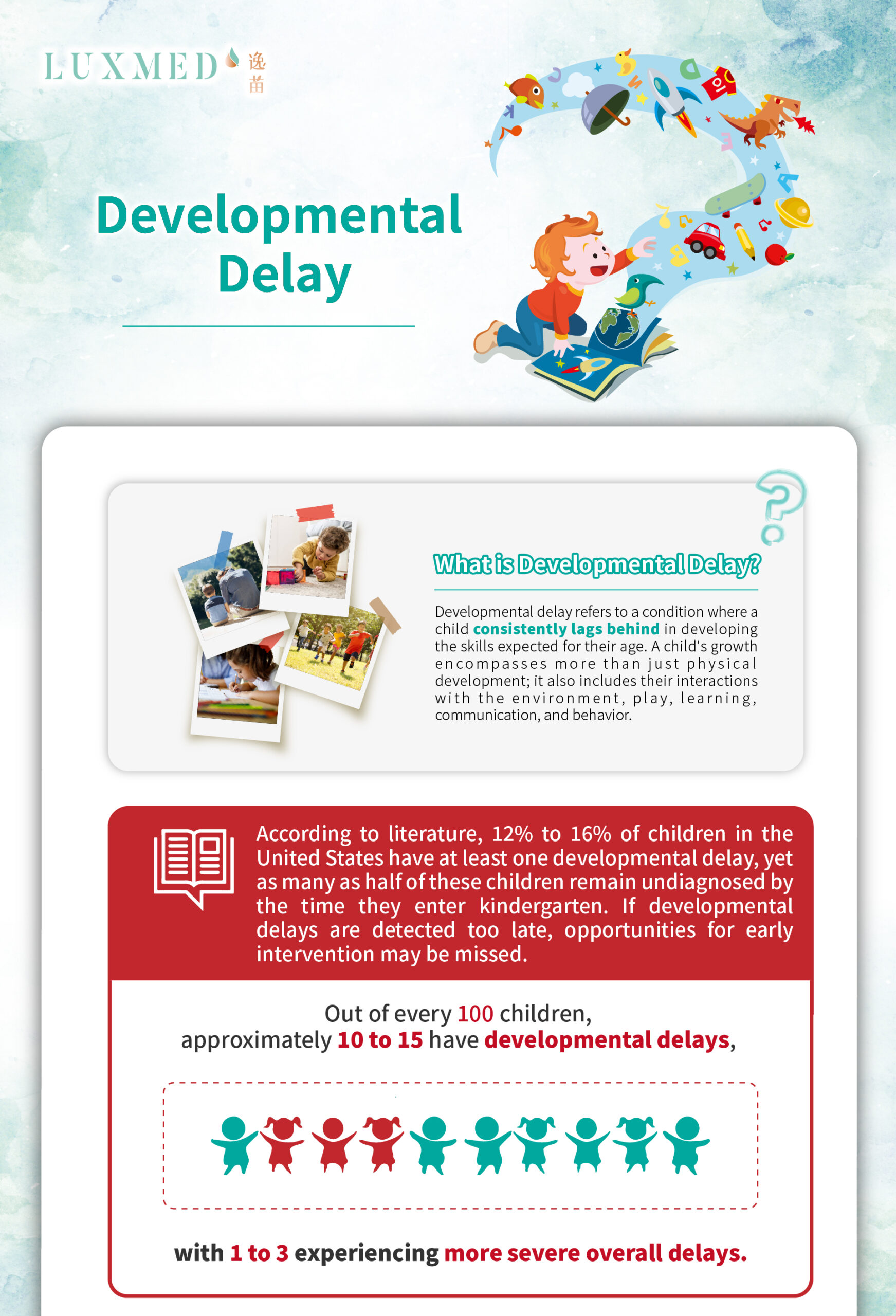
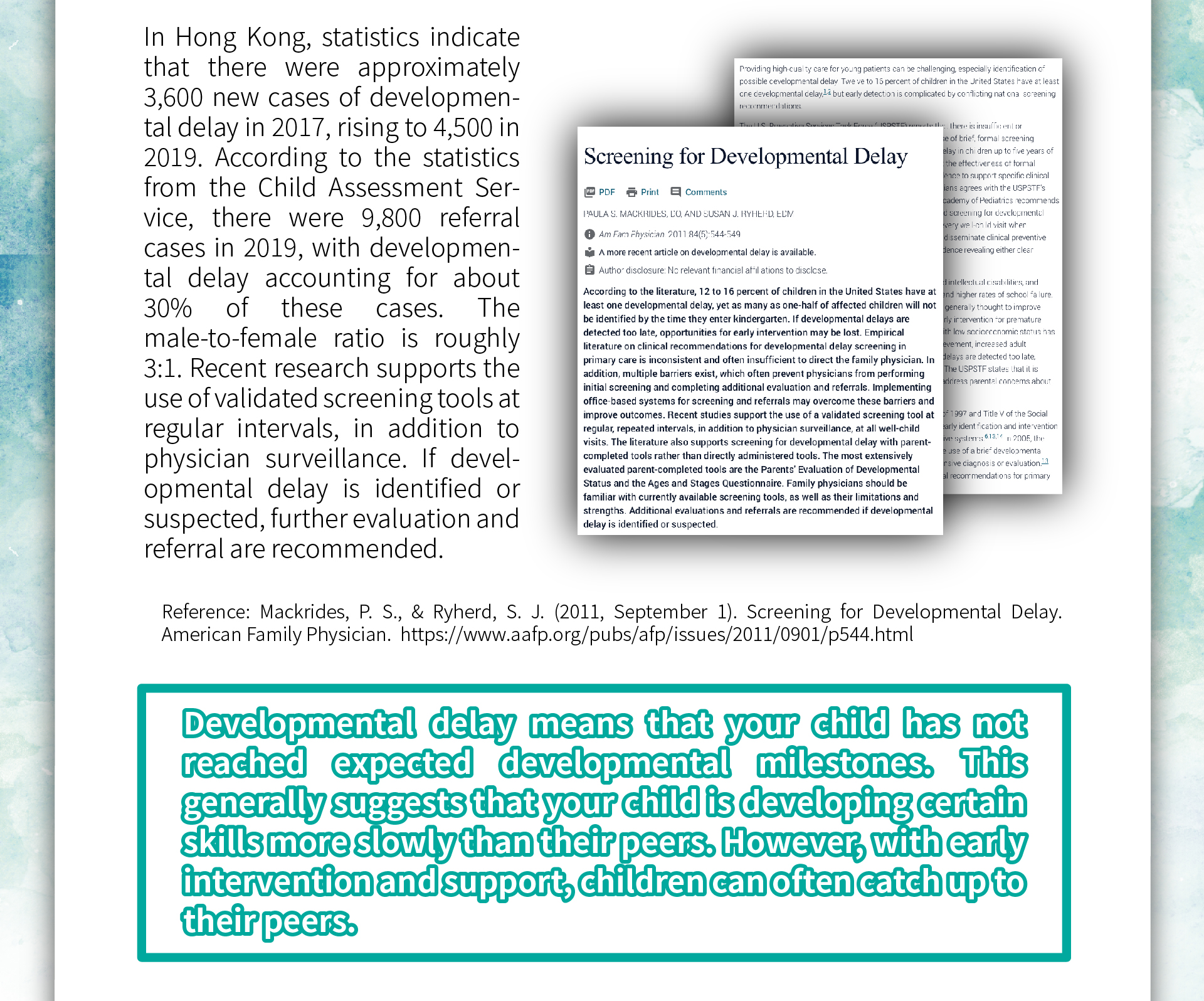
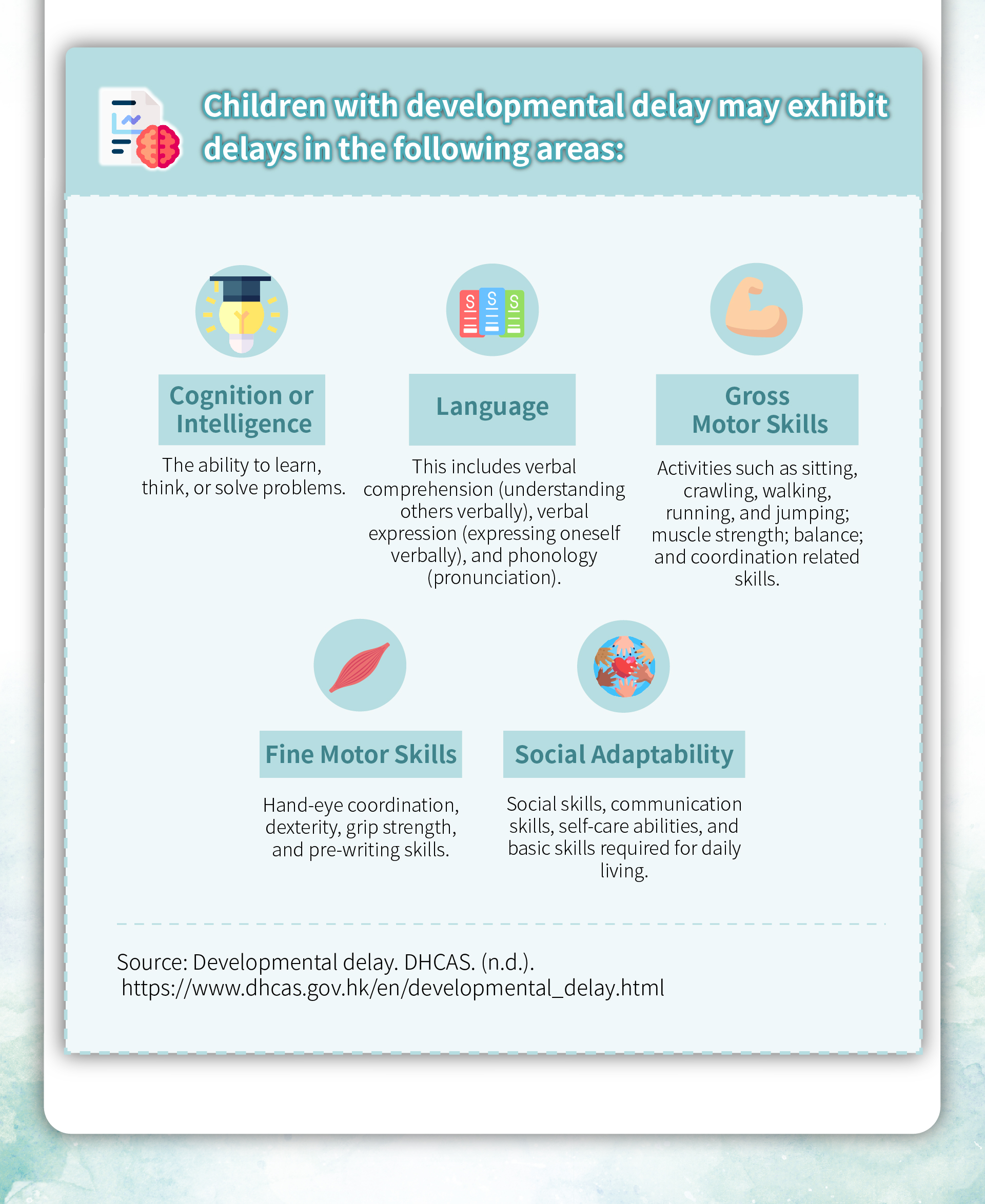
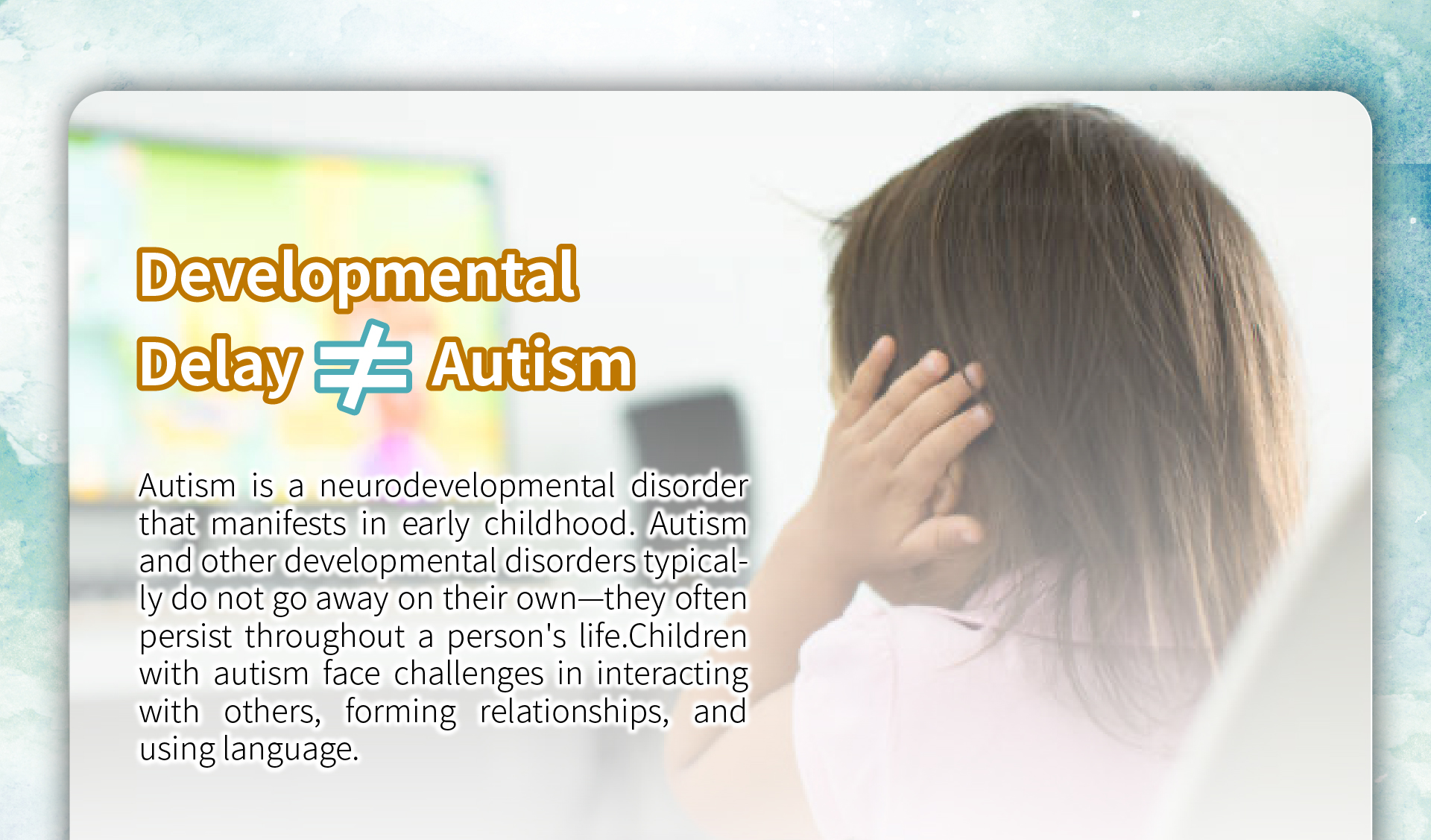





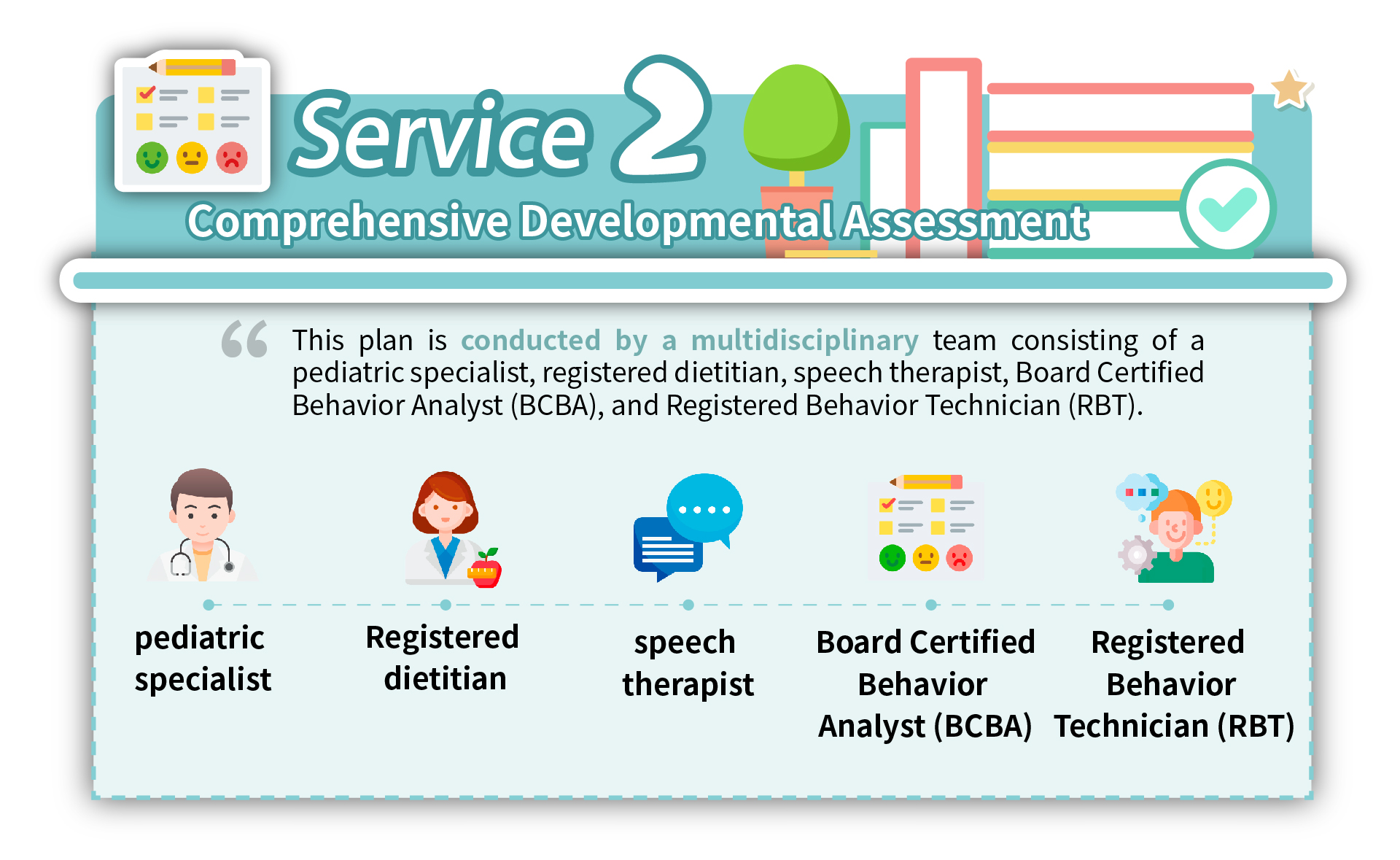
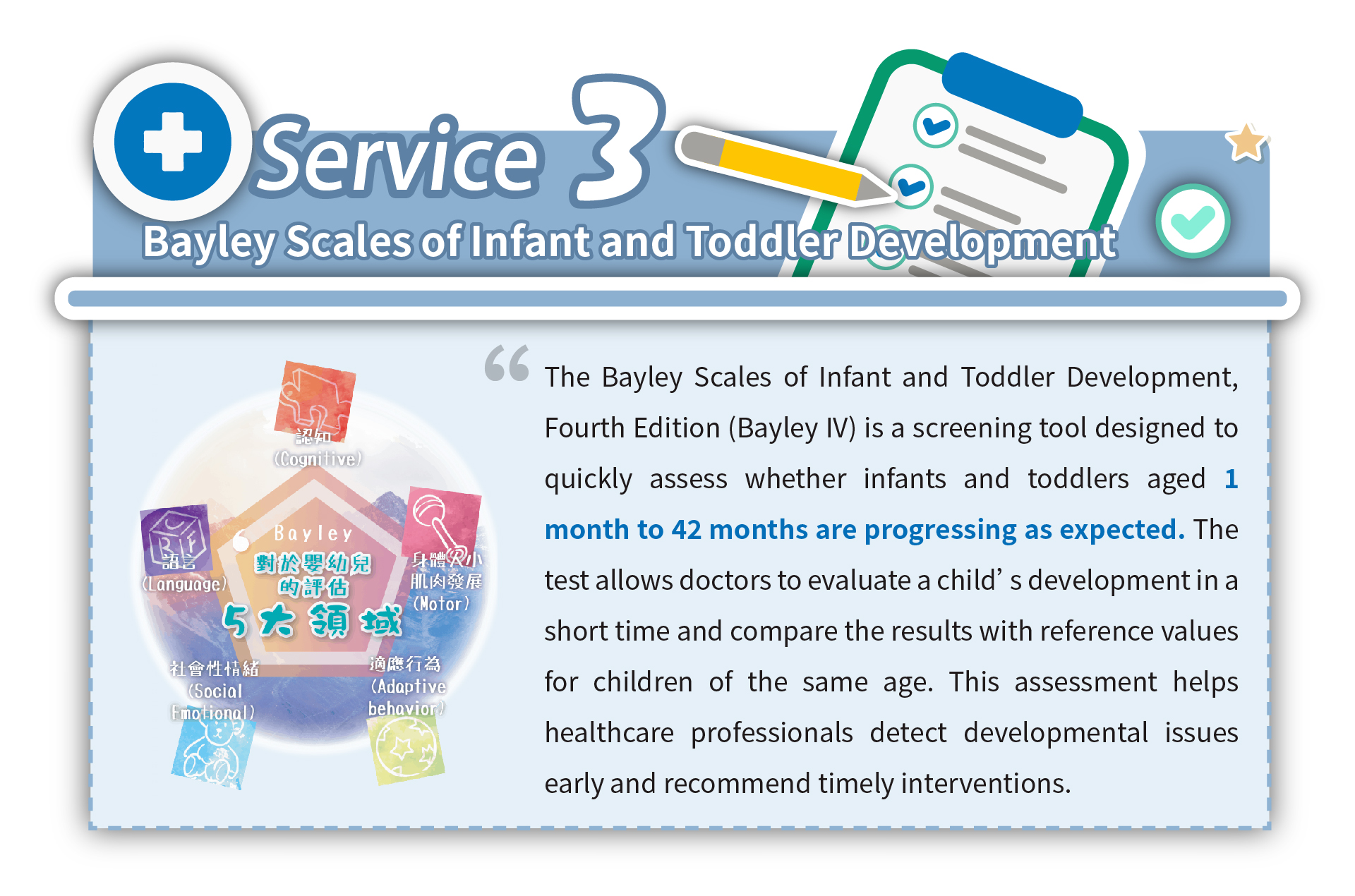
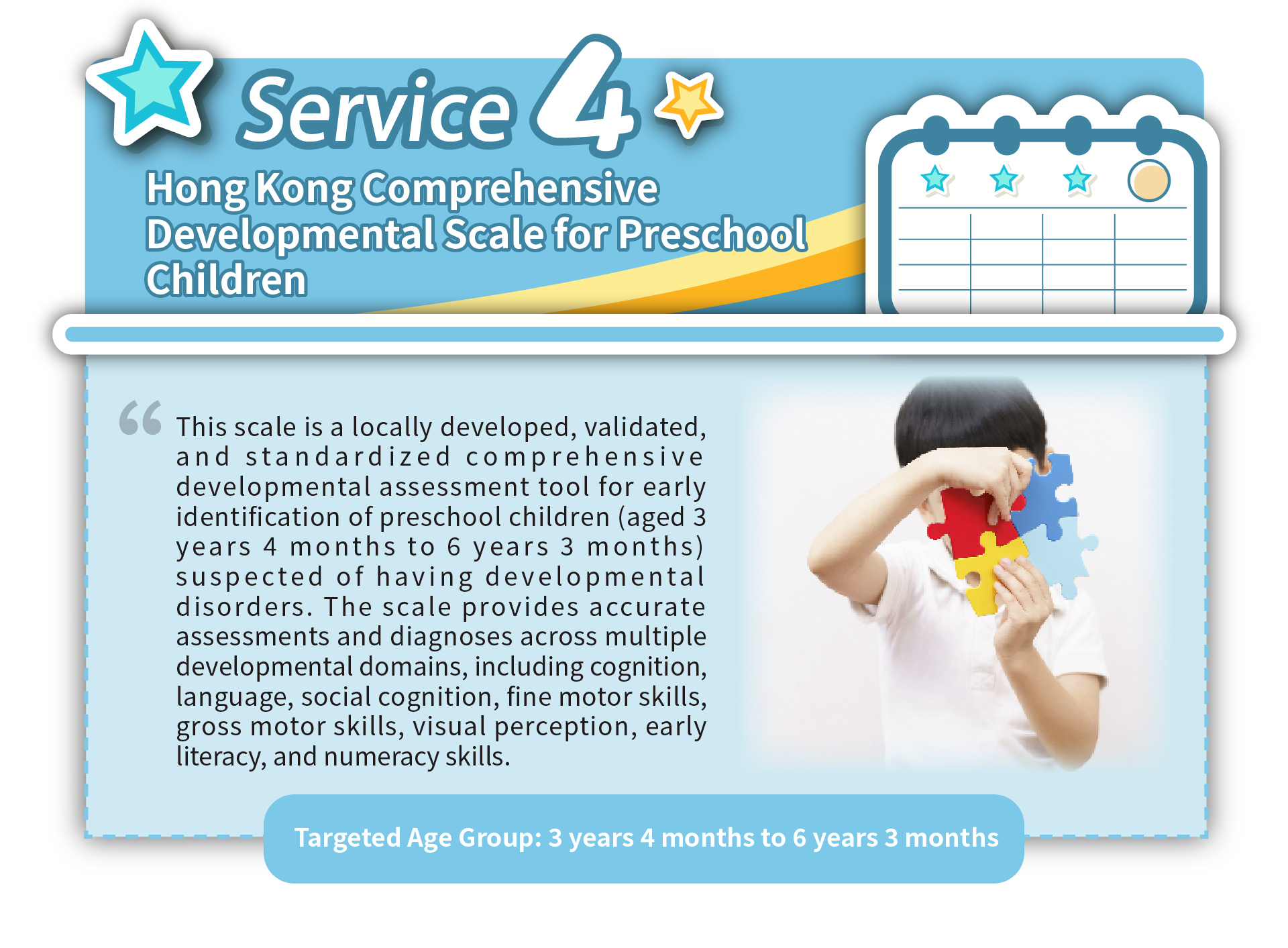
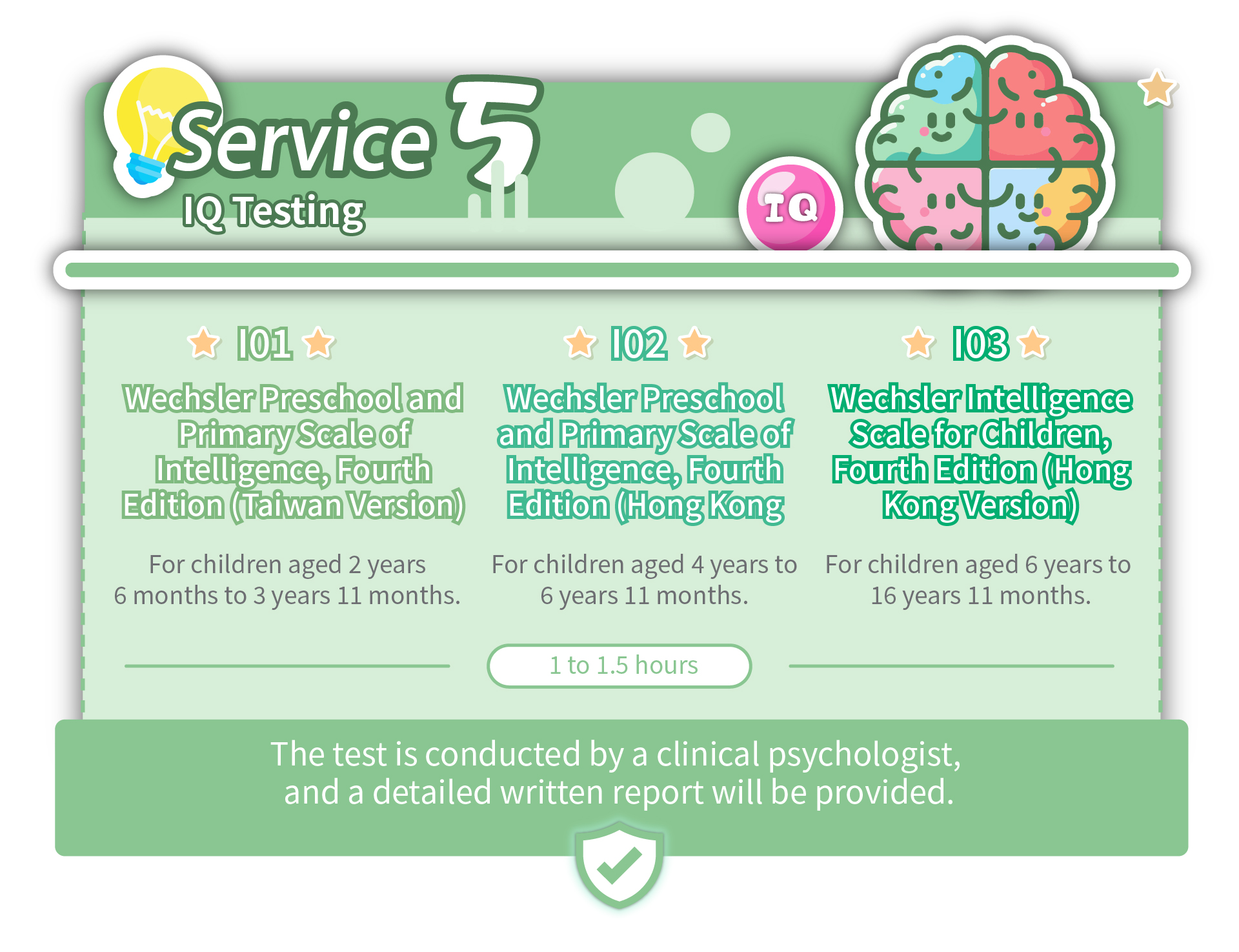
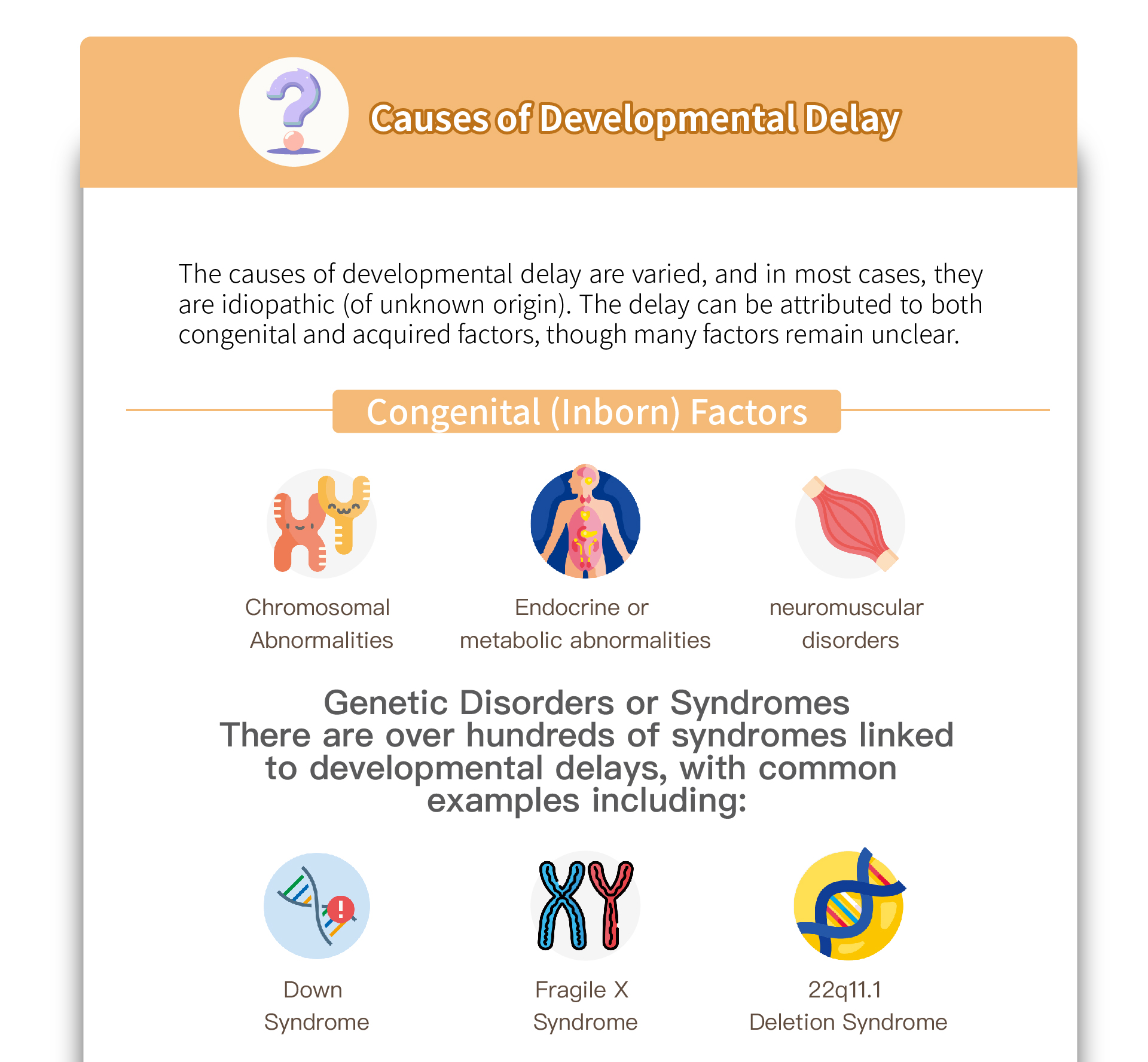
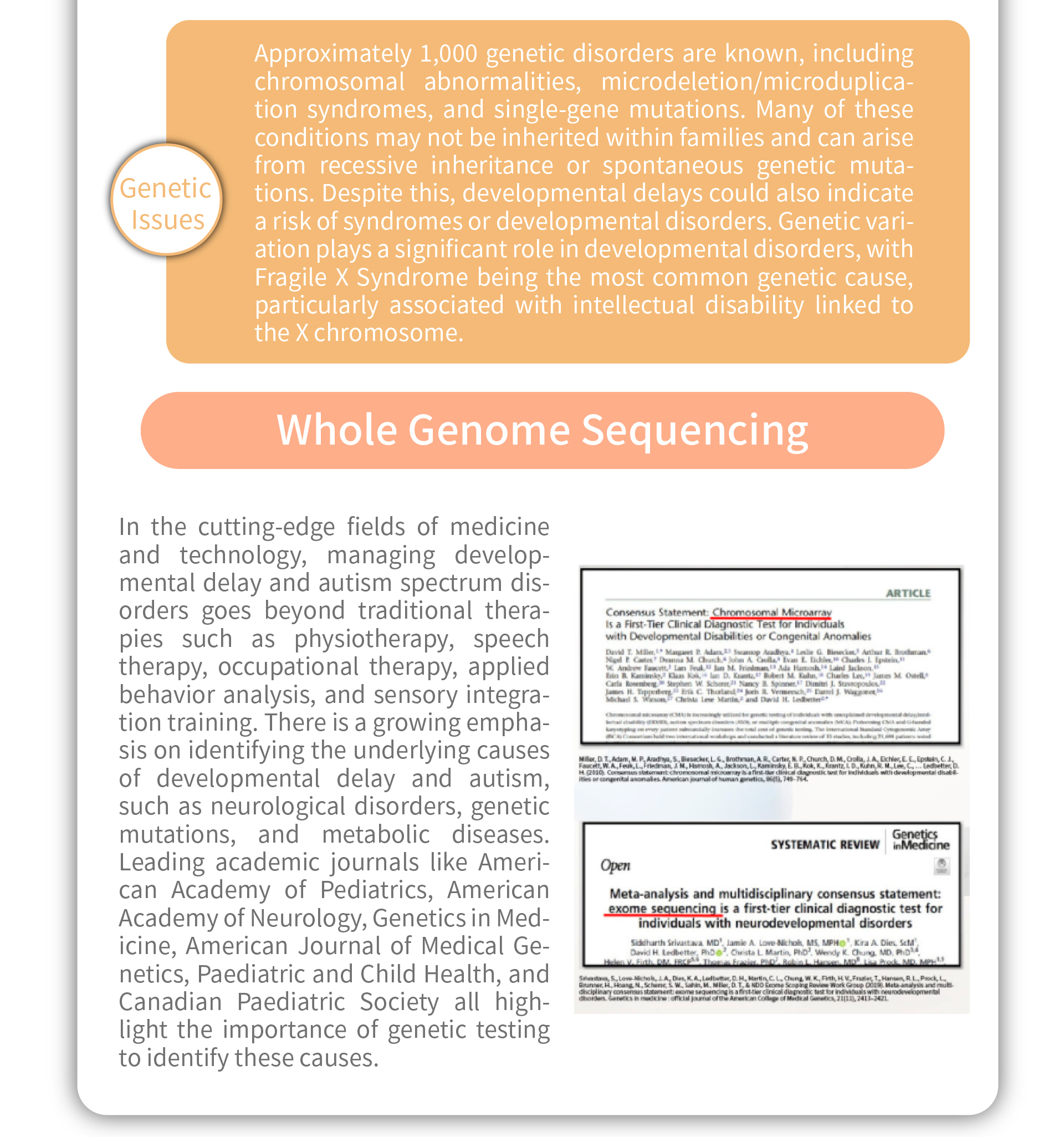

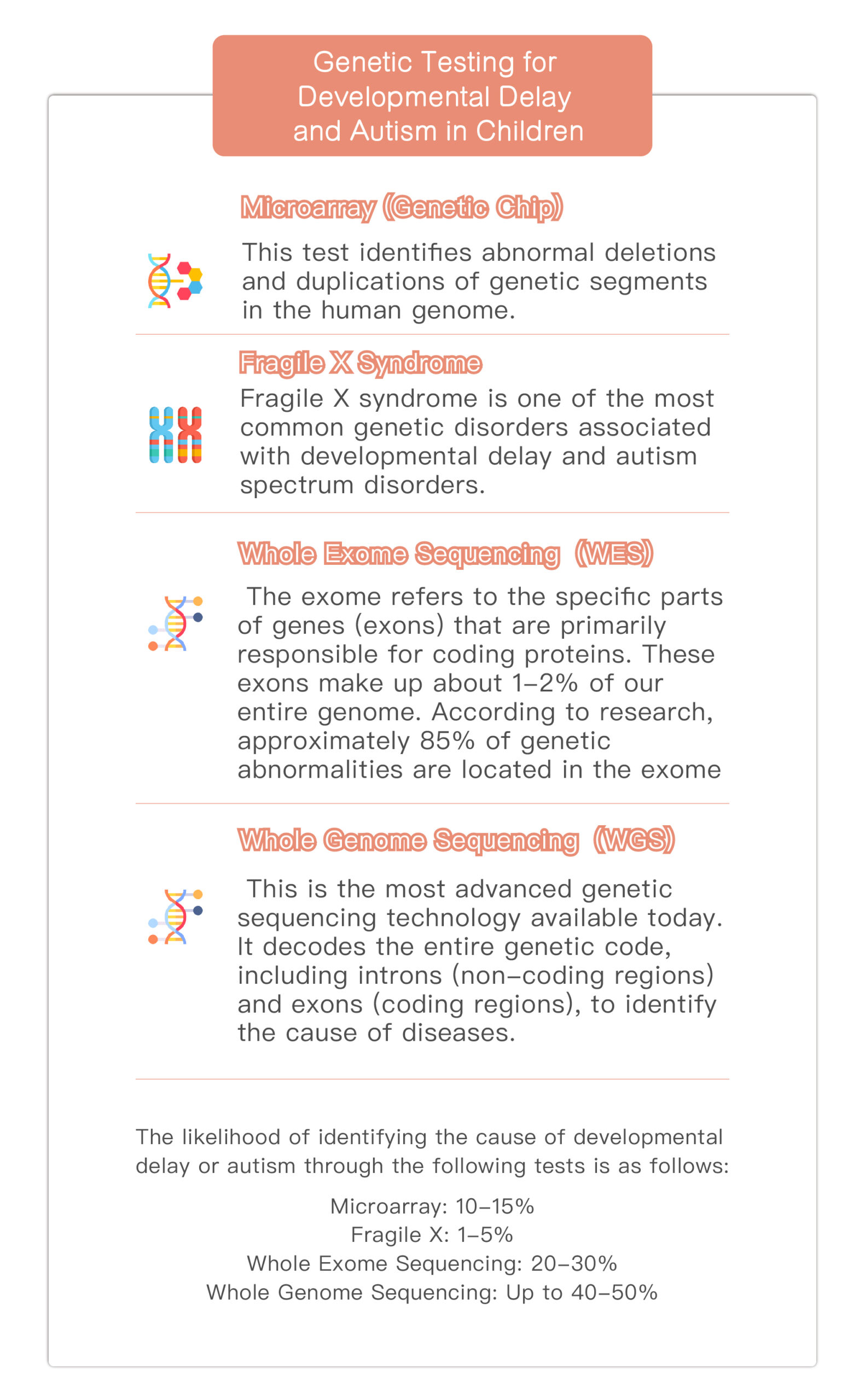
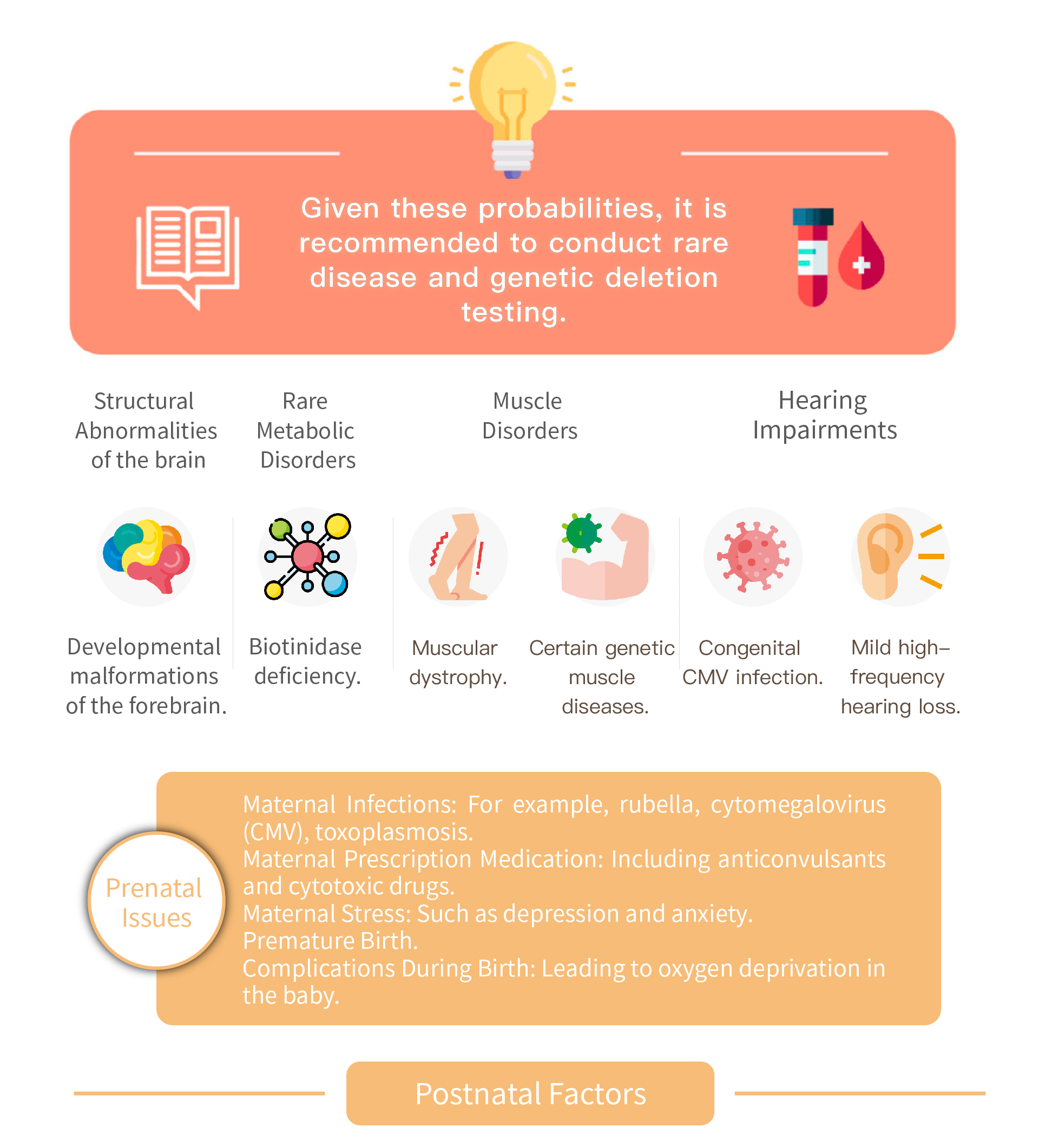

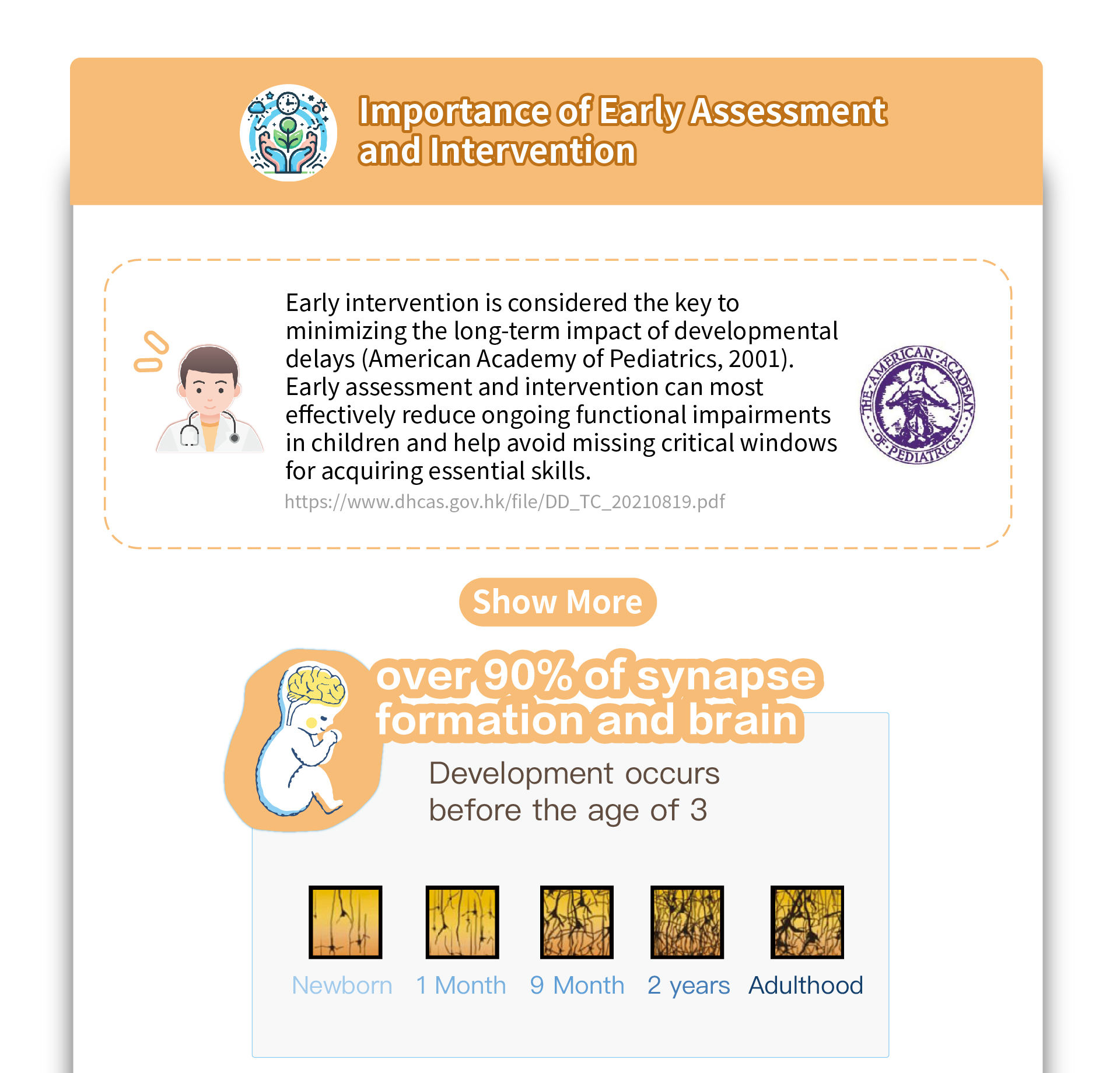

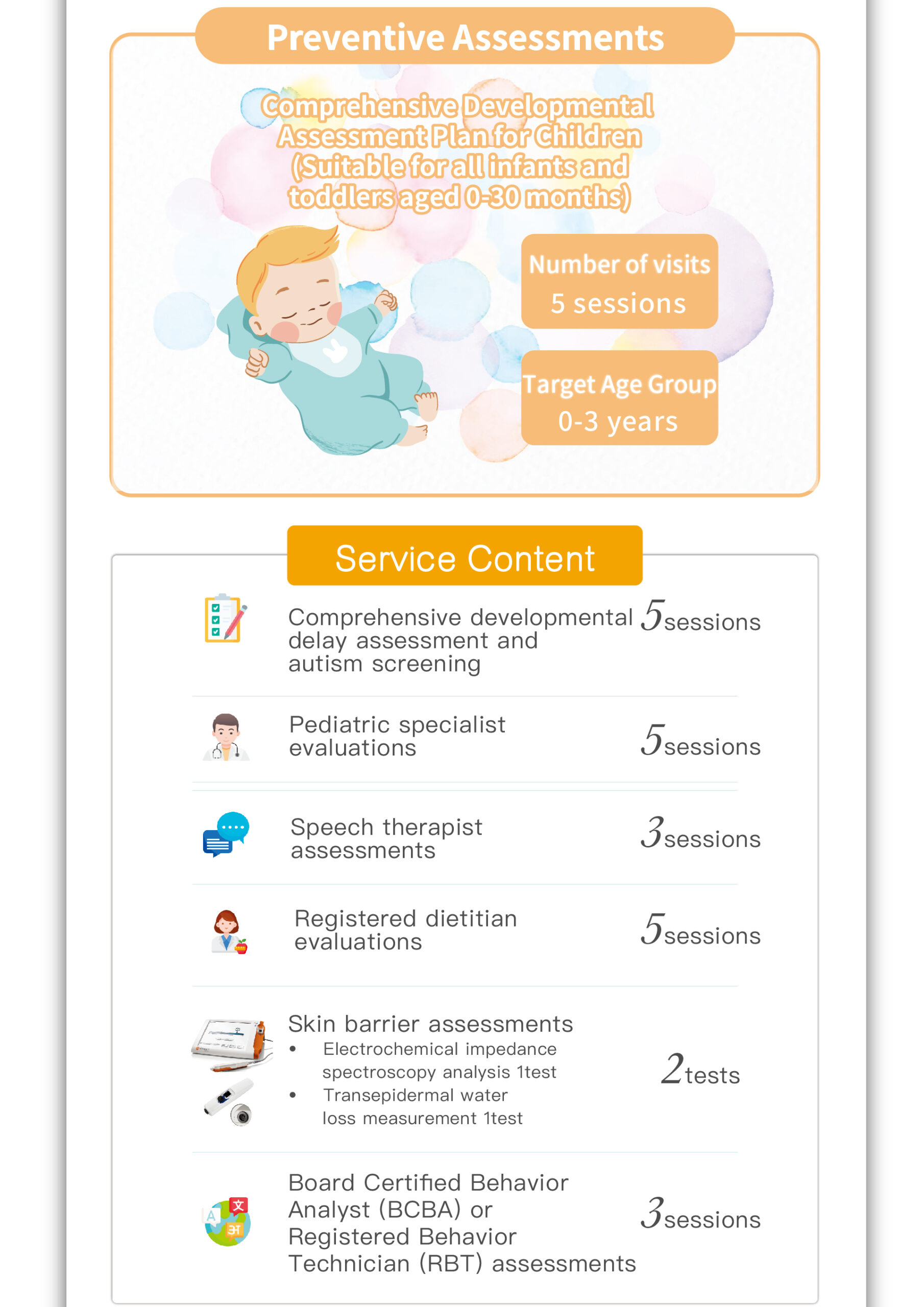
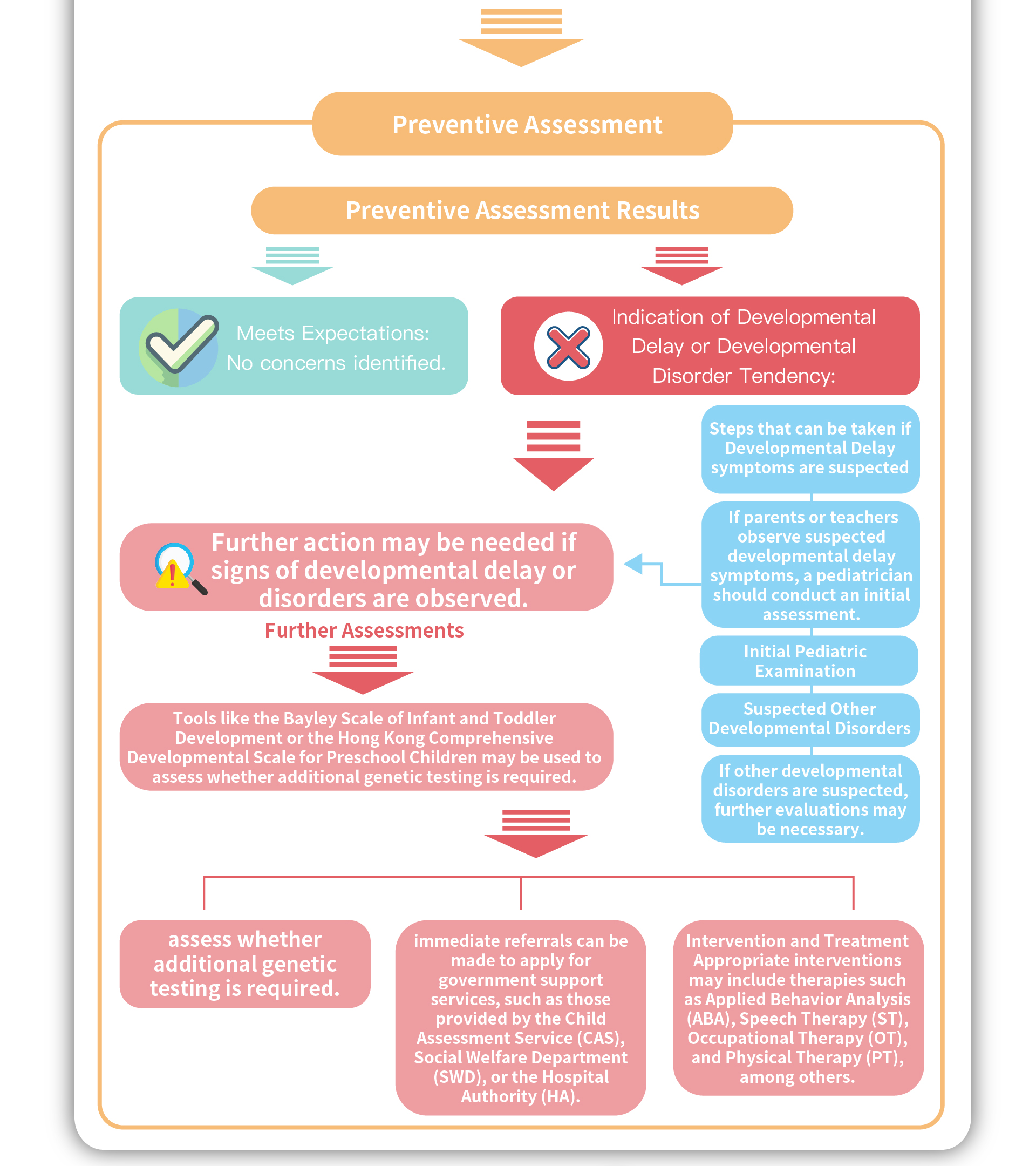


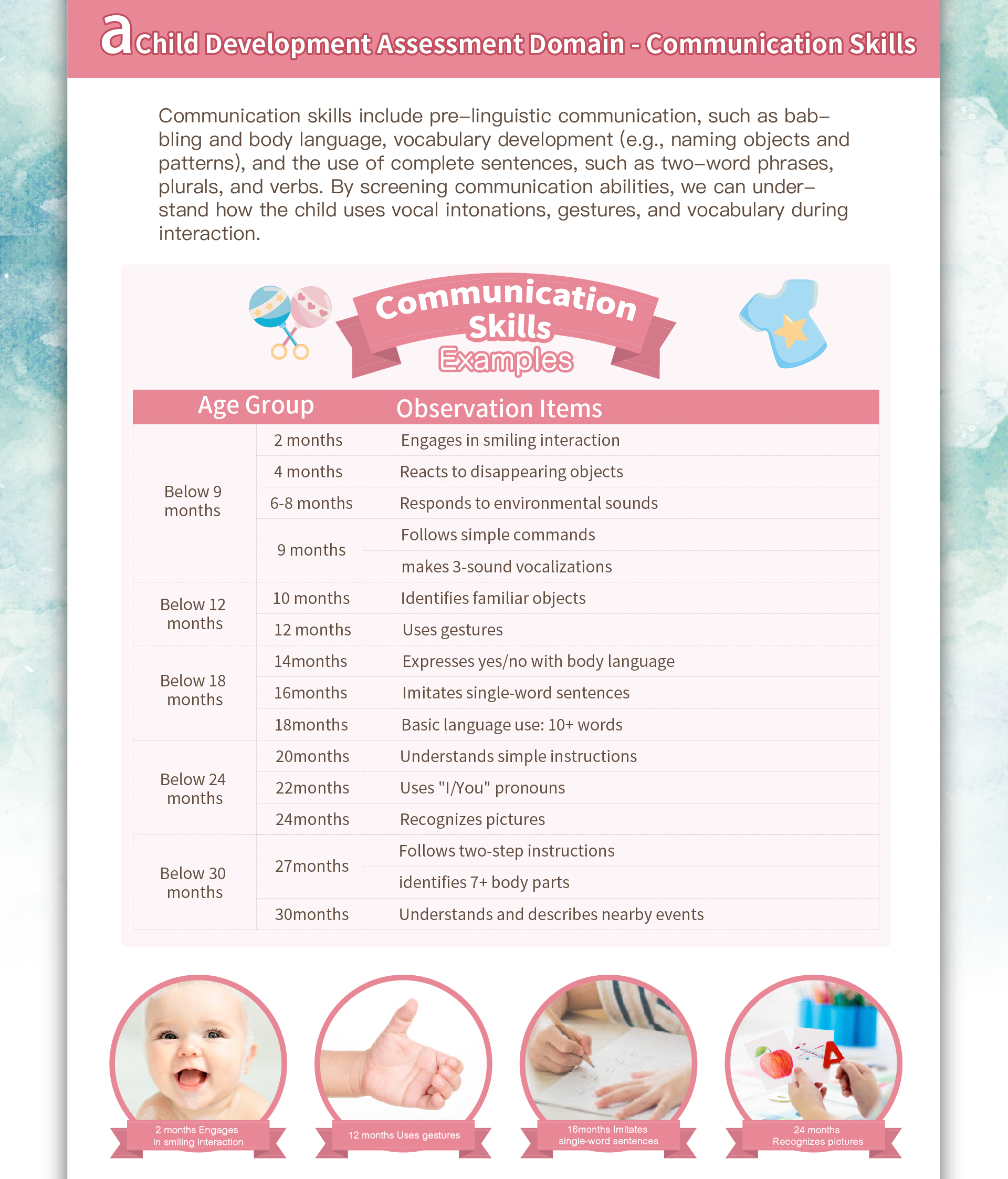

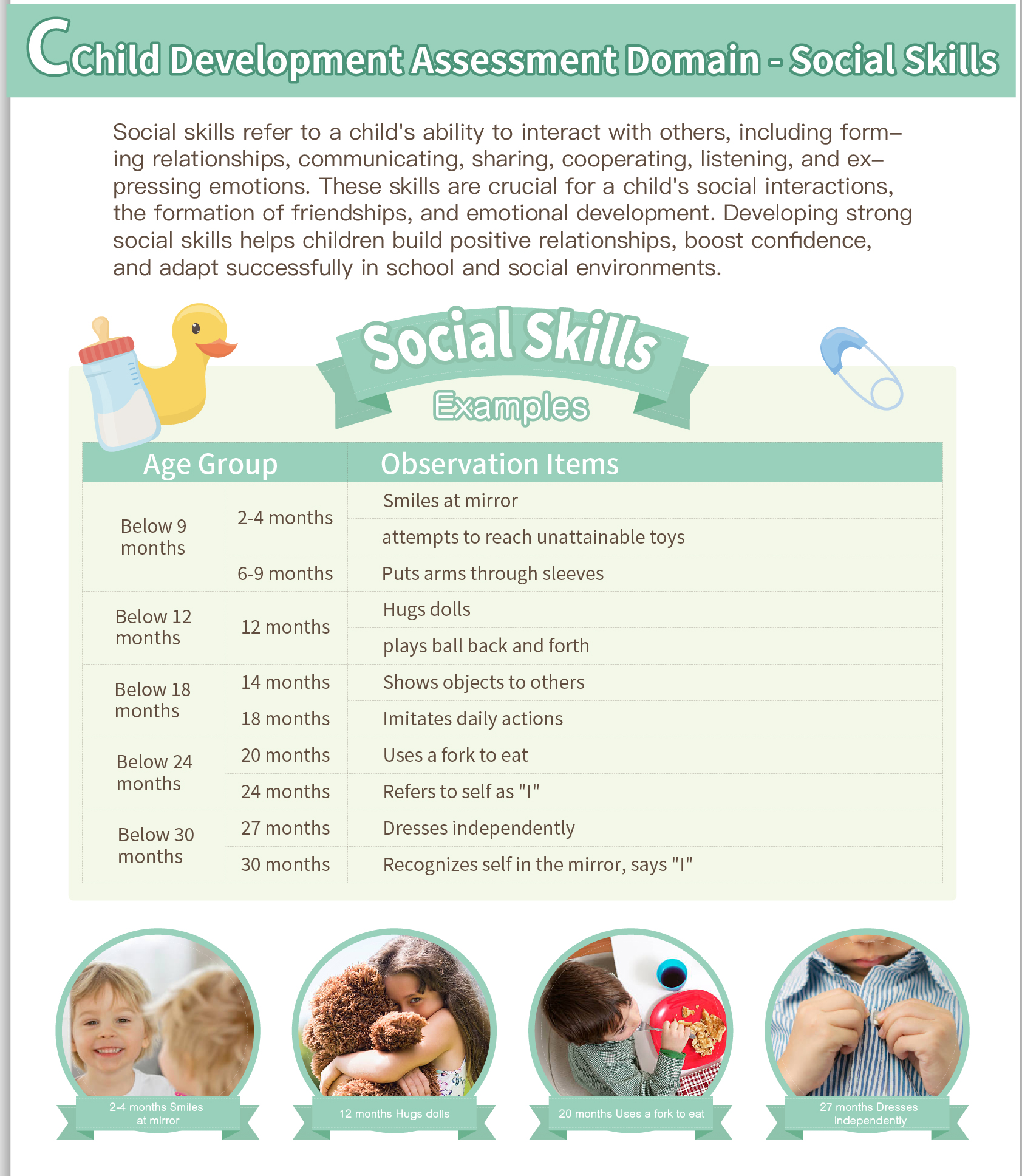

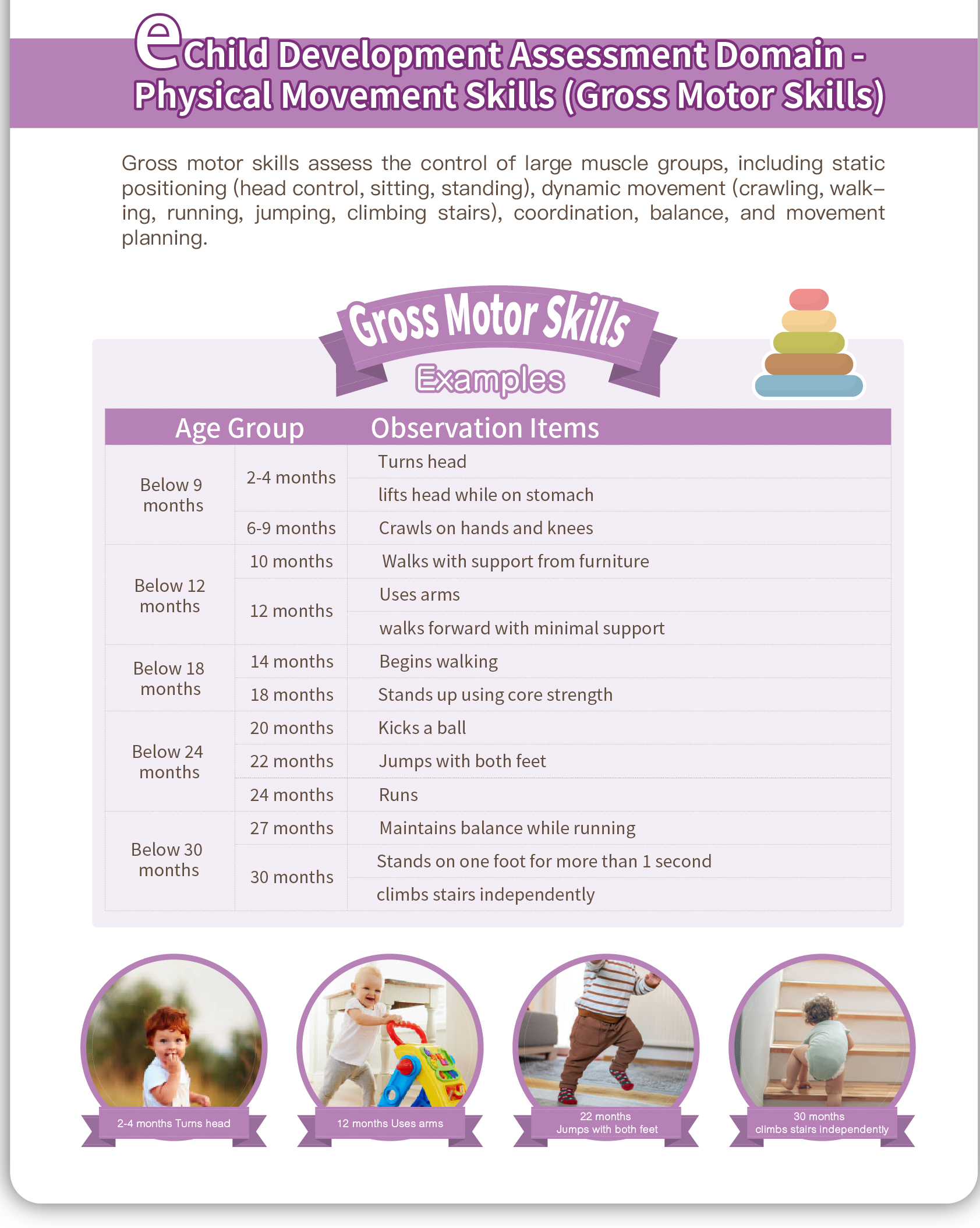
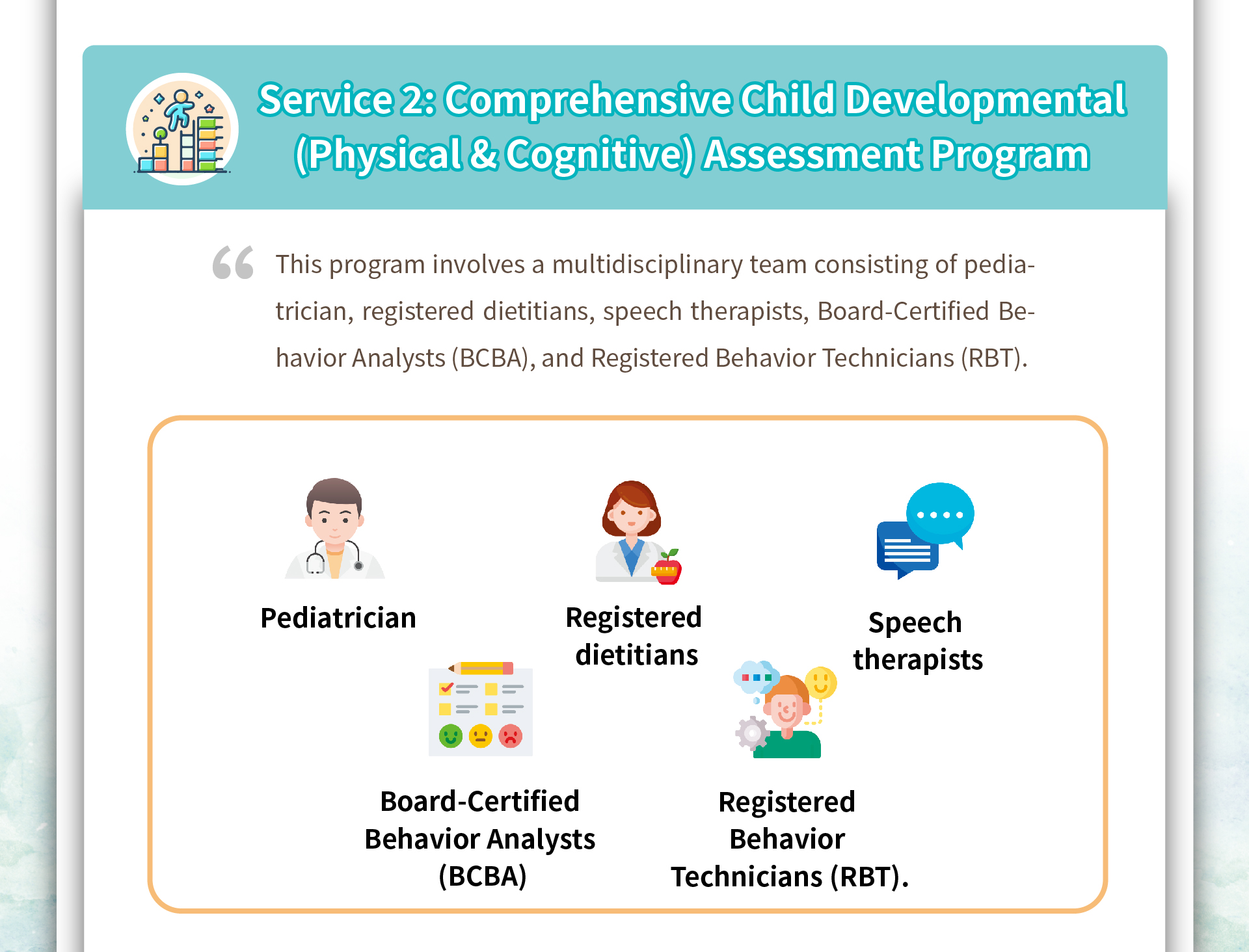
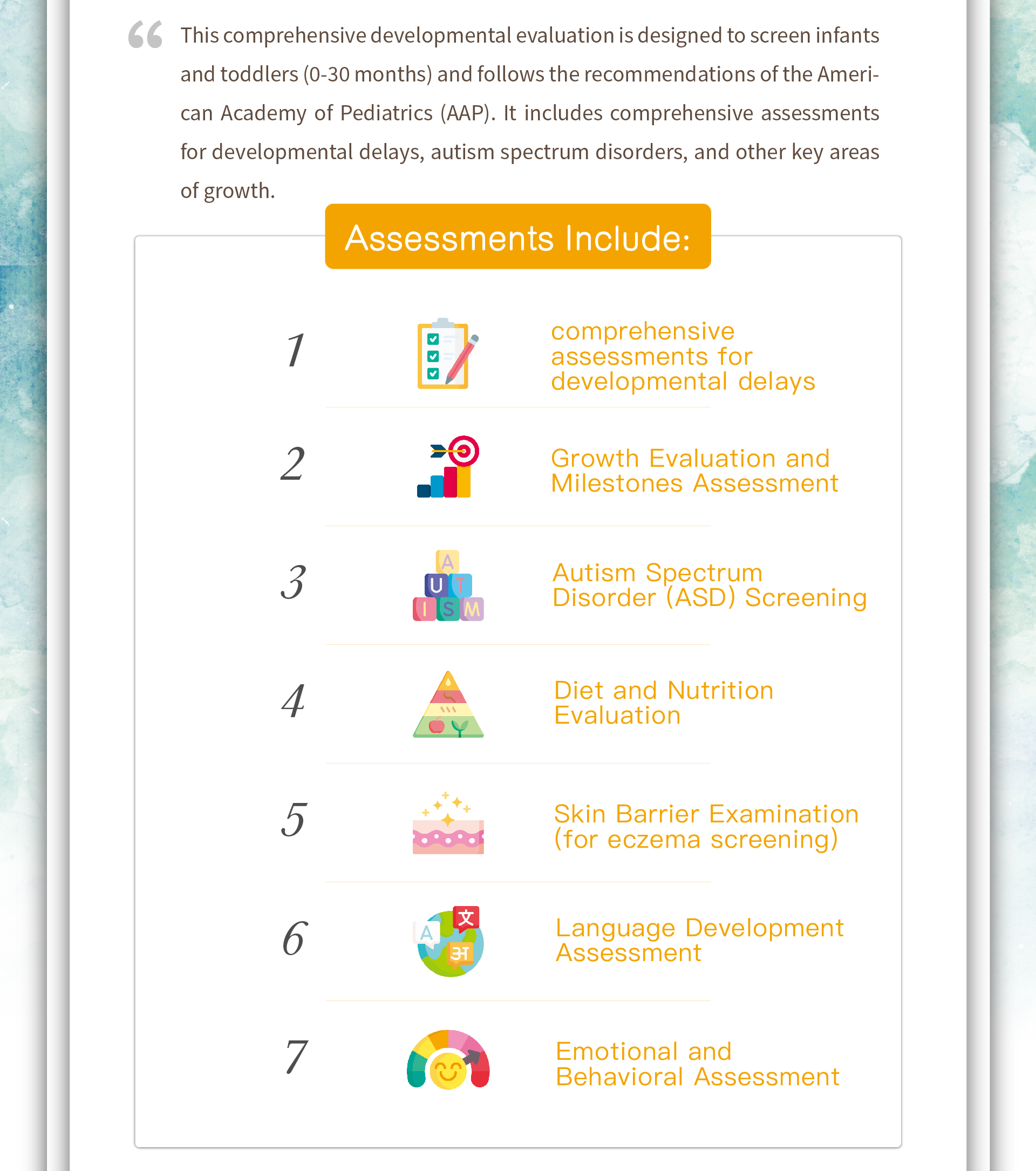
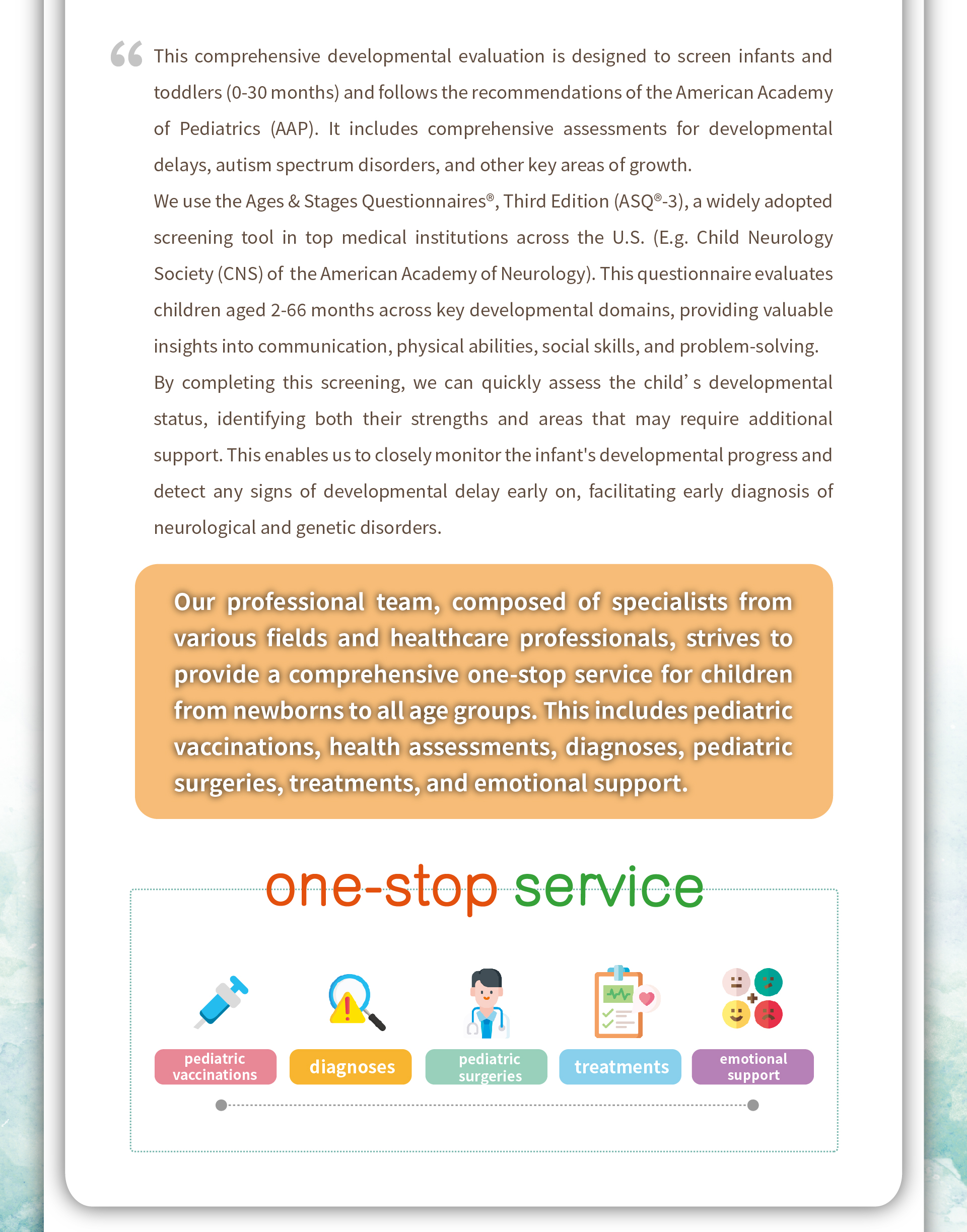
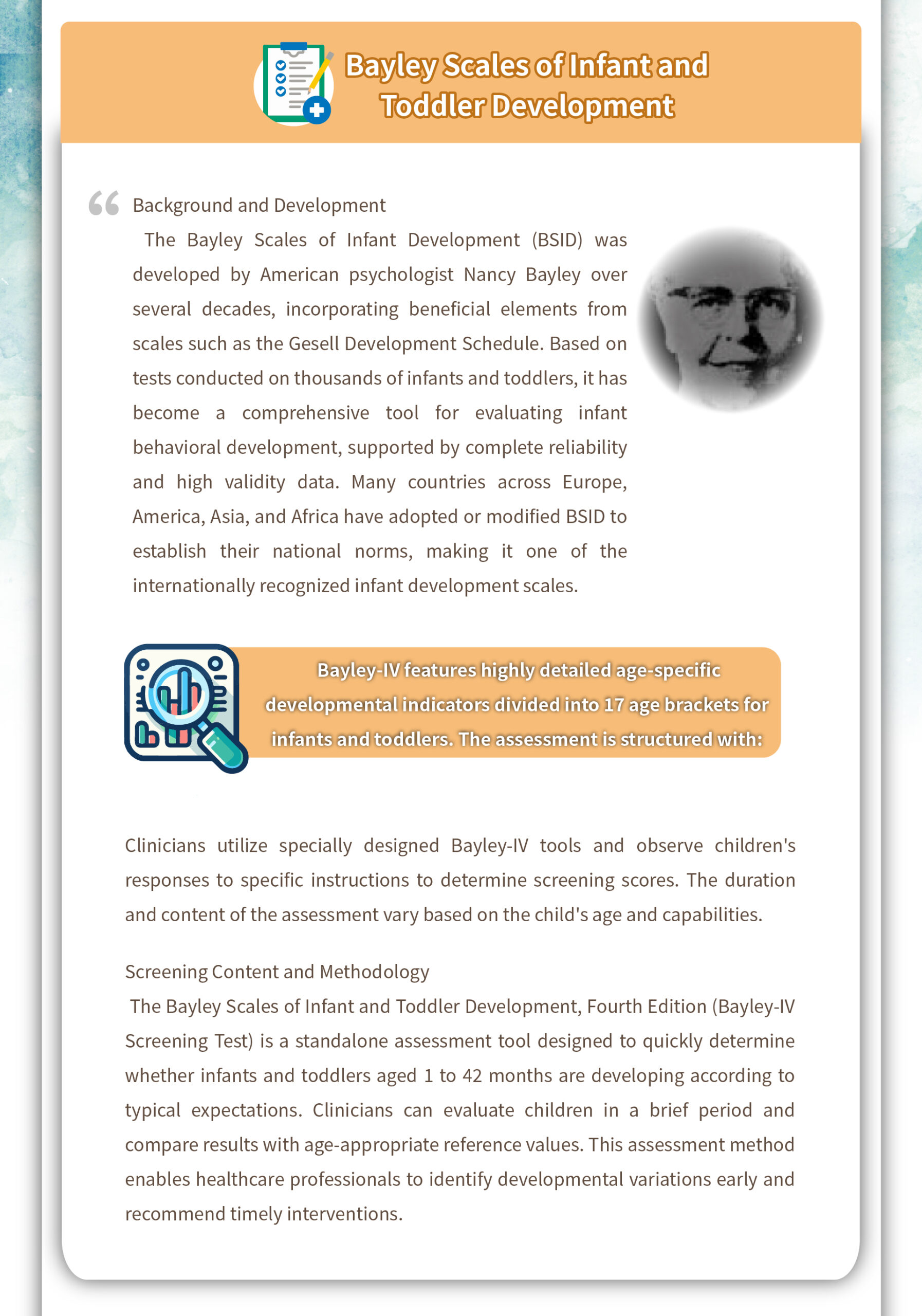
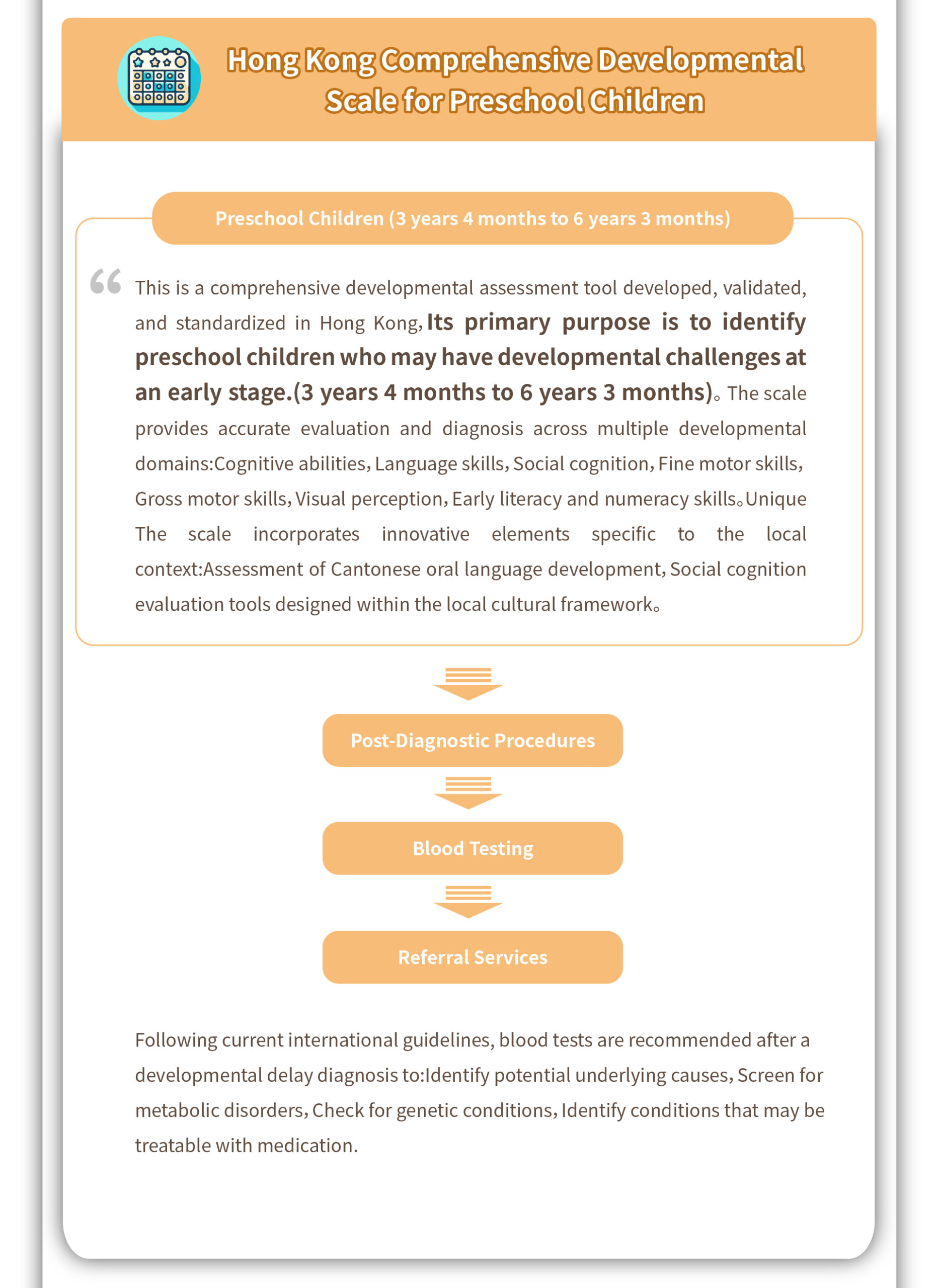

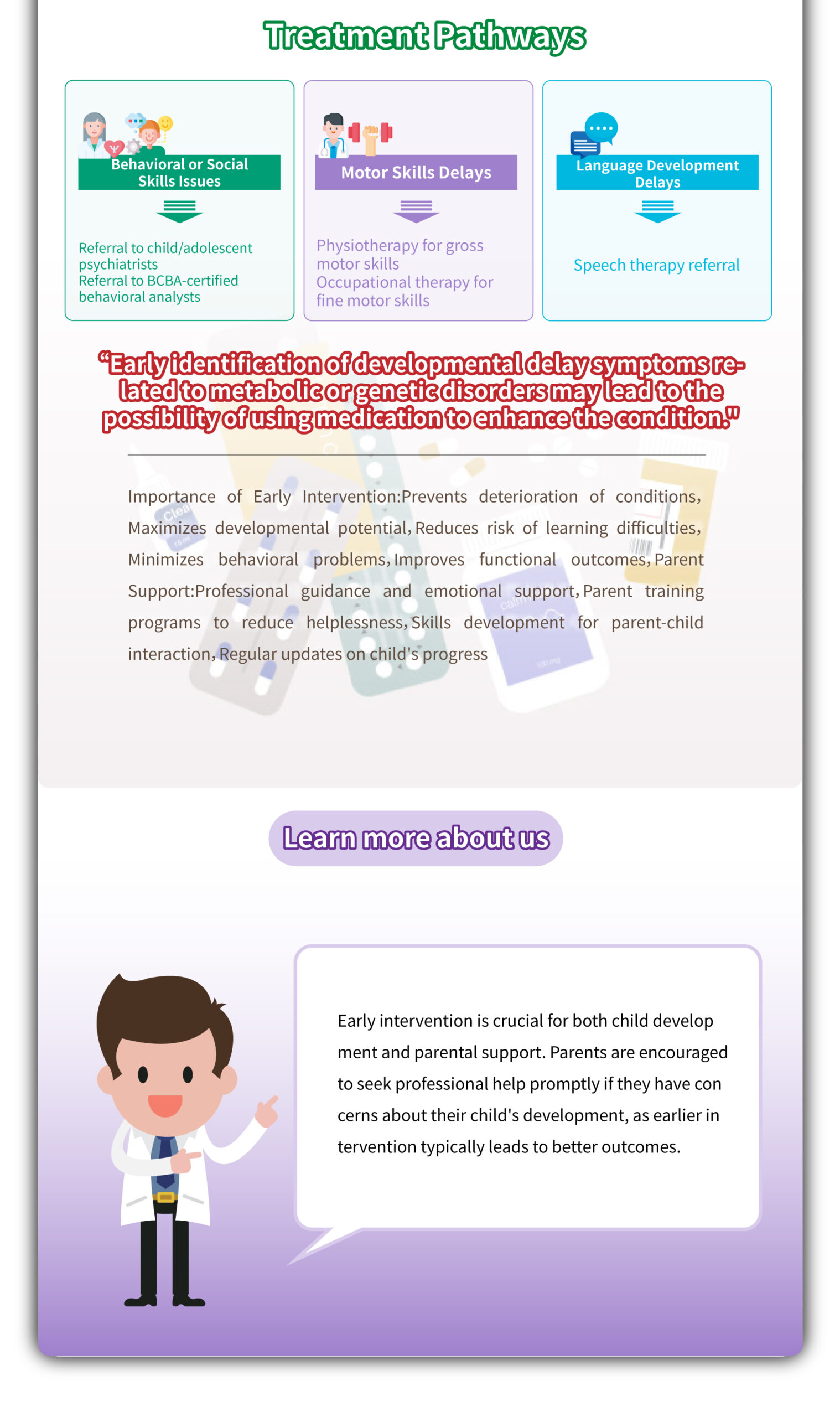

Causes of Developmental Delay
The causes of developmental delay are varied, and in most cases, they are idiopathic (of unknown origin). The delay can be attributed to both congenital and acquired factors, though many factors remain unclear.
Congenital (Inborn) Factors
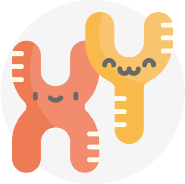
Chromosomal Abnormalities
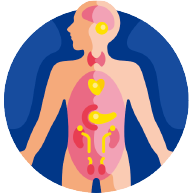
Endocrine or metabolic abnormalities

Neuromuscular disorders
Genetic Disorders or Syndromes There are over hundreds of syndromes linked to developmental delays, with common examples including:
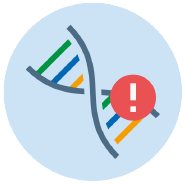
Down Syndrome

Fragile X Syndrome
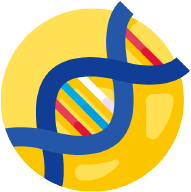
22q11.1 Deletion Syndrome
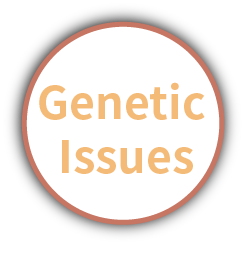
Approximately 1,000 genetic disorders are known, including chromosomal abnormalities, microdeletion/microduplication syndromes, and single-gene mutations. Many of these conditions may not be inherited within families and can arise from recessive inheritance or spontaneous genetic mutations. Despite this, developmental delays could also indicate a risk of syndromes or developmental disorders. Genetic variation plays a significant role in developmental disorders, with Fragile X Syndrome being the most common genetic cause, particularly associated with intellectual disability linked to the X chromosome.
Whole Genome Sequencing
In the cutting-edge fields of medicine and technology, managing developmental delay and autism spectrum disorders goes beyond traditional therapies such as physiotherapy, speech therapy, occupational therapy, applied behavior analysis, and sensory integration training. There is a growing emphasis on identifying the underlying causes of developmental delay and autism, such as neurological disorders, genetic mutations, and metabolic diseases. Leading academic journals like American Academy of Pediatrics, American Academy of Neurology, Genetics in Medicine, American Journal of Medical Genetics, Paediatric and Child Health, and Canadian Paediatric Society all highlight the importance of genetic testing to identify these causes.


Many parents of children with developmental delay or autism feel overwhelmed and uncertain. Identifying the causative gene can help them better understand the prognosis of their child’s condition. They can refer to medical literature and learn from others with similar genetic variations, gaining insight into potential future symptoms and preventive measures.
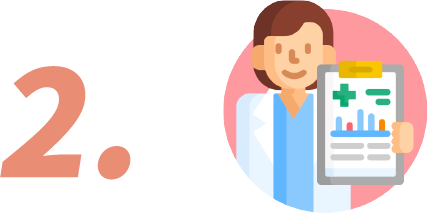
The goal of genetic testing is to offer more targeted and potentially curative treatments. For example, phenylketonuria (PKU) is caused by a mutation in the PAH gene, leading to an inability to metabolize phenylalanine, which results in the accumulation of toxic substances that damage brain cells and cause developmental delays. If we identify the cause early, interventions through medication and dietary management can significantly reduce the accumulation of toxins, allowing the child to regain normal developmental milestones.
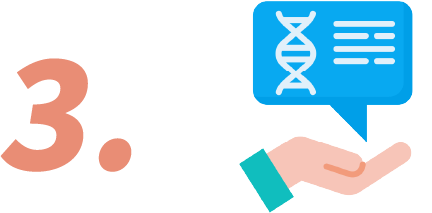
If a genetic mutation is identified in a patient, doctors can understand the inheritance pattern, allowing them to predict which family members may carry the same genetic mutation or be potential carriers. This information is crucial for parents considering future pregnancies, as prenatal testing methods or assisted reproduction with genetic screening can help prevent the birth of a child with the same condition.
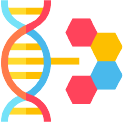
This test identifies abnormal deletions and duplications of genetic segments in the human genome.

Fragile X syndrome is one of the most common genetic disorders associated with developmental delay and autism spectrum disorders.

The exome refers to the specific parts of genes (exons) that are primarily responsible for coding proteins. These exons make up about 1-2% of our entire genome. According to research, approximately 85% of genetic abnormalities are located in the exome regions.

This is the most advanced genetic sequencing technology available today. It decodes the entire genetic code, including
introns (non-coding regions) and exons (coding regions), to identify the cause of diseases.


The likelihood of identifying the cause of developmental delay or autism through the following tests is as follows:
Microarray: 10-15% Fragile X: 1-5% Whole Exome Sequencing: 20-30% Whole Genome Sequencing: Up to 40-50%

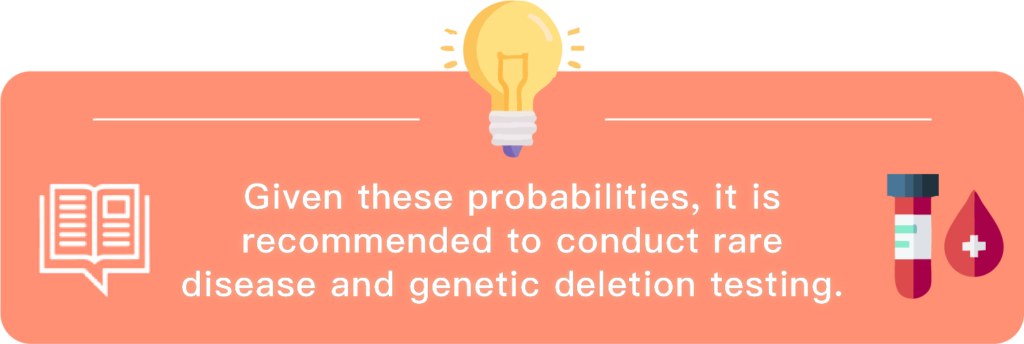
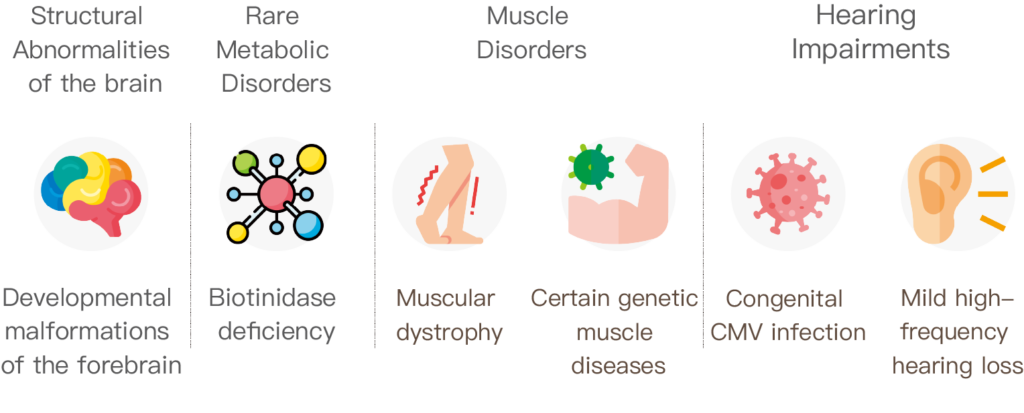
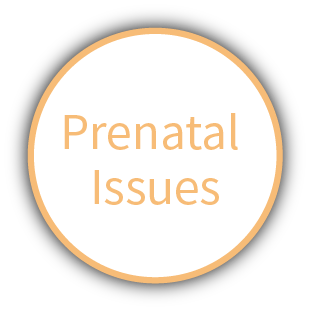
Maternal Infections: For example, rubella, cytomegalovirus (CMV), toxoplasmosis.
Maternal Prescription Medication: Including anticonvulsants and cytotoxic drugs.
Maternal Stress: Such as depression and anxiety.
Premature Birth.
Complications During Birth: Leading to oxygen deprivation in the baby.
Postnatal Factors
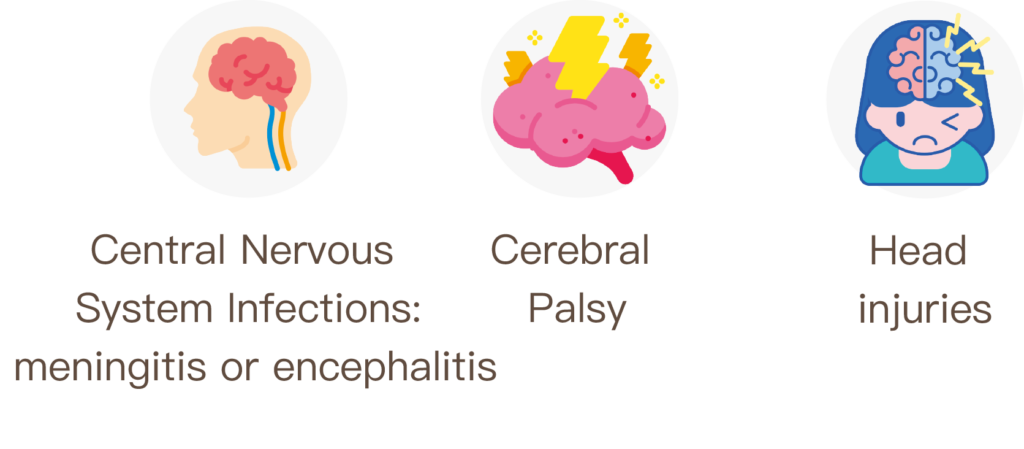
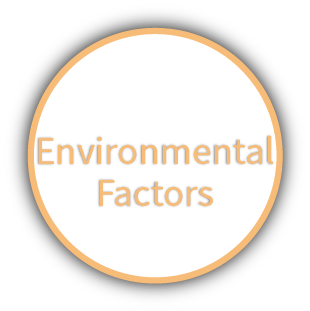
Environmental factors contributing to developmental delays and disorders include:
-Toxins: Lead, arsenic, mercury
-Infections: Neonatal meningitis,encephalitis
-Head injuries: Brain trauma
These can significantly affect children’s growth and cognitive development
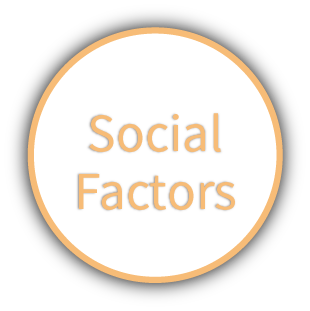
Malnutrition may arise from deficiencies in essential vitamins and minerals,
including folic acid, vitamin D, and calcium.
Furthermore, a lack of social and verbal stimulation can worsen developmental challenges.

Preventive Measures for Developmental Delay
Currently, there are no specific methods or screening tests to prevent developmental delay. However, it is crucial that mothers avoid exposure to toxins and attend all prenatal check-ups during pregnancy.
The best way to prevent long-term developmental delays is through early intervention. Studies have shown that providing early intervention services to infants and children under the age of 3 can significantly reduce and prevent the long-term impacts of developmental delays. Parents can arrange for early assessments to understand their child’s developmental status and schedule appropriate training and educational services.

Importance of Early Assessment and Intervention

Early intervention is considered the key to minimizing the
long-term impact of developmental delays (American Academy of Pediatrics, 2001). Early assessment and intervention can most effectively reduce ongoing functional impairments in children and help avoid missing critical windows for acquiring essential skills.
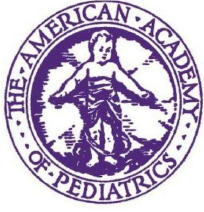




Screening Tools Used by the LuxmedMedical Team
In line with medical ethics, to prevent missed diagnoses, overdiagnosis, or misdiagnosis, physicians must carefully select appropriate diagnostic tools. We understand that mistakes in diagnosis can have significant consequences, so we have set high standards for our medical team when selecting screening tools, following five key criteria:

High Standard
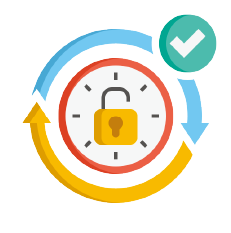
High Sensitivity

High Specificity

Validation

Accreditation
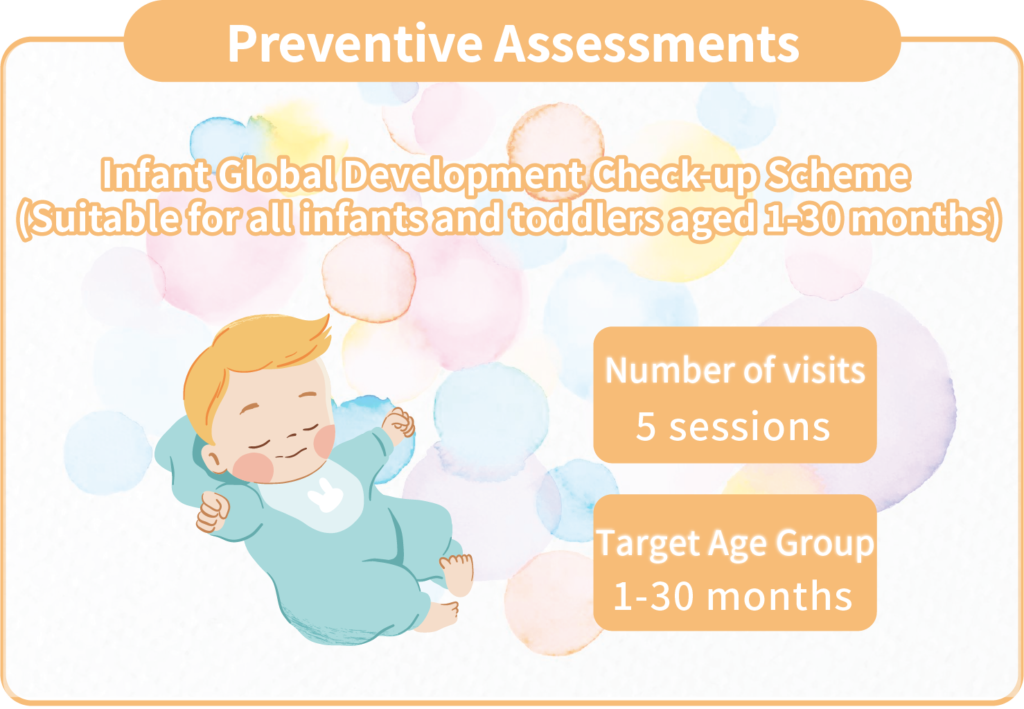
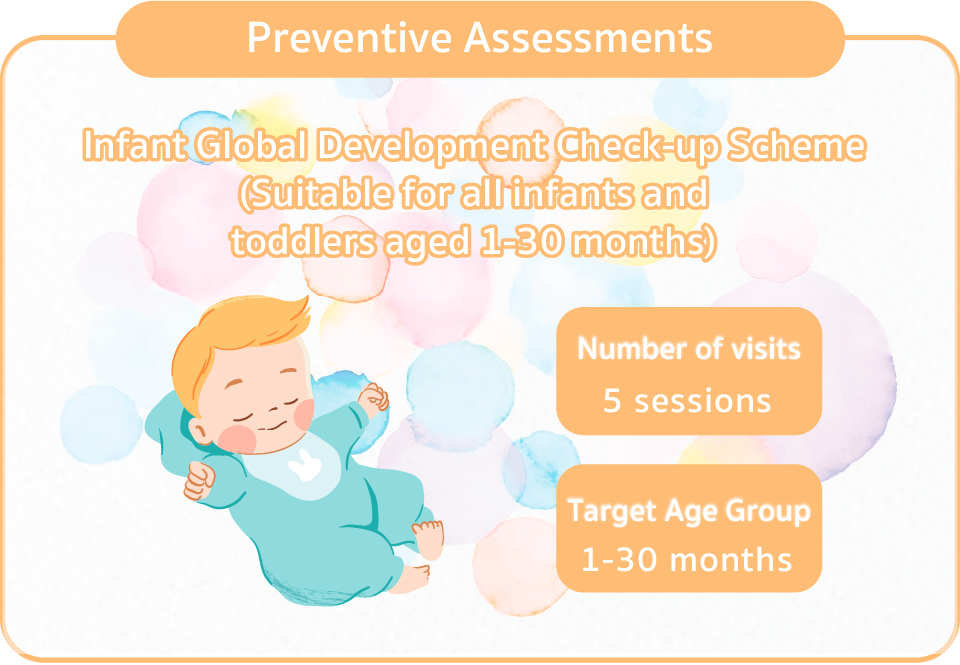
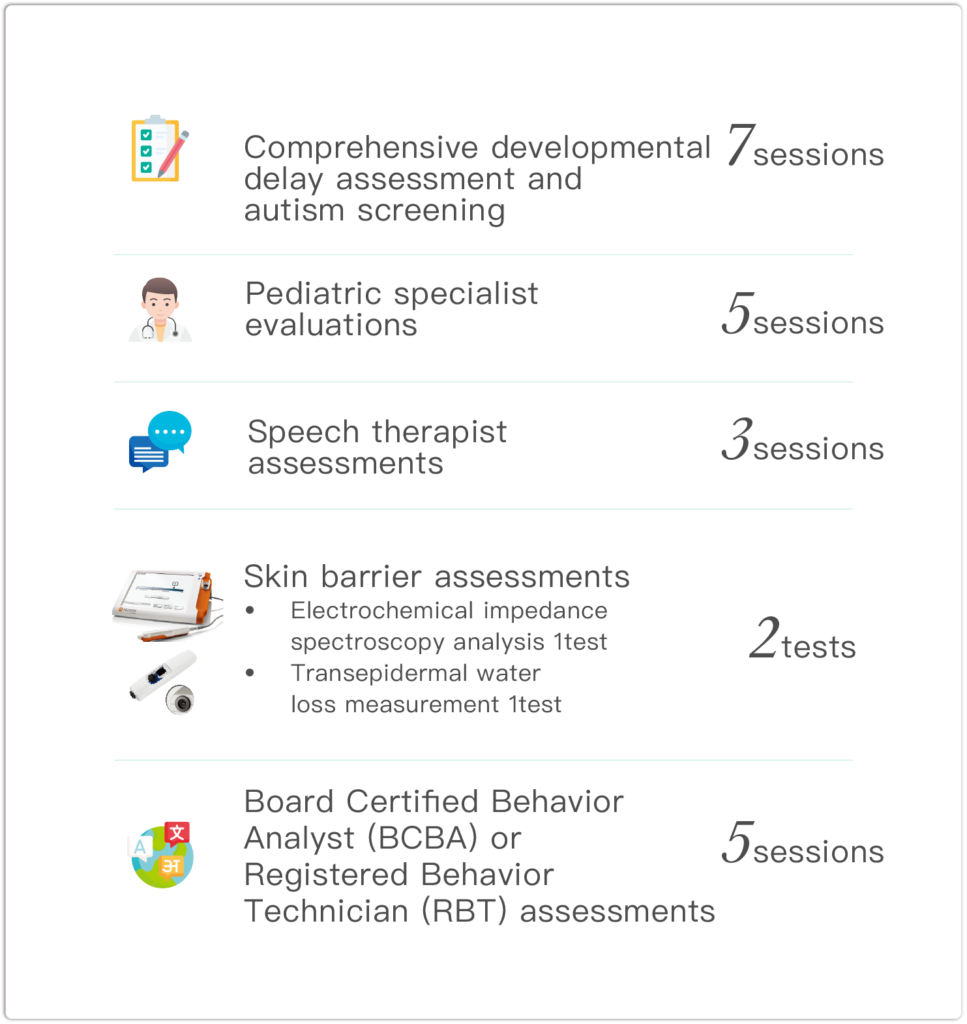


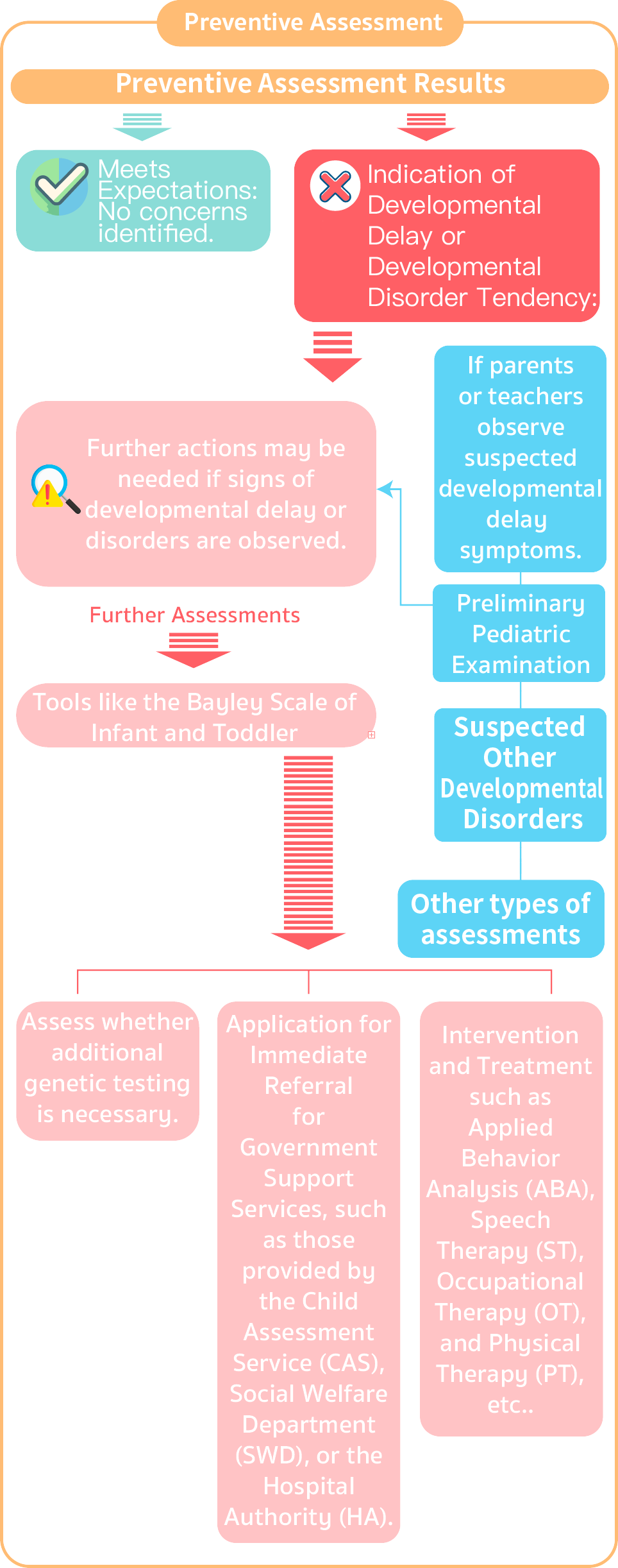




Comprehensive Developmental Delay Evaluations: Examples
We conduct different observations selectively based on the children’s situations
Below are some common examples of our developmental assessments, we will choose the most appropriate assessment method based on the children’s behaviors and reactions. (*Note: Not every step is mandatory)
Child Development Assessment Domain – Communication Skills
Communication skills include pre-linguistic communication, such as babbling and body language, vocabulary development (e.g., naming objects and patterns), and the use of complete sentences, such as two-word phrases, plurals, and verbs. By screening communication abilities, we can understand how the child uses vocal intonations, gestures, and vocabulary during interaction.

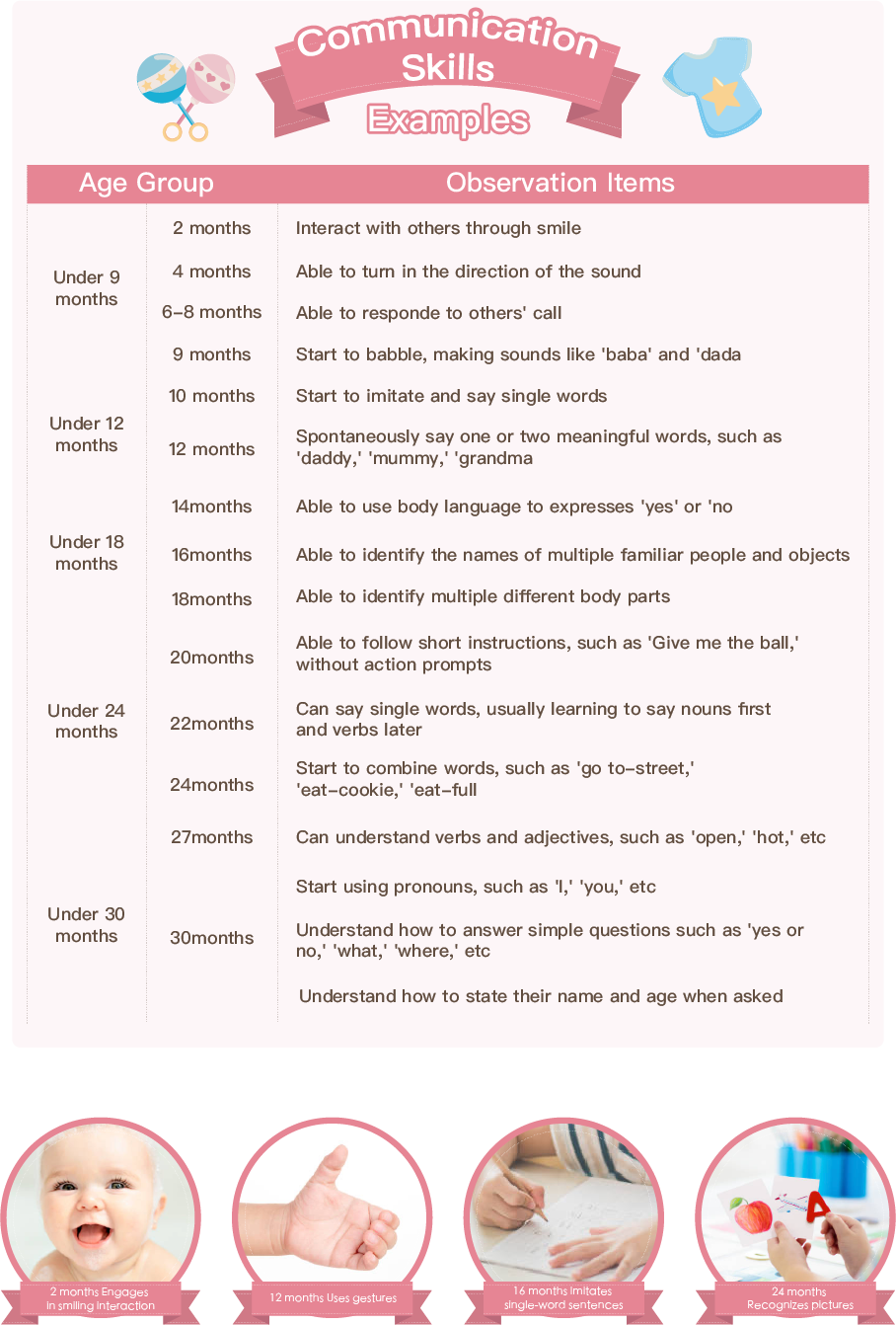
Child Development Assessment Domain – Problem-Solving (Cognitive Skills)
Problem-solving skills are assessed through activities like color matching, visual exploration, and object pairing. These evaluations test the child’s thinking, response, and learning abilities regarding the surrounding world. Key dimensions include sensory perception, exploration, object relationships, concept formation, memory, habits, vision, visual coordination, and object permanence.
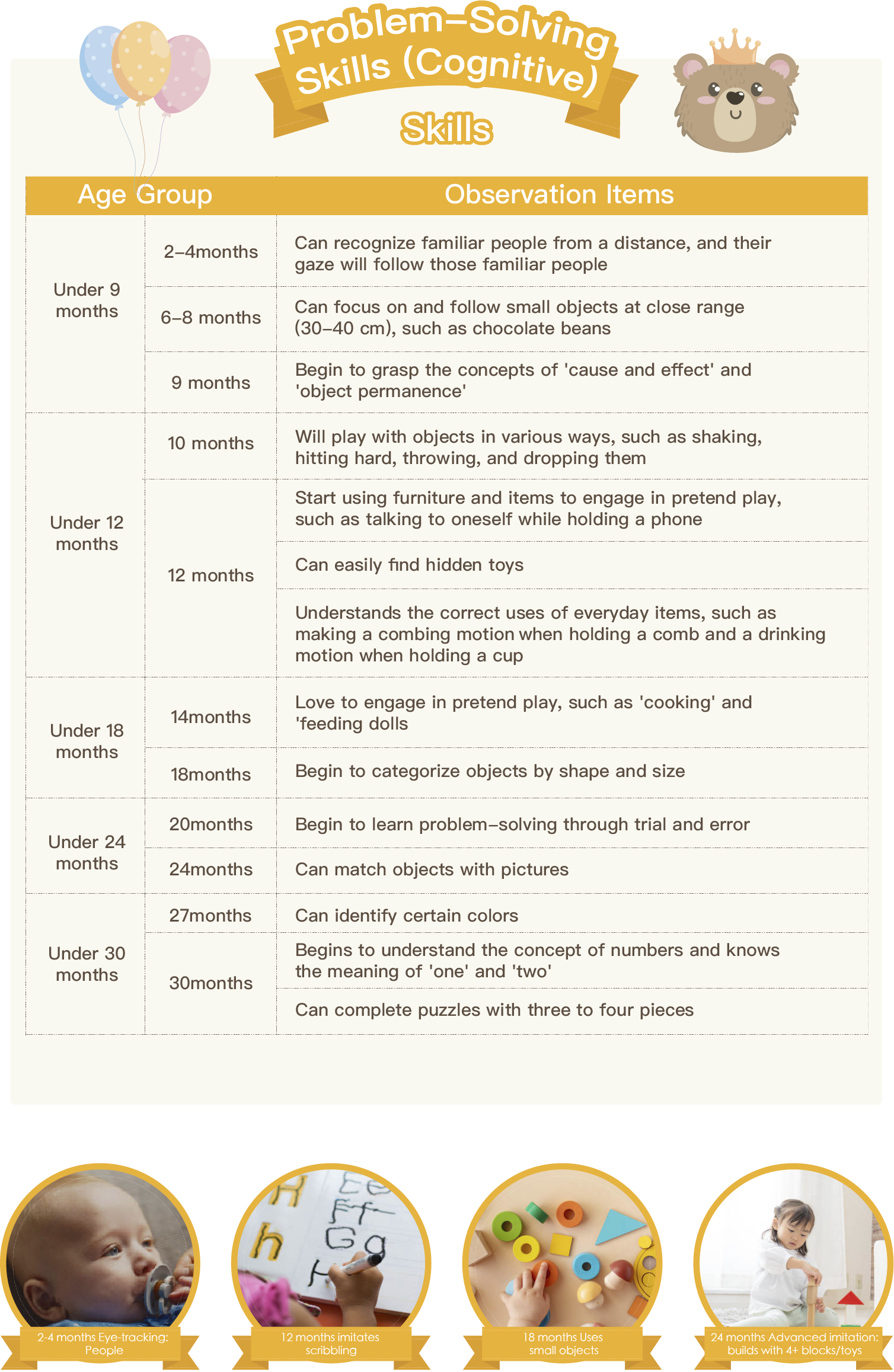
Child Development Assessment Domain – Social Skills
Social skills refer to a child’s ability to interact with others, including forming relationships, communicating, sharing, cooperating, listening, and expressing emotions. These skills are crucial for a child’s social interactions, the formation of friendships, and emotional development. Developing strong social skills helps children build positive relationships, boost confidence, and adapt successfully in school and social environments.
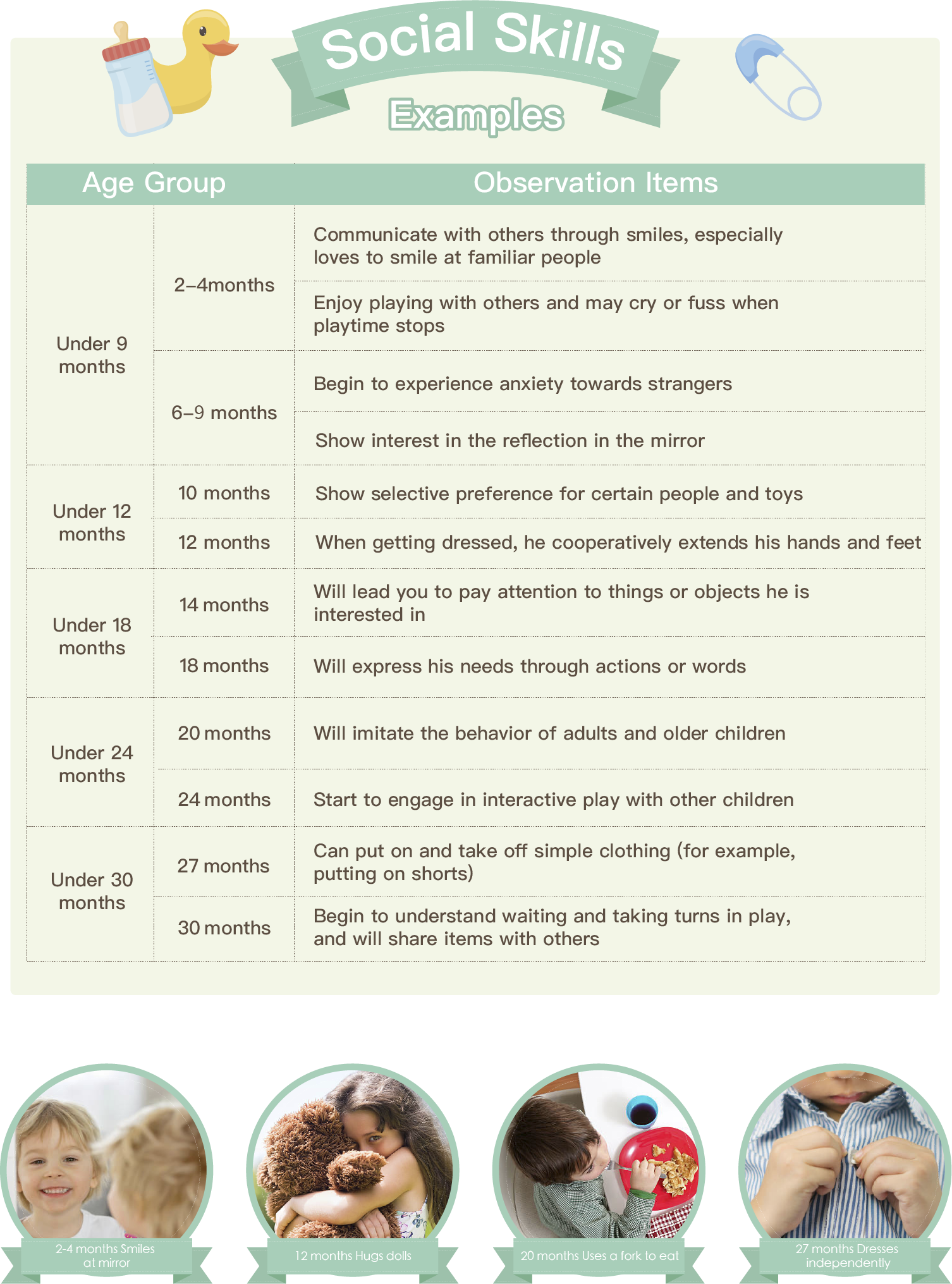
Child Development Assessment Domain – Physical Movement Skills (Fine Motor Skills)
Fine motor skills primarily measure a child’s ability to control small muscle groups, including visual tracking, hand-eye coordination, object manipulation, and related skills.
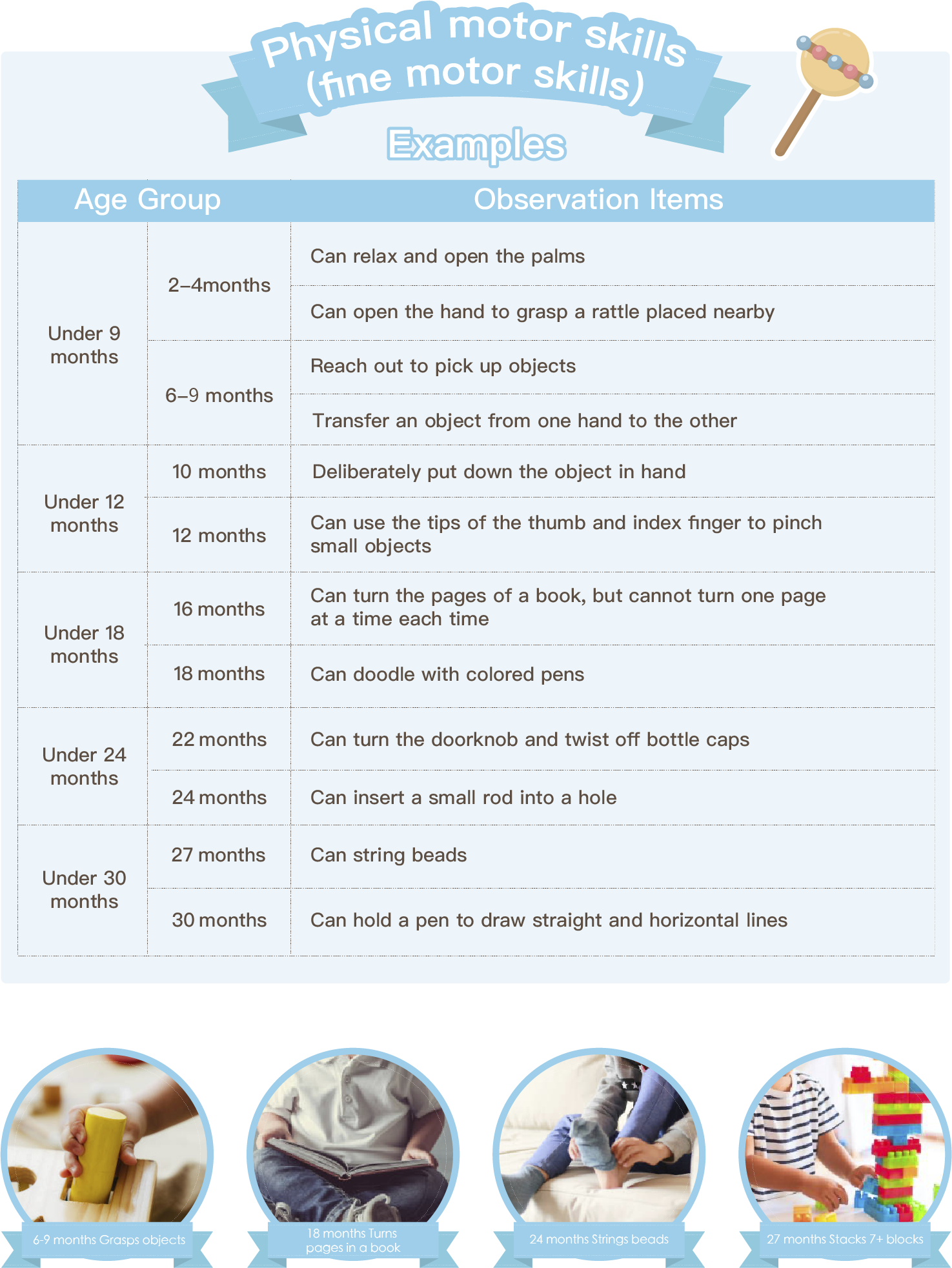
Child Development Assessment Domain – Physical Movement Skills (Gross Motor Skills)
Gross motor skills assess the control of large muscle groups, including static positioning (head control, sitting, standing), dynamic movement (crawling, walking, running, jumping, climbing stairs), coordination, balance, and movement planning.
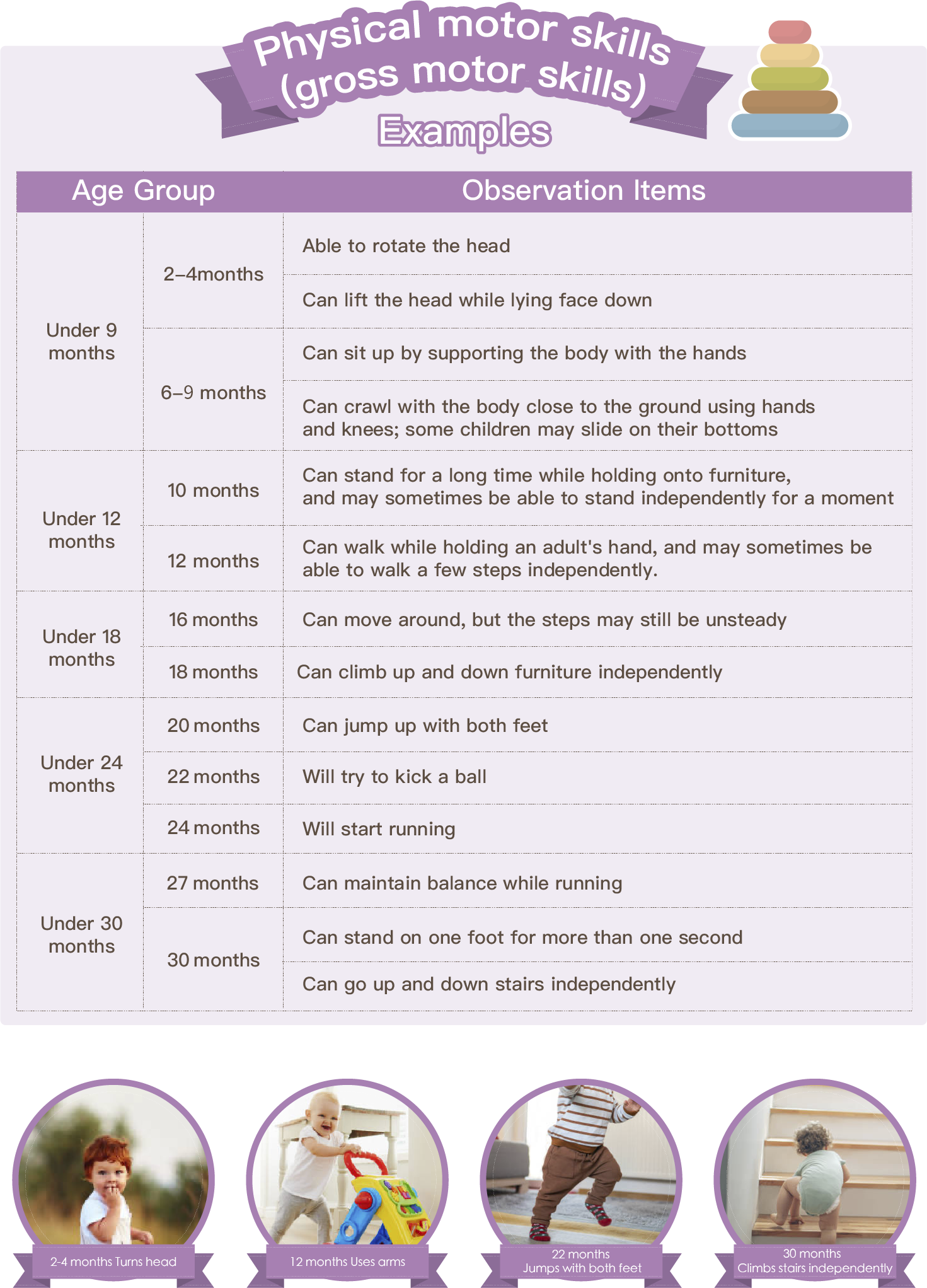

Service 2: Comprehensive Child Developmental (Physical & Cognitive) Assessment Program
This program involves a multidisciplinary team consisting of pediatrician, speech therapists, Board-Certified Behavior Analysts (BCBA), and Registered Behavior Technicians (RBT).
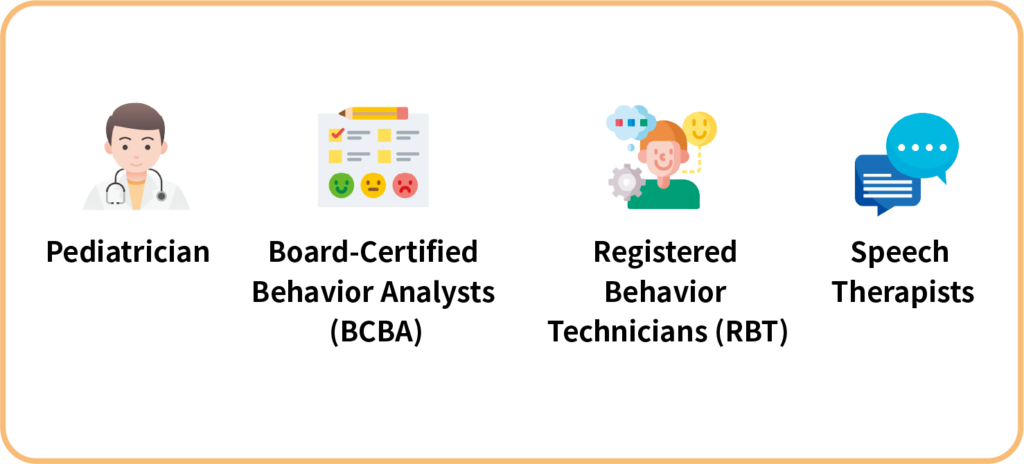
This comprehensive developmental evaluation is designed to screen infants and toddlers (0-30 months) and follows the recommendations of the American Academy of Pediatrics (AAP). It includes comprehensive assessments for developmental delays, autism spectrum disorders, and other key areas of growth.

Comprehensive assessments for developmental delays

Growth Evaluation and Milestones Assessment

Autism Spectrum Disorder (ASD) Screening

Skin Barrier Examination (for eczema screening)

Language Development Assessment

Emotional and Behavioral Assessment
This comprehensive developmental evaluation is designed to screen infants and toddlers (0-30 months) and follows the recommendations of the American Academy of Pediatrics (AAP). It includes comprehensive assessments for developmental delays, autism spectrum disorders, and other key areas of growth. We use the Ages & Stages Questionnaires®, Third Edition (ASQ®-3), a widely adopted screening tool in top medical institutions across the U.S. (E.g. Child Neurology Society (CNS) of the American Academy of Neurology). This questionnaire evaluates children aged 2-66 months across key developmental domains, providing valuable insights into communication, physical abilities, social skills, and problem-solving. By completing this screening, we can quickly assess the child’s developmental status, identifying both their strengths and areas that may require additional support. This enables us to closely monitor the infant‘s developmental progress and detect any signs of developmental delay early on, facilitating early diagnosis of neurological and genetic disorders.
Our professional team, composed of specialists from various fields and healthcare professionals, strives to provide a comprehensive one-stop service for children from newborns to all age groups. This includes pediatric vaccinations, health assessments, diagnoses, pediatric surgeries, treatments, and emotional support.

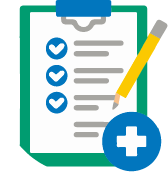
Service 3: Bayley Scales of Infant and Toddler Development
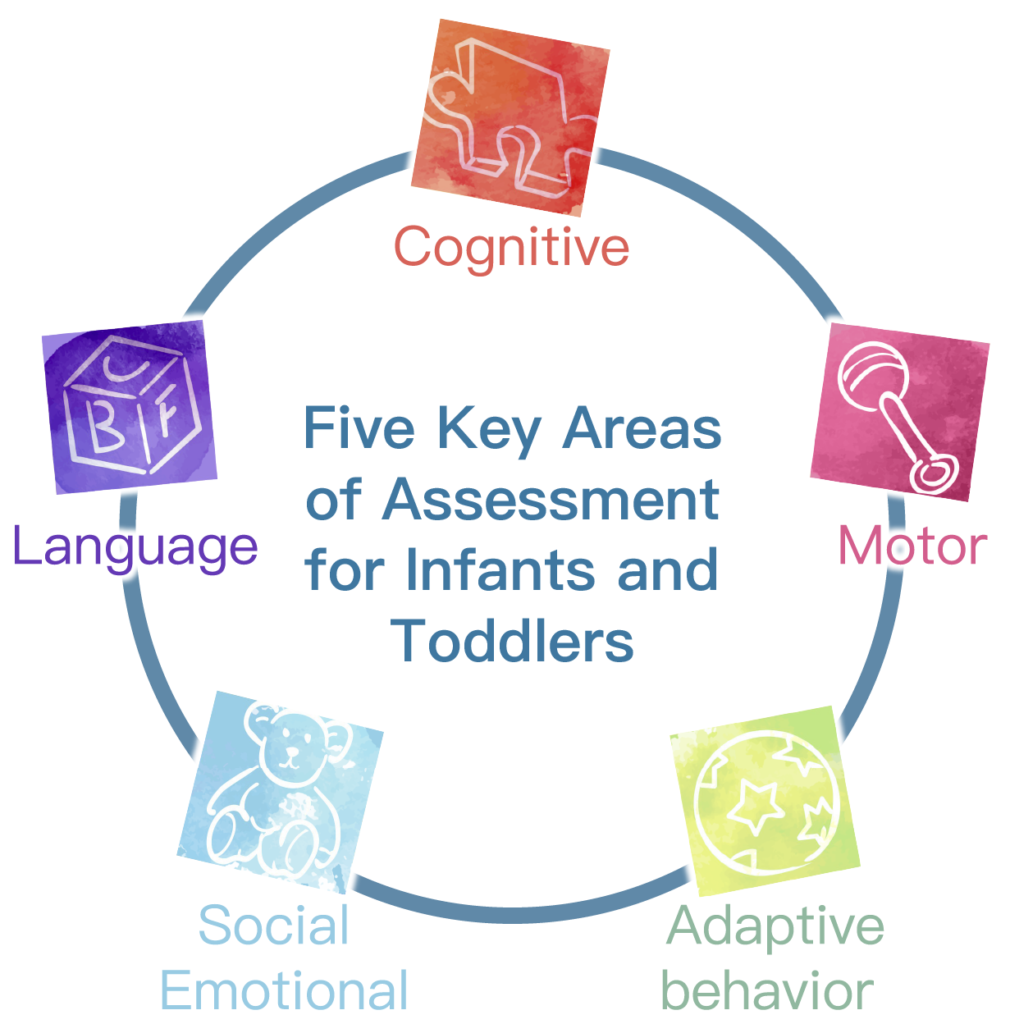

The Bayley Scales of Infant and Toddler Development, Fourth Edition (Bayley-IV Screening Test) is a standalone assessment tool designed to quickly determine whether infants and toddlers aged 1 to 42 months are developing according to typical expectations. Clinicians can evaluate children in a brief period and compare results with age-appropriate reference values. This assessment method enables healthcare profesioonals to identify developmental variations early and recommend timely interventions.

The assessment includes 33 items that evaluate:
-Attention
-Curiosity and Preference
-Problem-Solving Skills
-Exploration and Manipulation
-Object Relations and Conceptual Understanding

The assessment includes 24 items that evaluate:
-Auditory Sensitivity (i.e., resonses to sounds and sound localization)
-Vocabulary Understanding (i.e., recognition of indicated sounds and patterns)
-Understanding of Syntax and Semantics (i.e., pronouns and verbs)
The assessment includes 24 items that evaluate:
-Auditory Sensitivity (i.e., resonses to sounds and sound localization)
-Vocabulary Understanding (i.e., recognition of indicated sounds and patterns)
-Understanding of Syntax and Semantics (i.e., pronouns and verbs)

The assessment includes 27 items that evaluate:
-Visual Tracking
-Hand-Eye Coordination
-Object Manipulation
-Grasping
The assessment includes 28 items that evaluate:
-Static Positioning (e.g., sitting, standing )
-Dynamic Movements (e.g., walking,
stair climbing)
-Coordination
-Balance
-Motor Planning
Background and Development
The Bayley Scales of Infant Development (BSID) was developed by American psychologist Nancy Bayley over several decades, incorporating beneficial elements from scales such as the Gesell Development Schedule. Based on tests conducted on thousands of infants and toddlers, it has become a comprehensive tool for evaluating infant behavioral development, supported by complete reliability and high validity data. Many countries across Europe, America, Asia, and Africa have adopted or modified BSID to establish their national norms, making it one of the internationally recognized infant development scales.
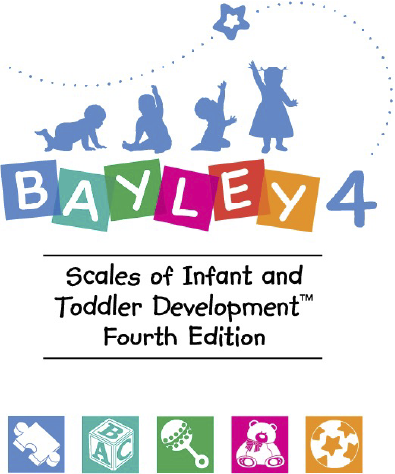

Clinicians utilize specially designed Bayley-IV tools and observe children’s responses to specific instructions to determine screening scores. The duration and content of the assessment vary based on the child’s age and capabilities.
Screening Content and Methodology
The Bayley Scales of Infant and Toddler Development, Fourth Edition (Bayley-IV Screening Test) is a standalone assessment tool designed to quickly determine whether infants and toddlers aged 1 to 42 months are developing according to typical expectations. Clinicians can evaluate children in a brief period and compare results with age-appropriate reference values. This assessment method enables healthcare professionals to identify developmental variations early and recommend timely interventions.

Service 4: Hong Kong Comprehensive Developmental Scale for Preschool Children
This is a comprehensive developmental assessment tool developed, validated, and standardized in Hong Kong. Its primary purpose is to identify preschool children who may have developmental challenges at an early stage (3 years 4 months to 6 years 3 months). The scale provides accurate evaluation and diagnosis across multiple developmental domains: Cognitive abilities,Language skills,Social cognition,Fine motor skills,Gross motor skills,Visual perception,Early literacy and numeracy skills. Unique The scale incorporates innovative elements specific to the local context: Assessment of Cantonese oral language development,Social cognition evaluation tools designed within the local cultural framework.


Following current international guidelines, blood tests are recommended after a developmental delay diagnosis to: Identify potential underlying causes.

Service 5: IQ Testing

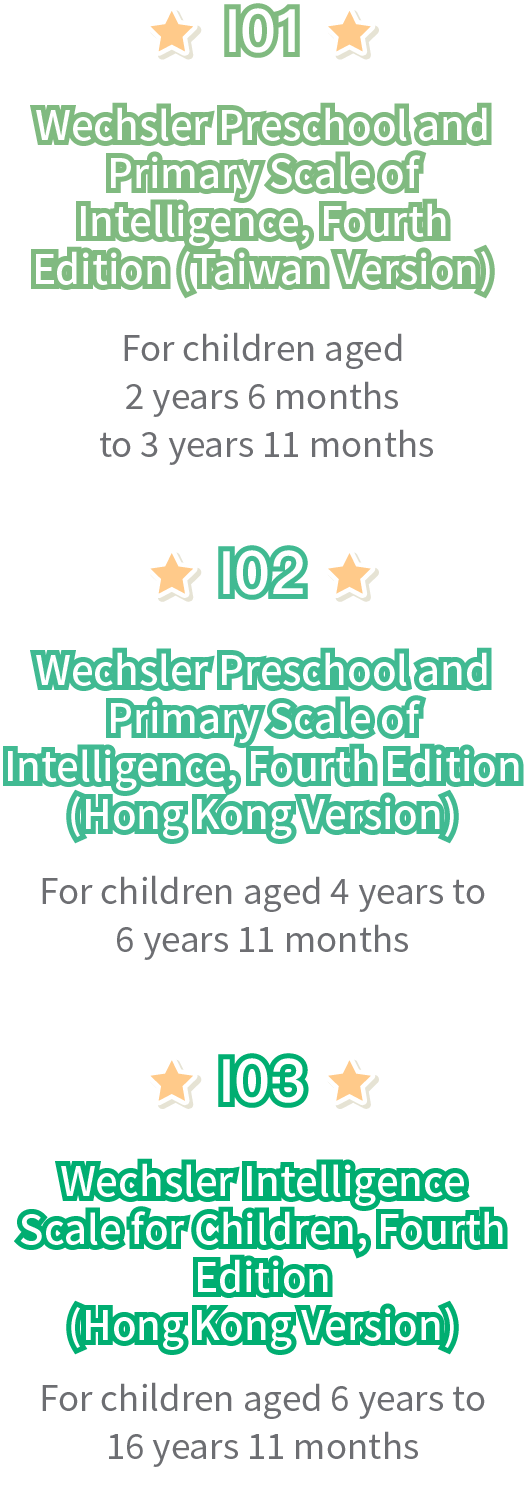
The test is conducted by a clinical psychologist, and a detailed written report will be provided.


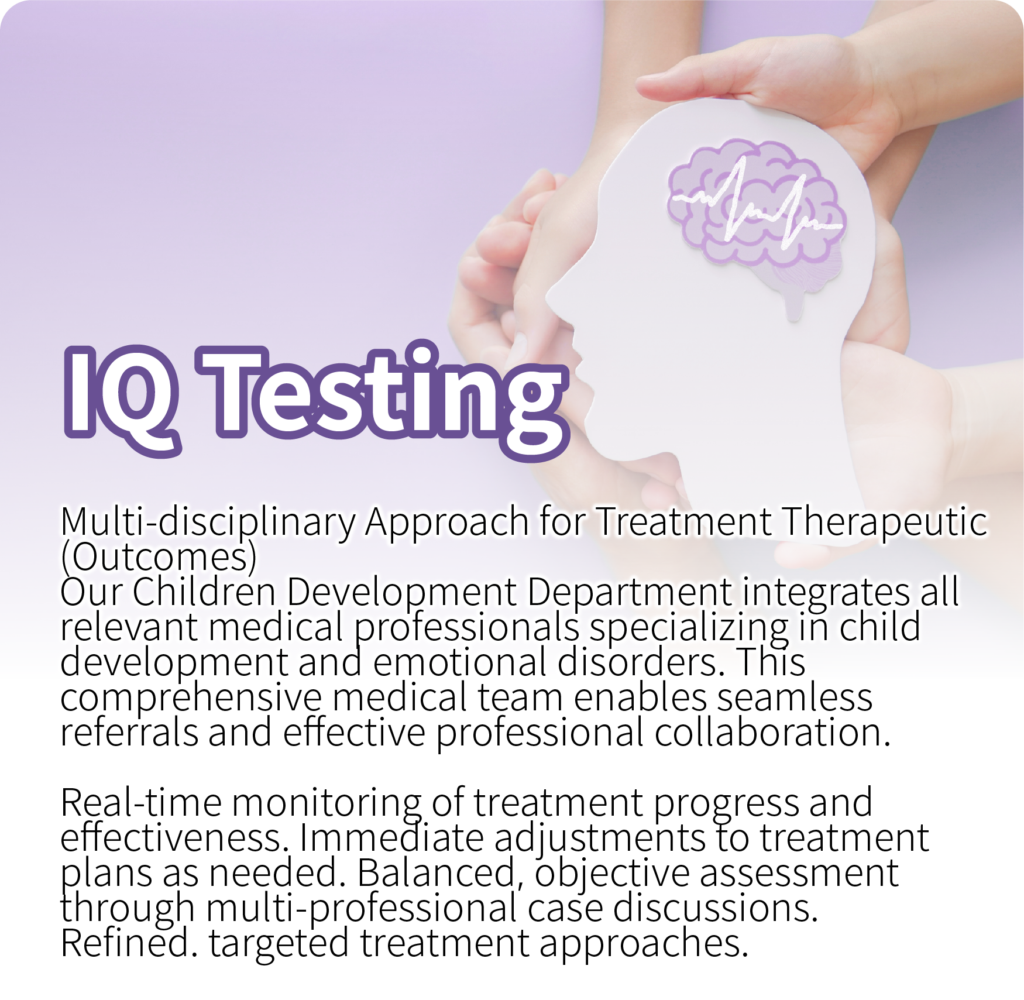

Support Services: Hong Kong Social Welfare Department and Education Bureau provide various rehabilitation services: Early Education and Training Centers (EETC) On-site Pre-school Rehabilitation Services (OPRS),Training Subsidy Programme (TSP),Integrated Program for Disabled Children in Child Care Centers (ICCC),Special Child Care Centers (SCCC)
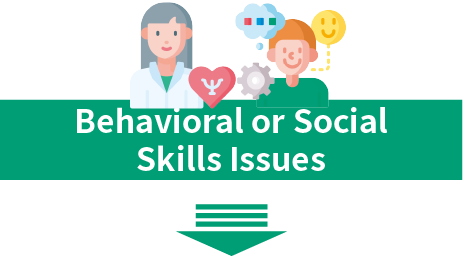
Referral to BCBA-certified behavioral analysts, Psychiatrist, Clinical psychologist, Conselling psychologist

Physiotherapy for gross motor skills, Occupational therapy for fine motor skills
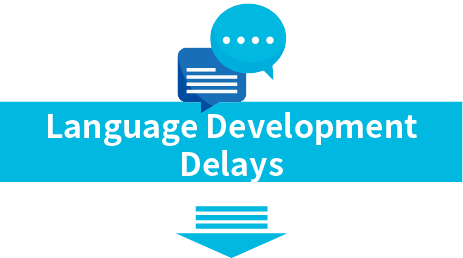
Speech therapy referral
“Early identification of developmental delay symptoms related to metabolic or genetic disorders may lead to the possibility of using medication to enhance the condition.”
Importance of Early Intervention: Prevents deterioration of conditions,
maximizes developmental potential, Reduces risk of learning difficulties,
minimizes behavioral problems, Improves functional outcomes.
Parent Support:
Professional guidance and emotional support
Parent training programs to reduce helplessness
Skills development for parent-child interaction
Regular updates on child’s progress

